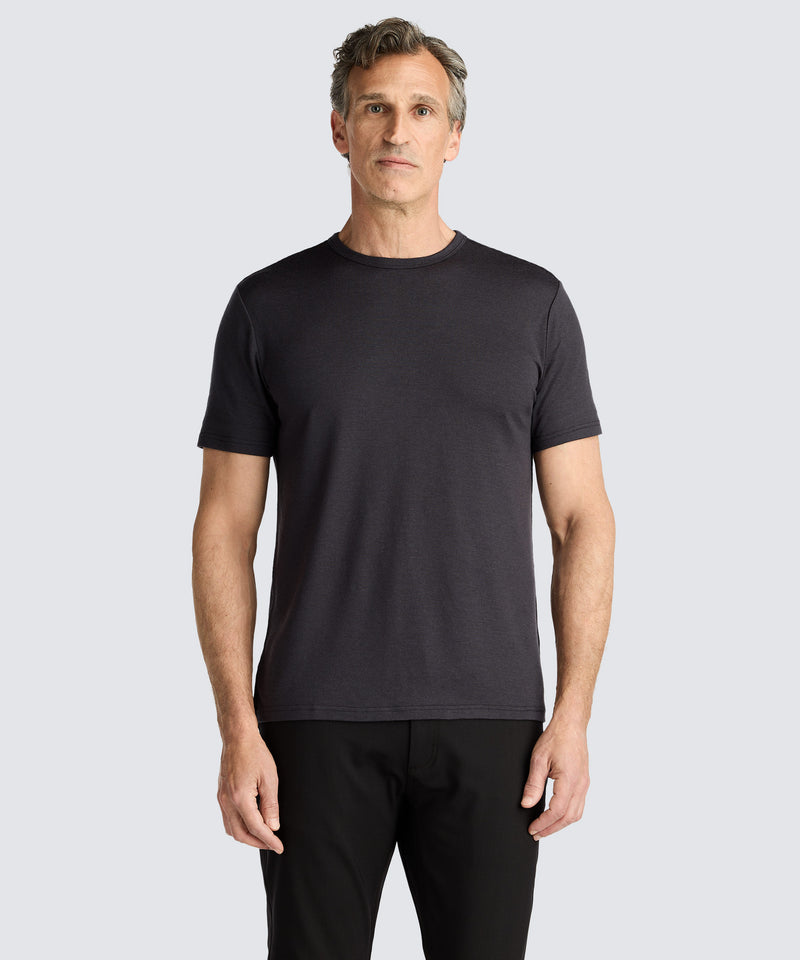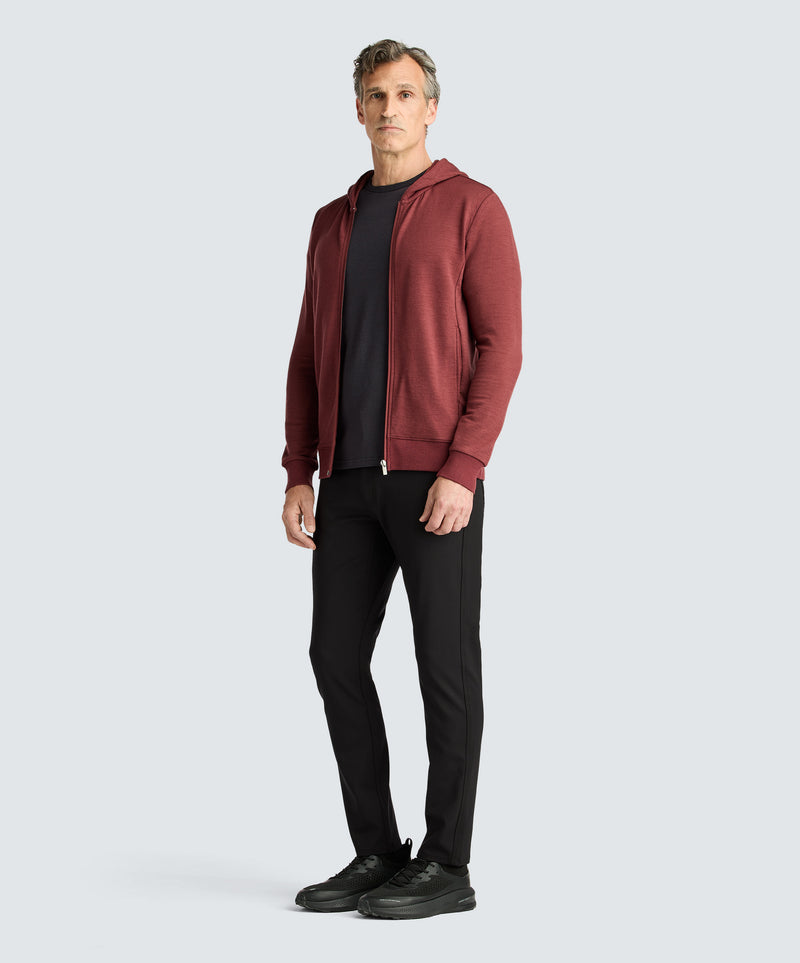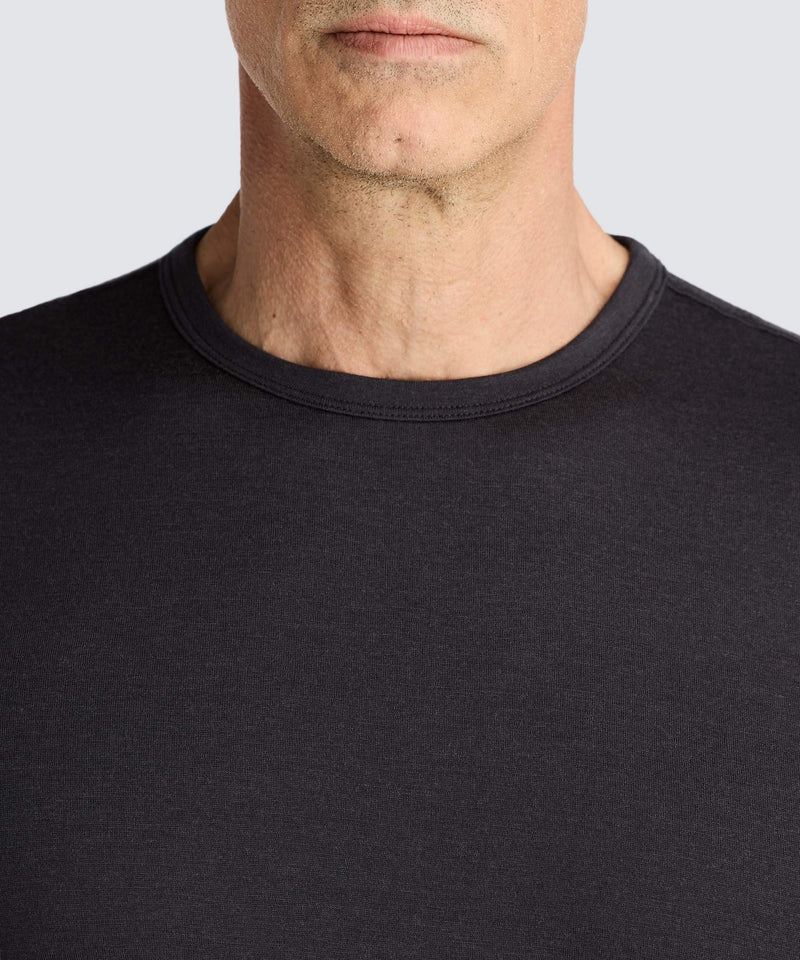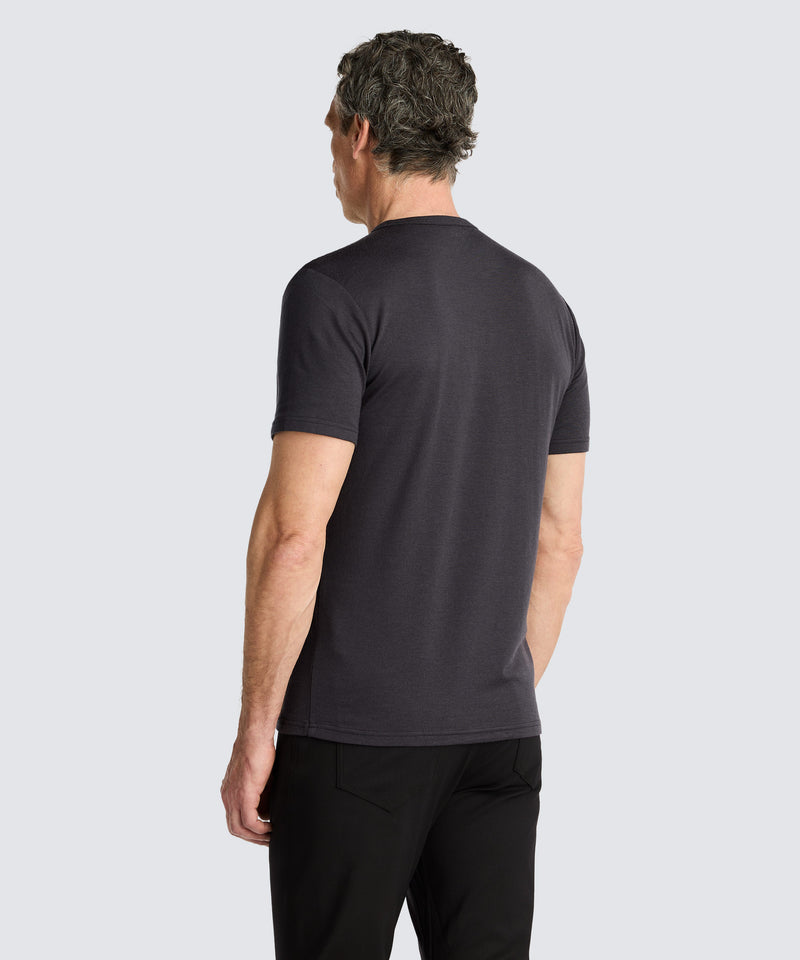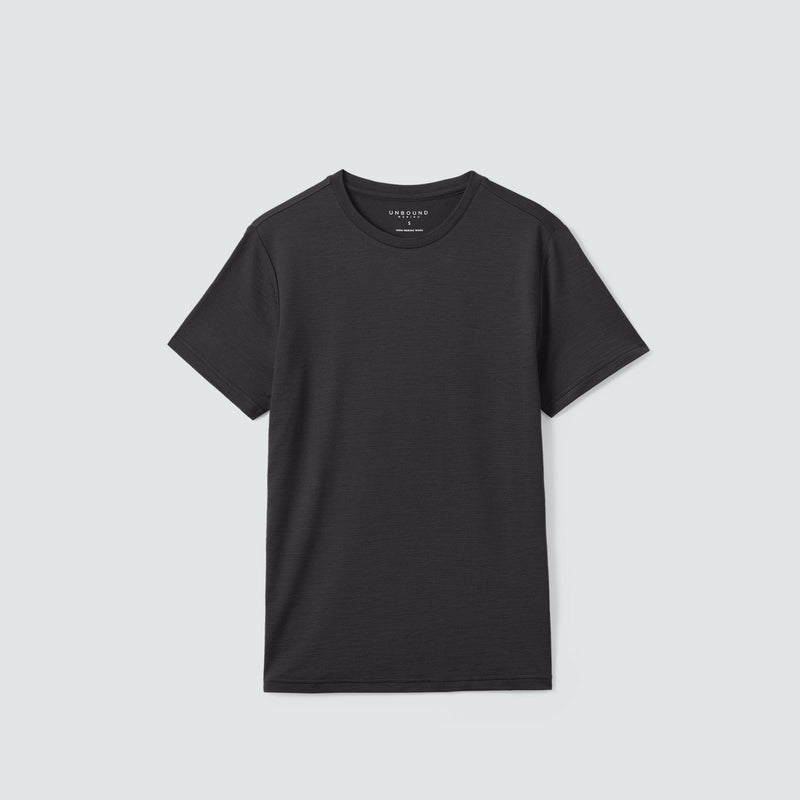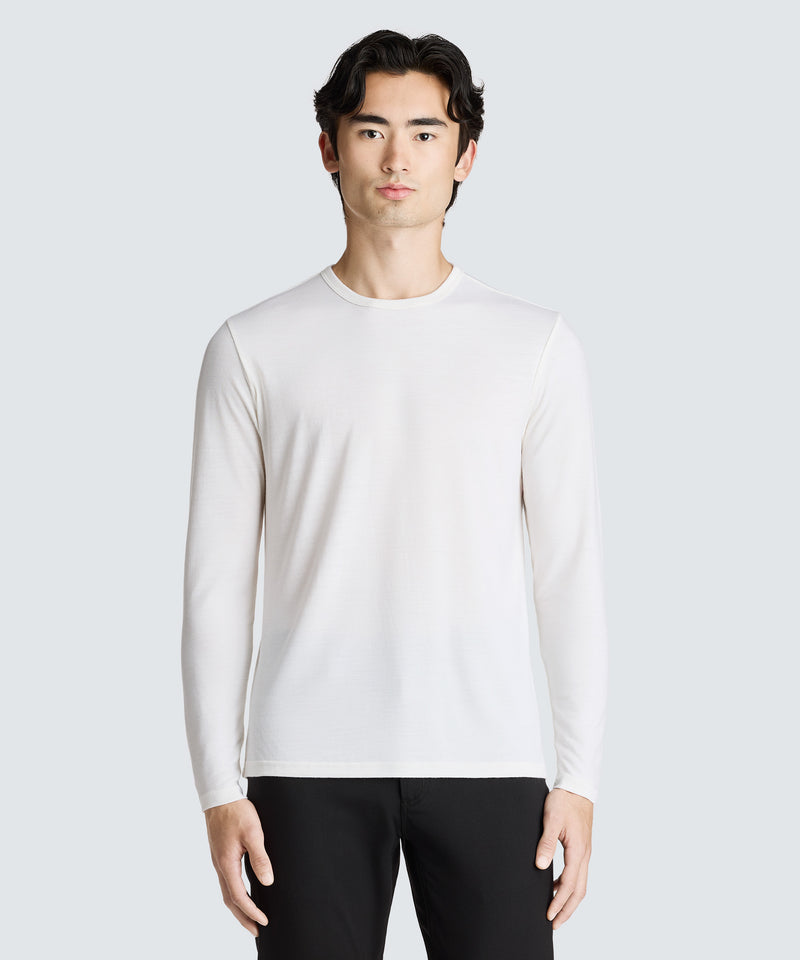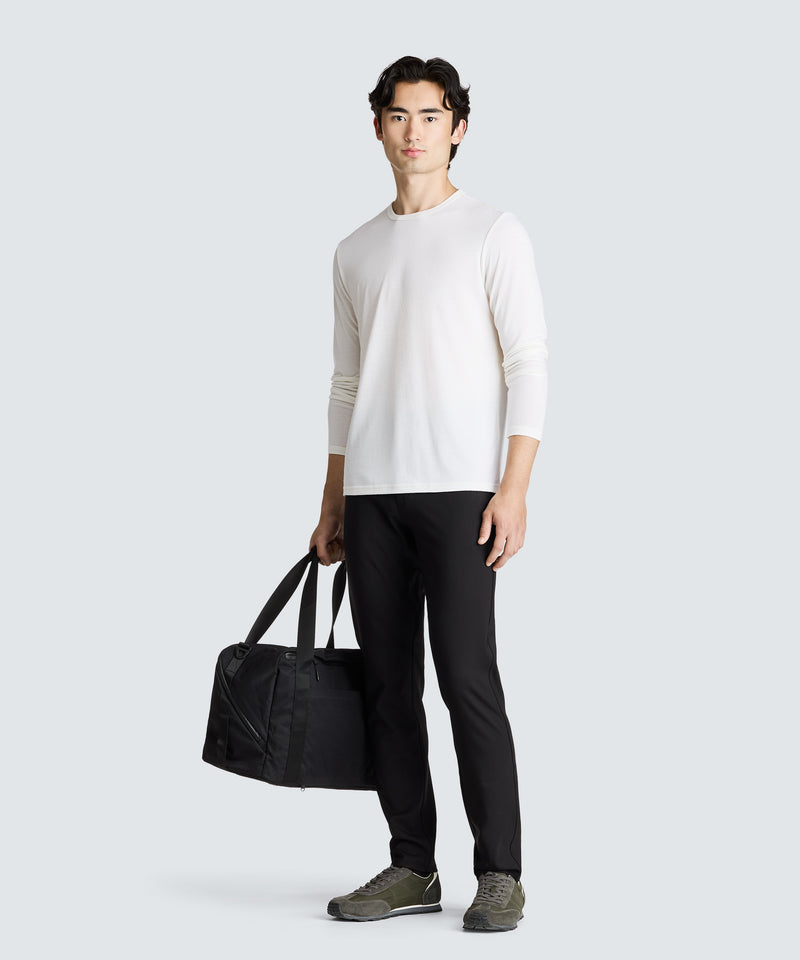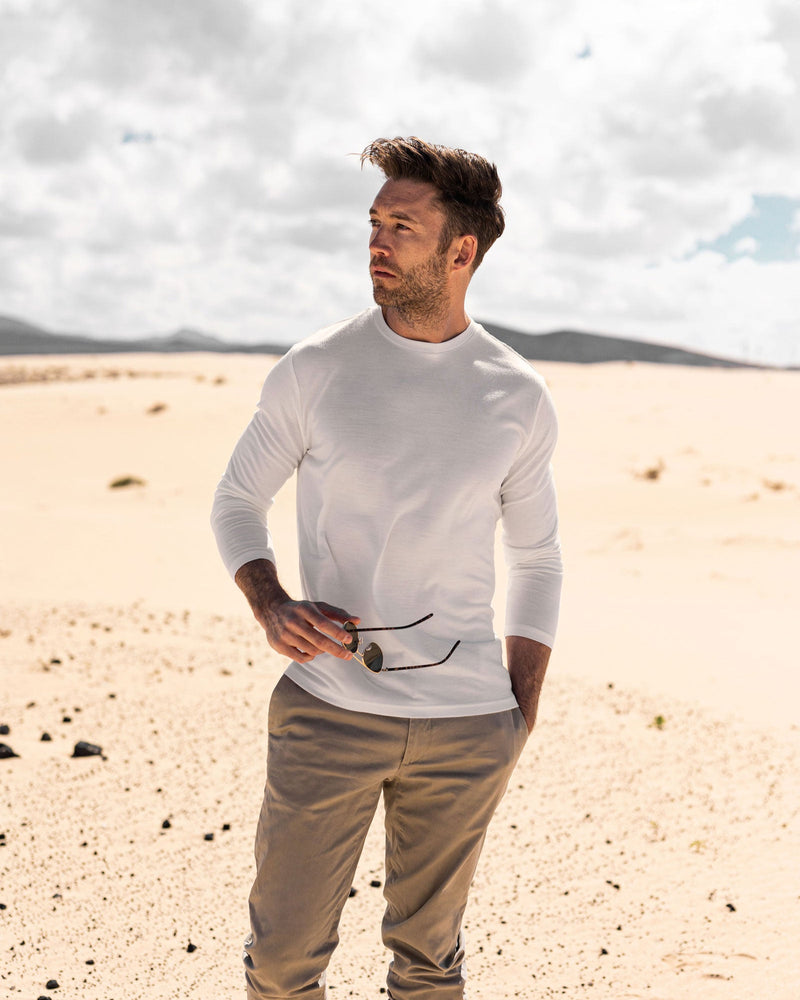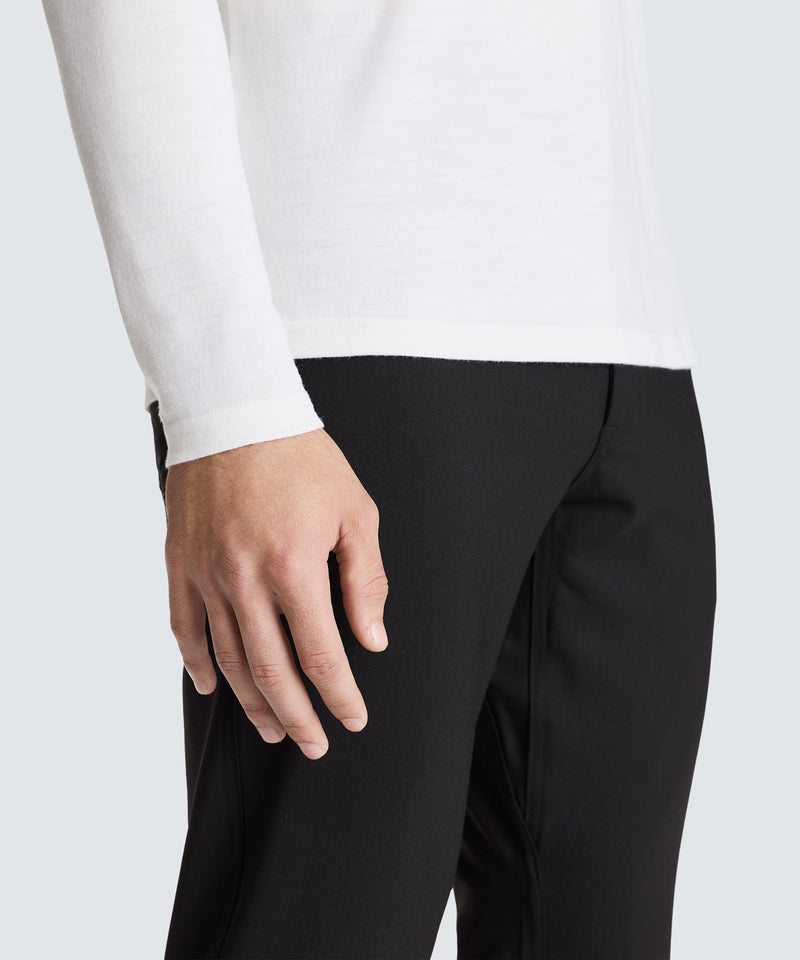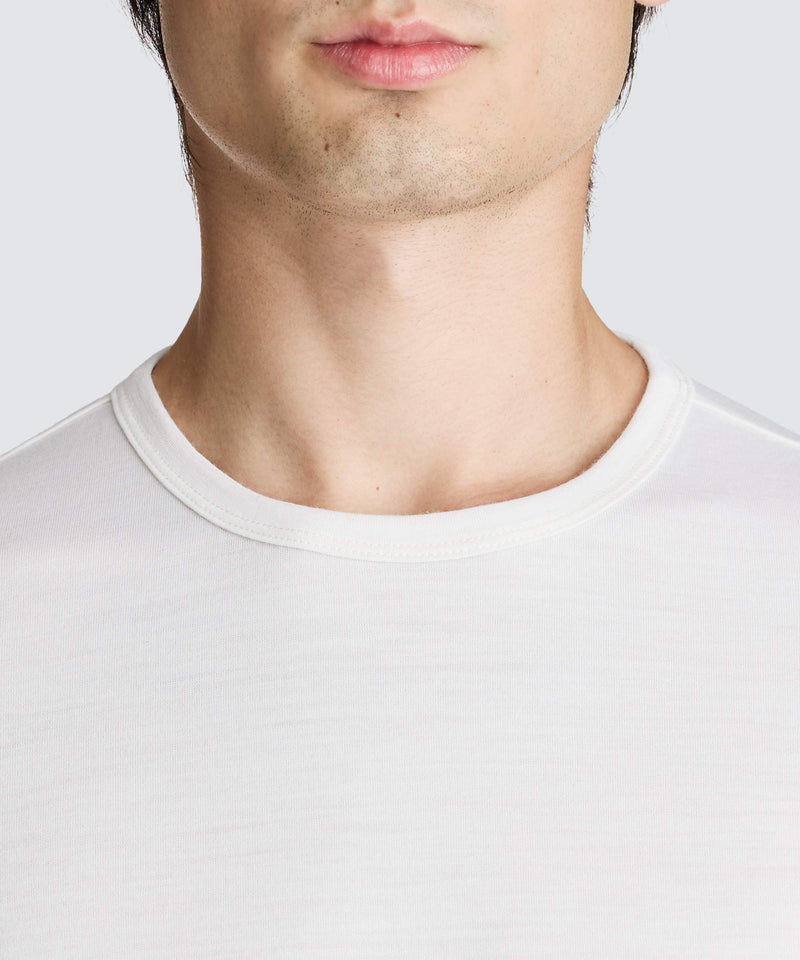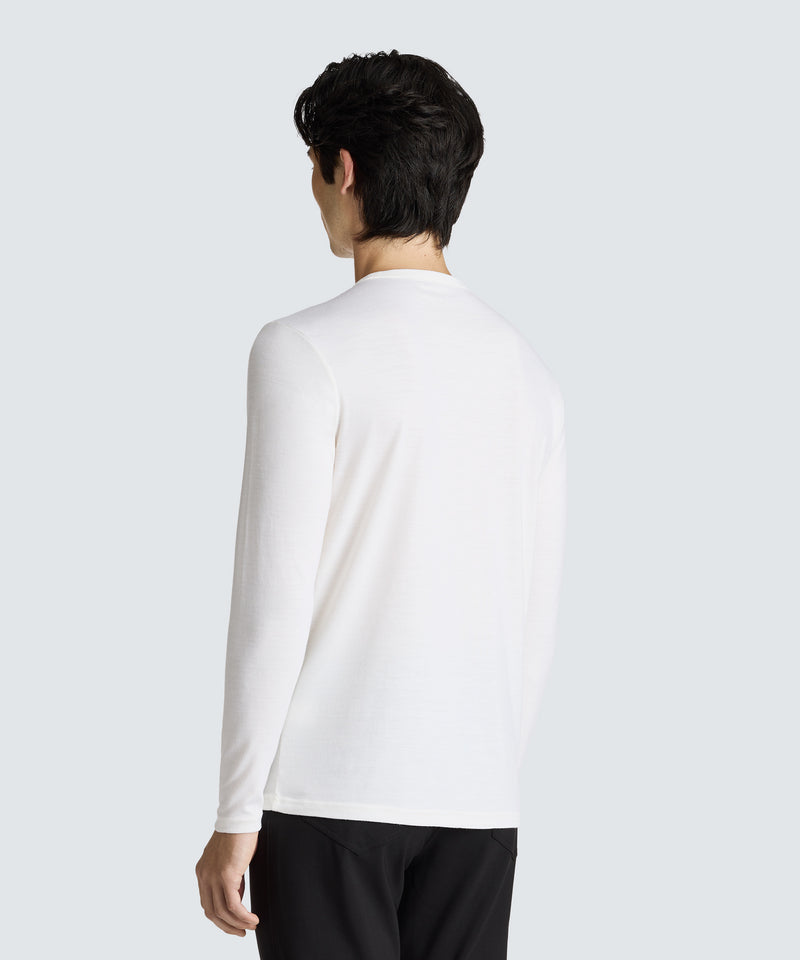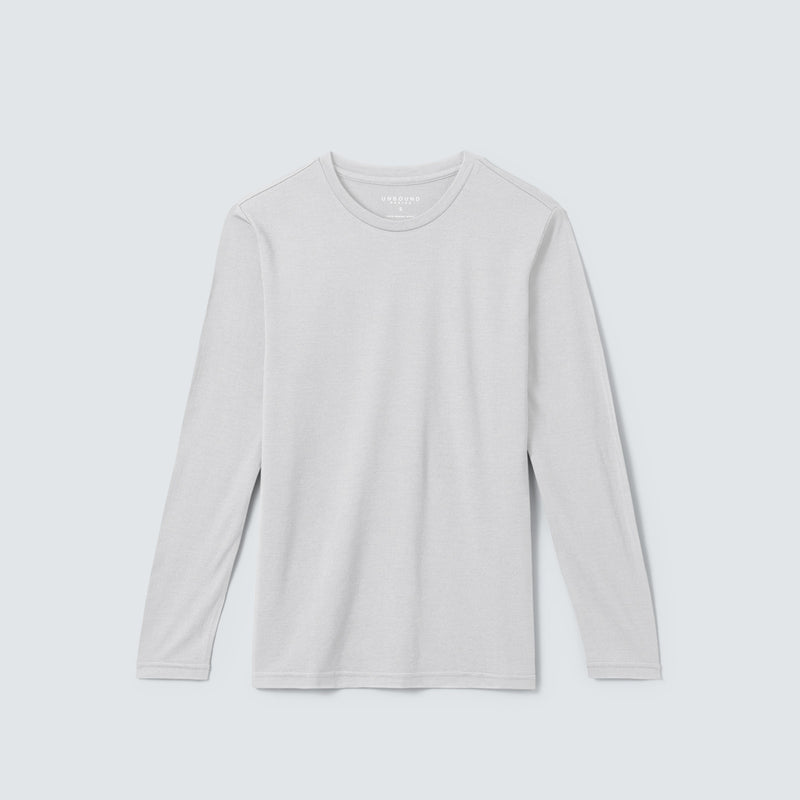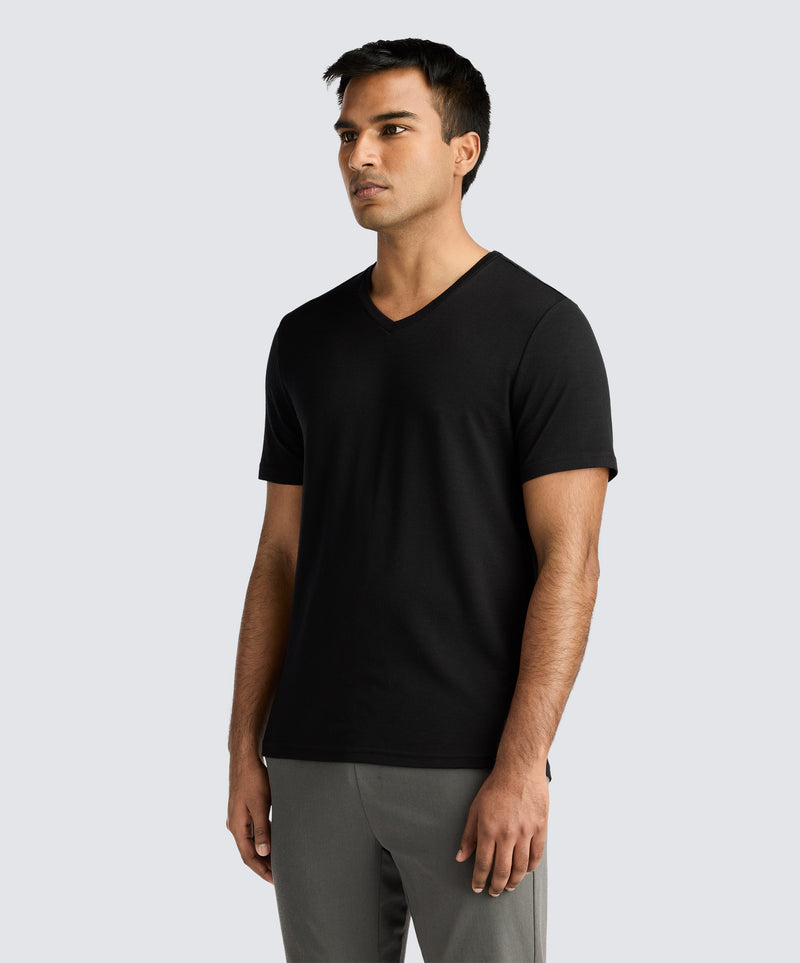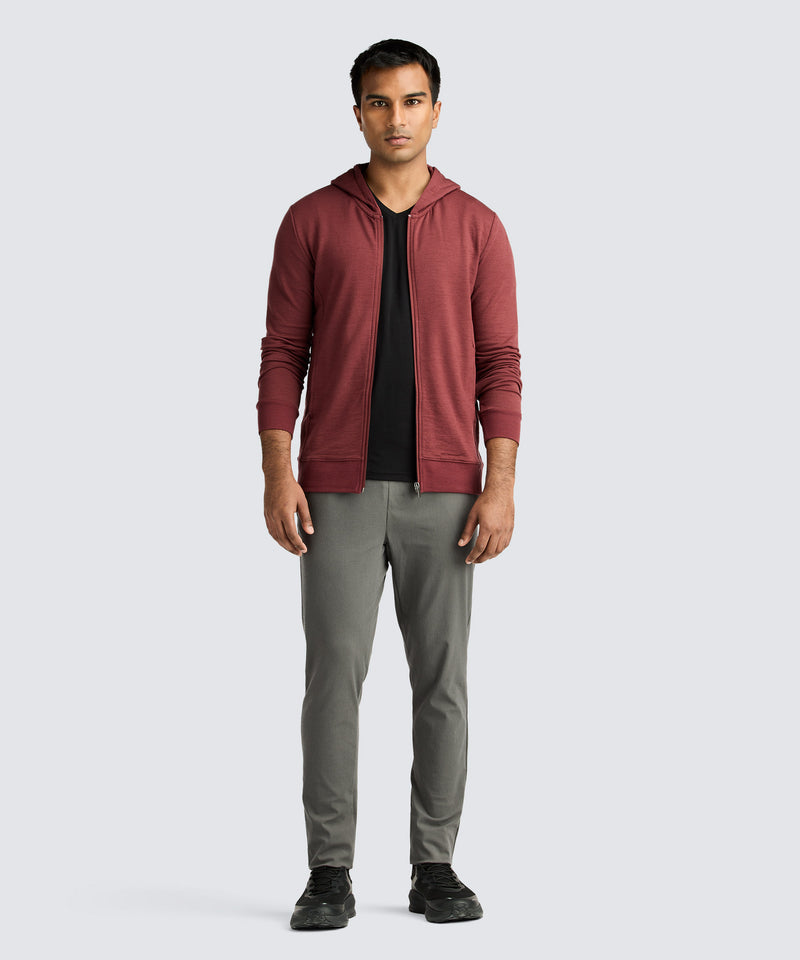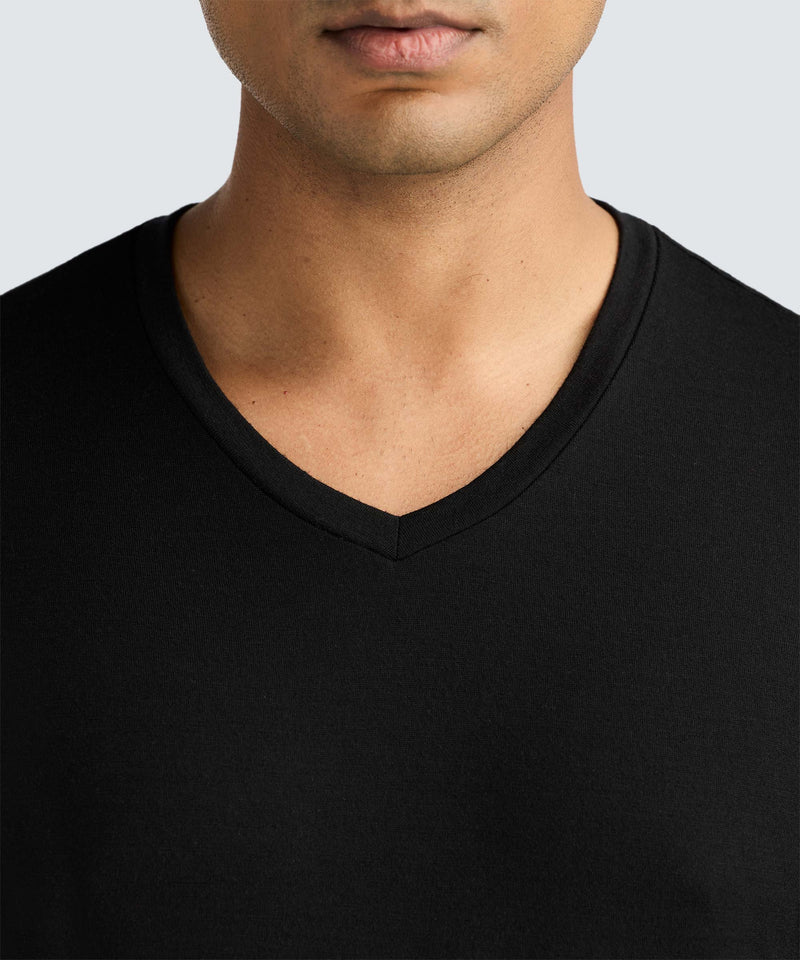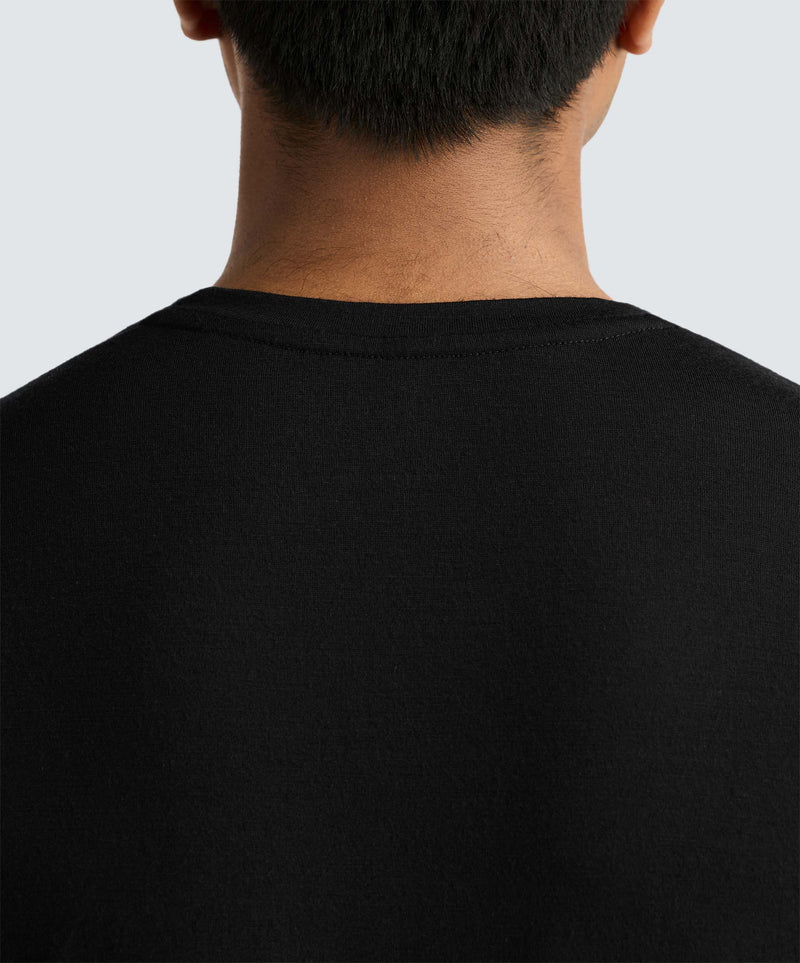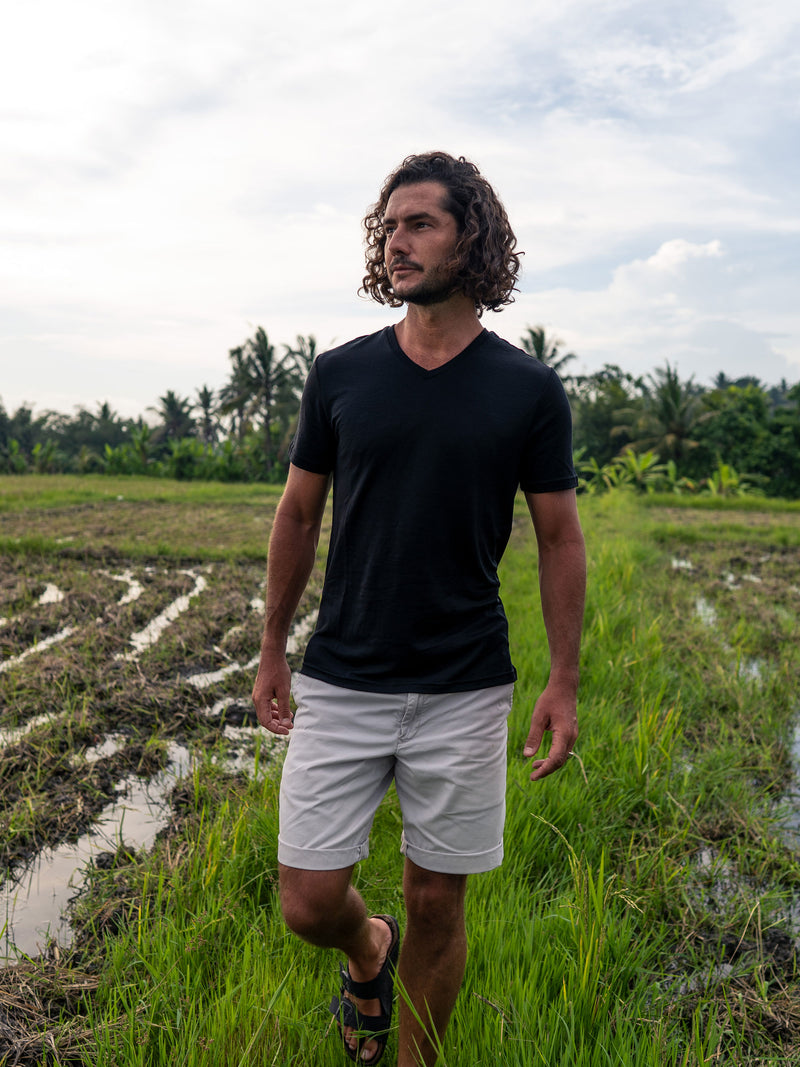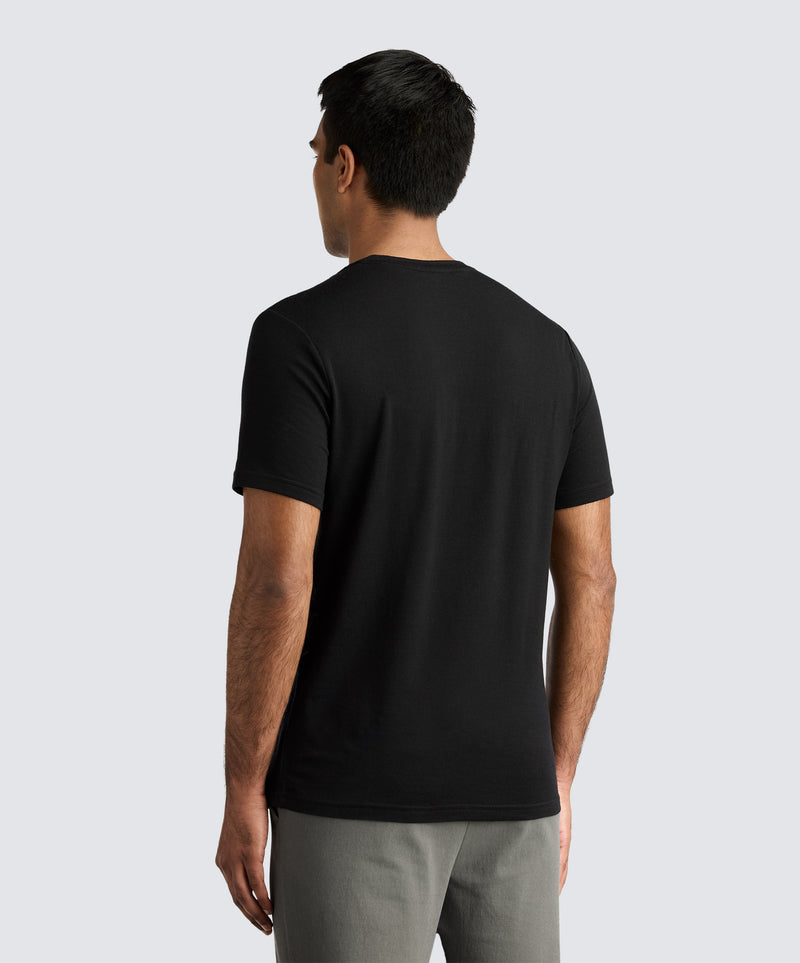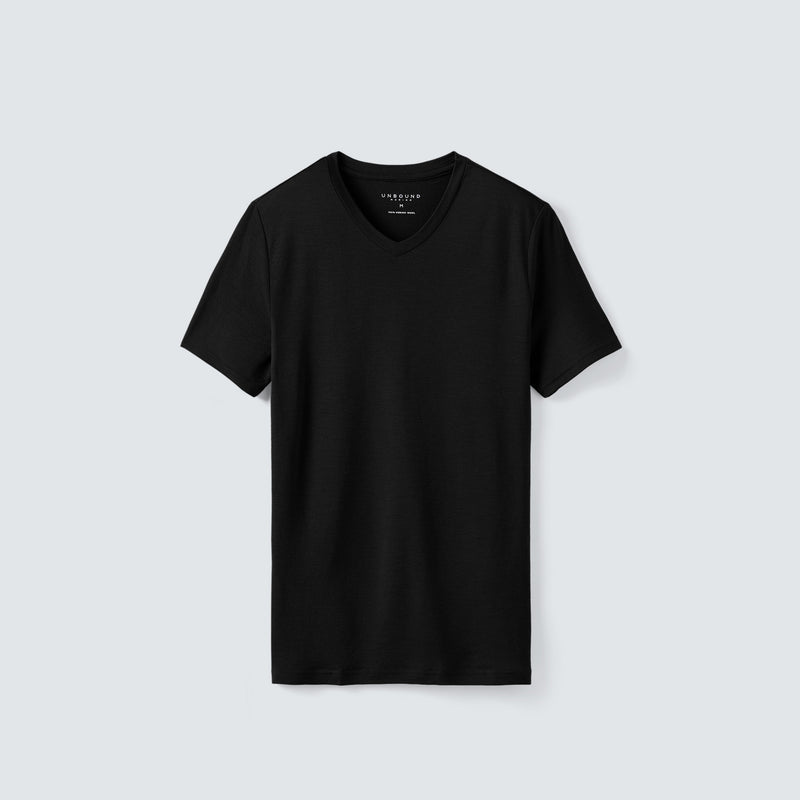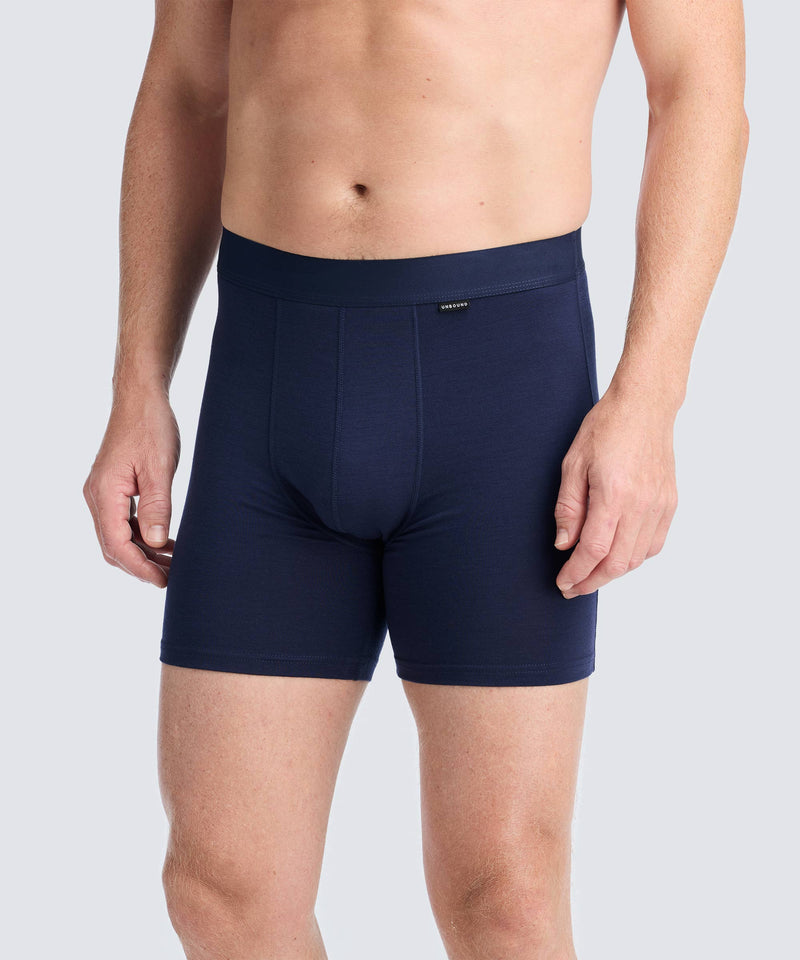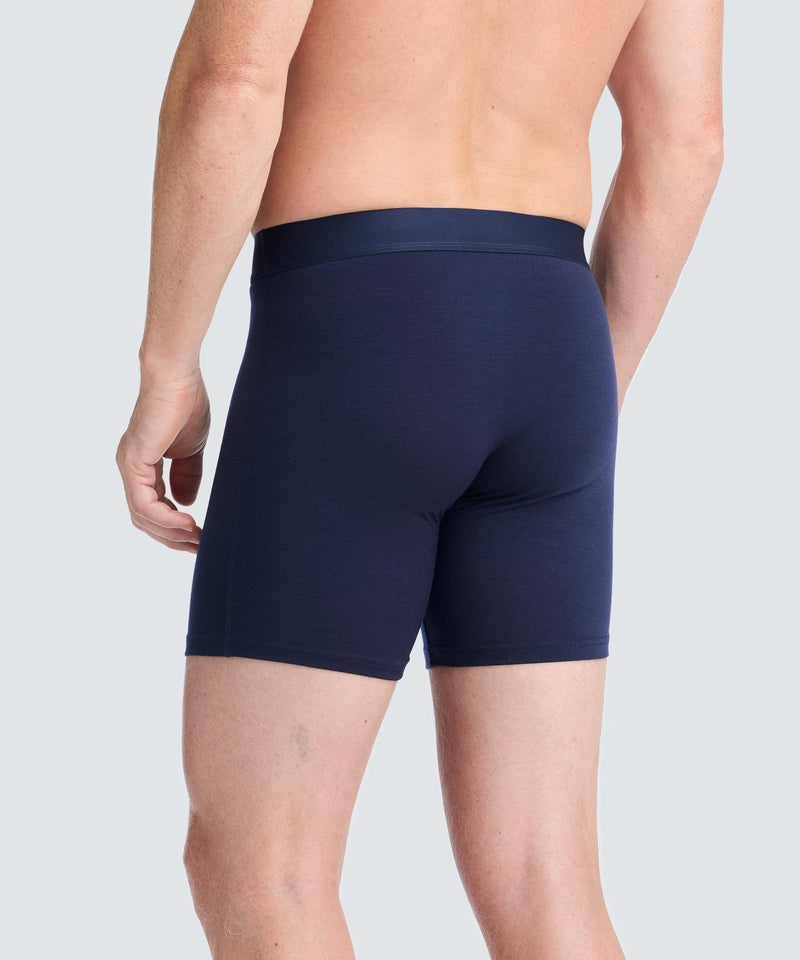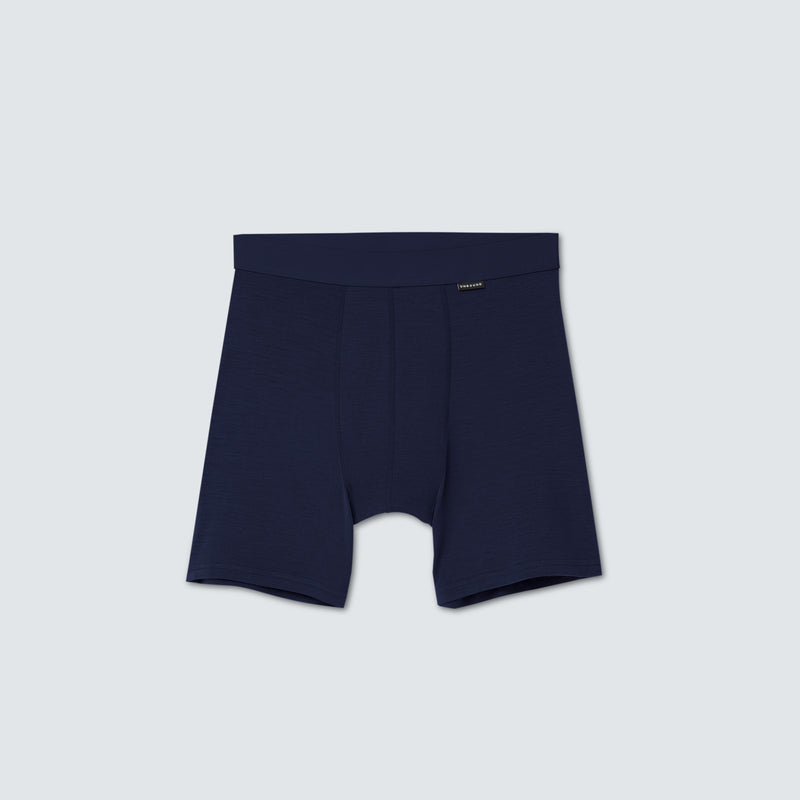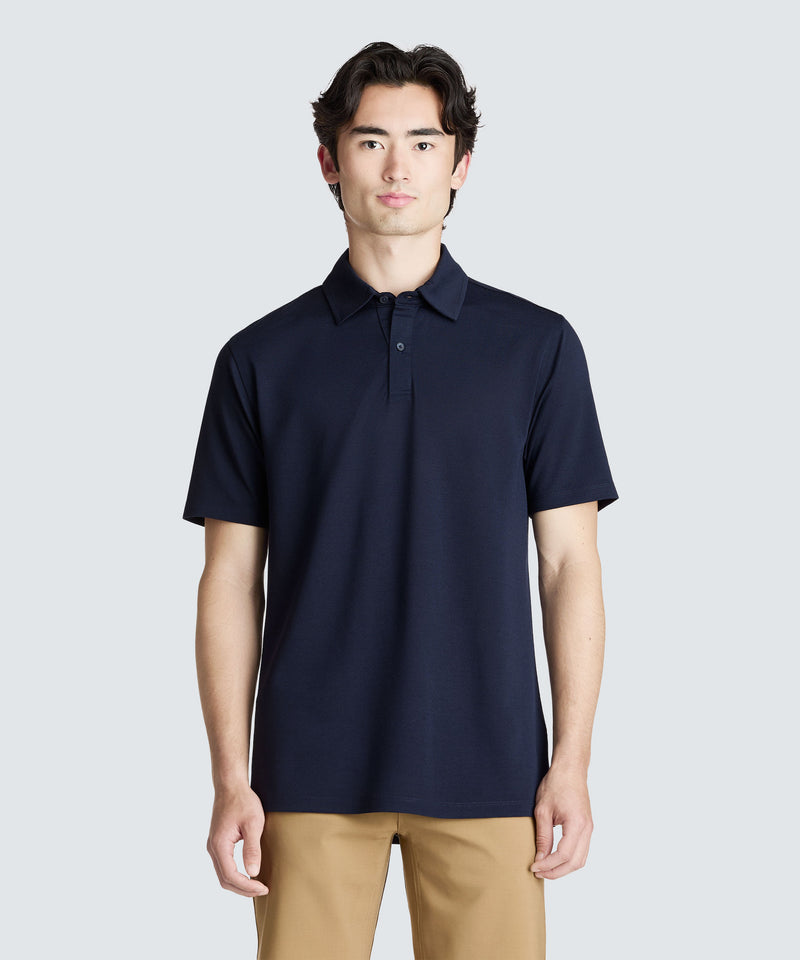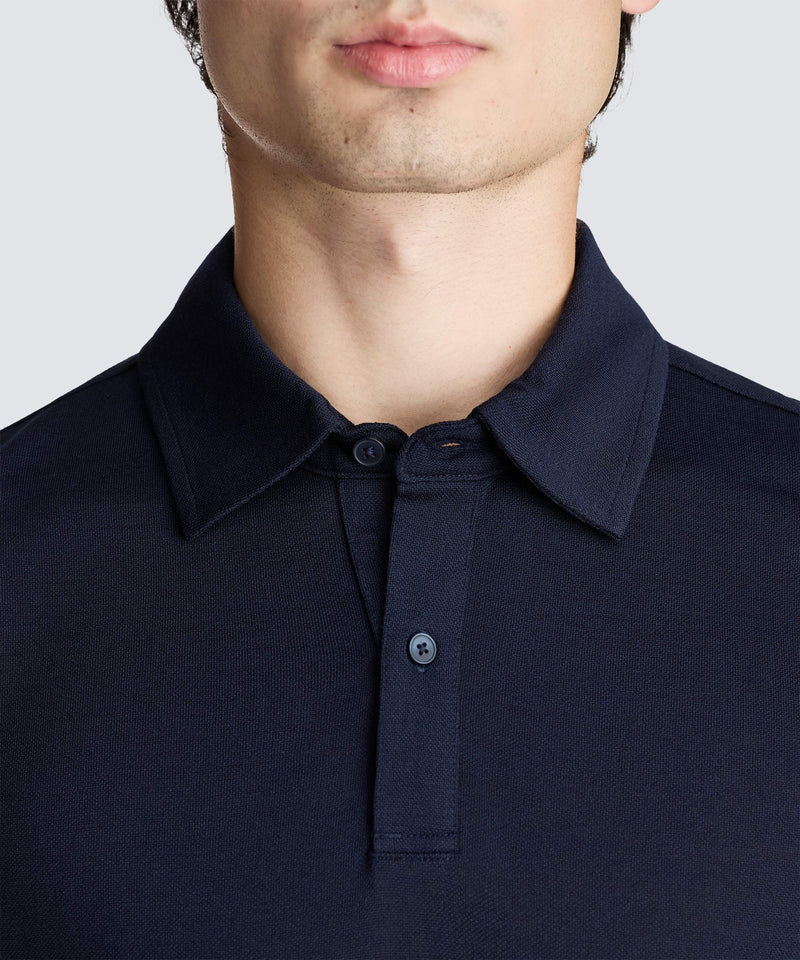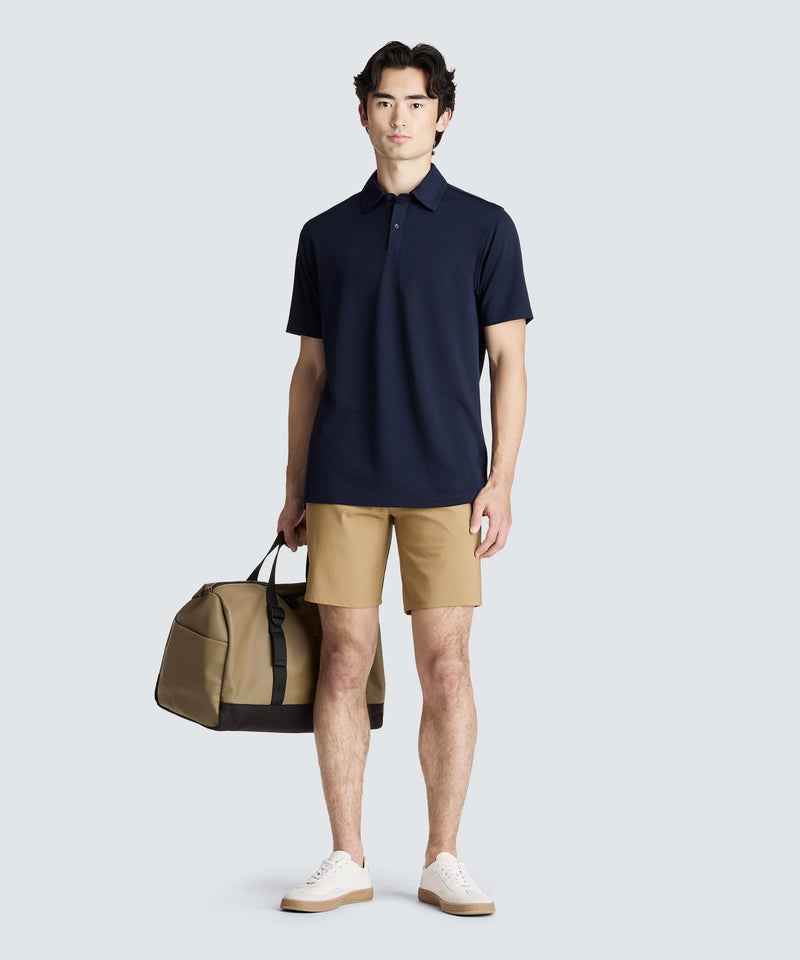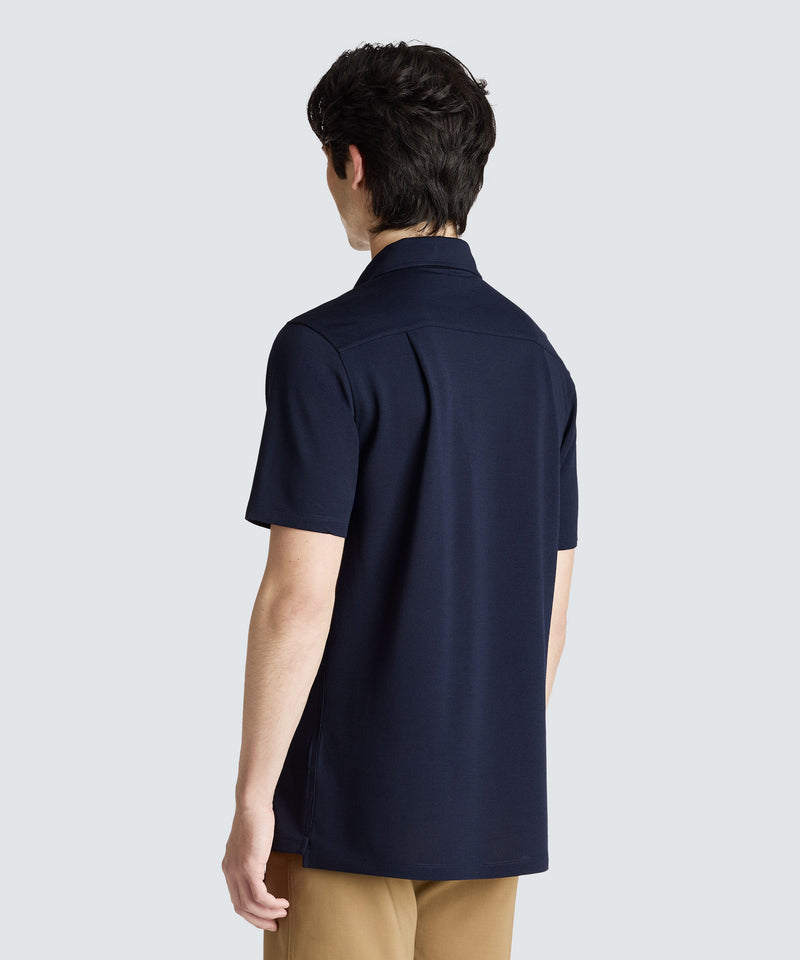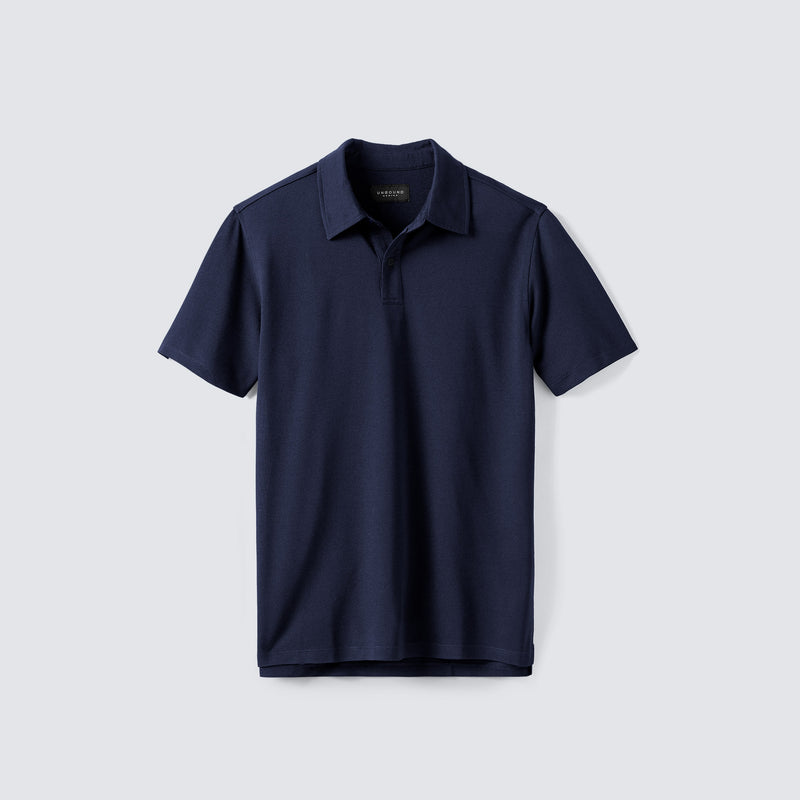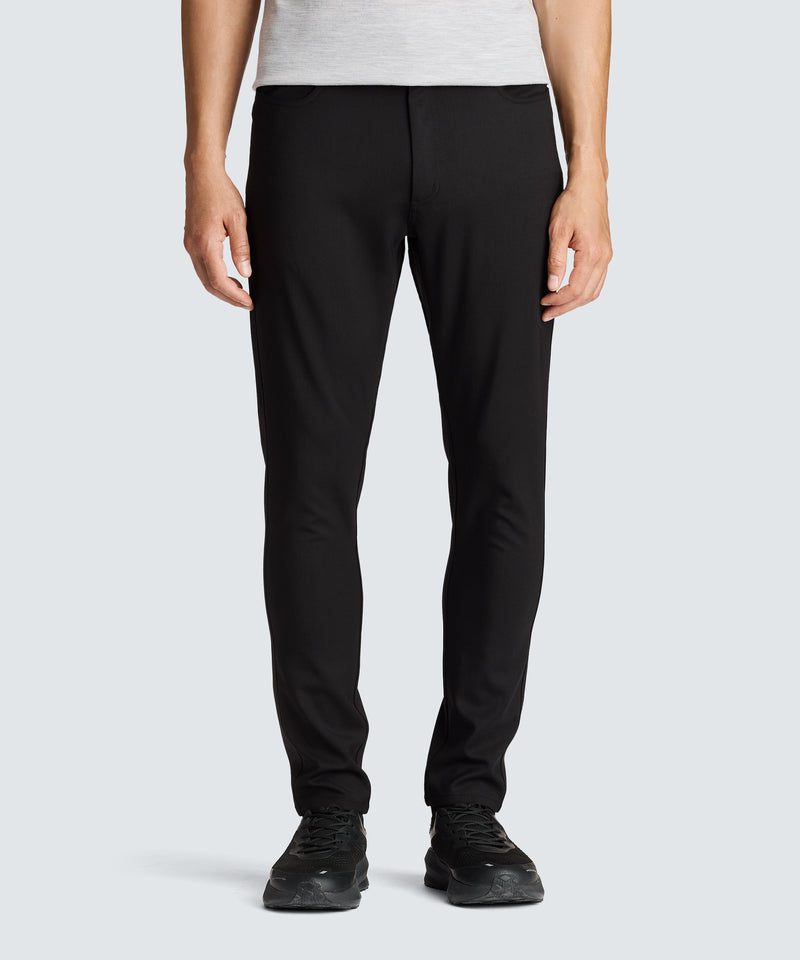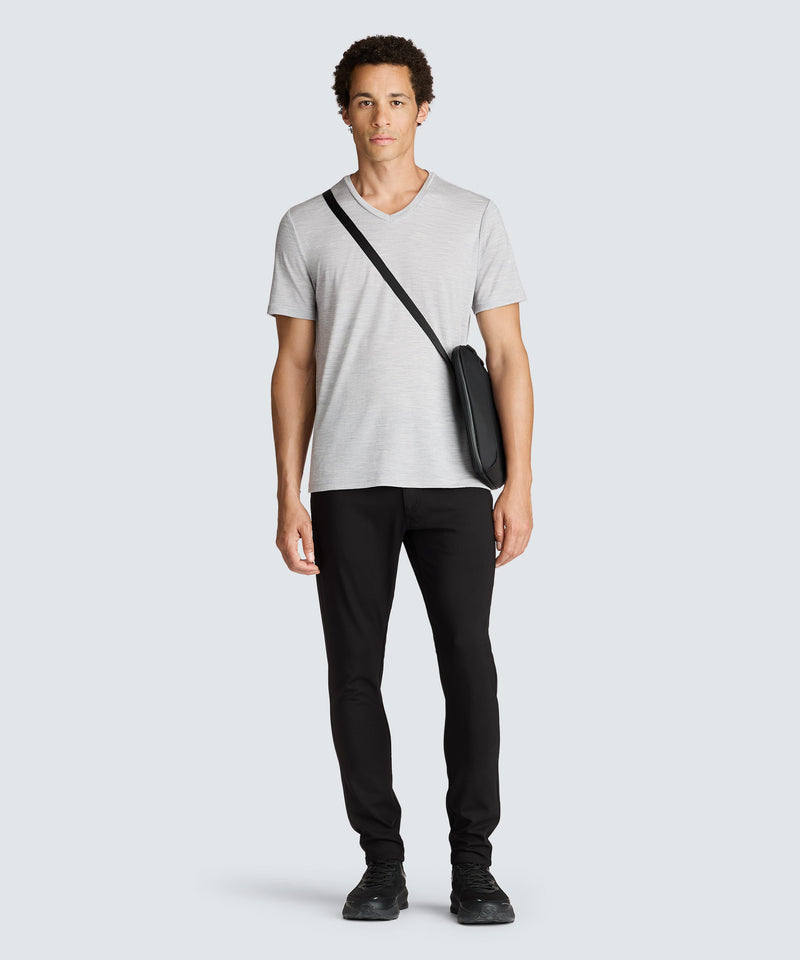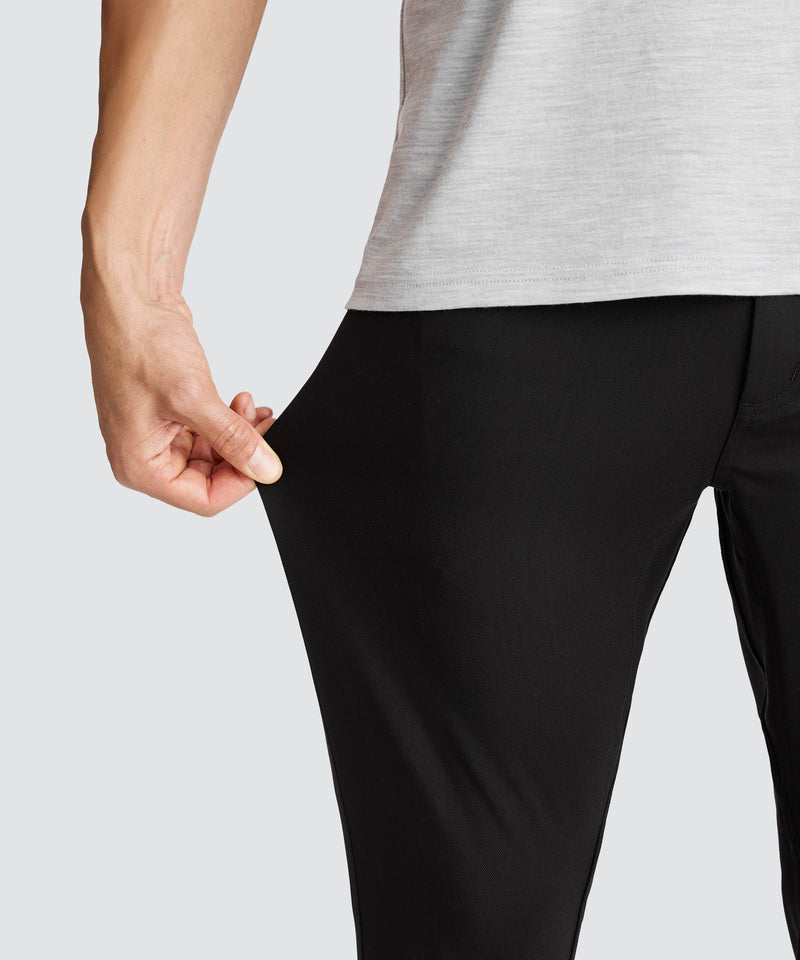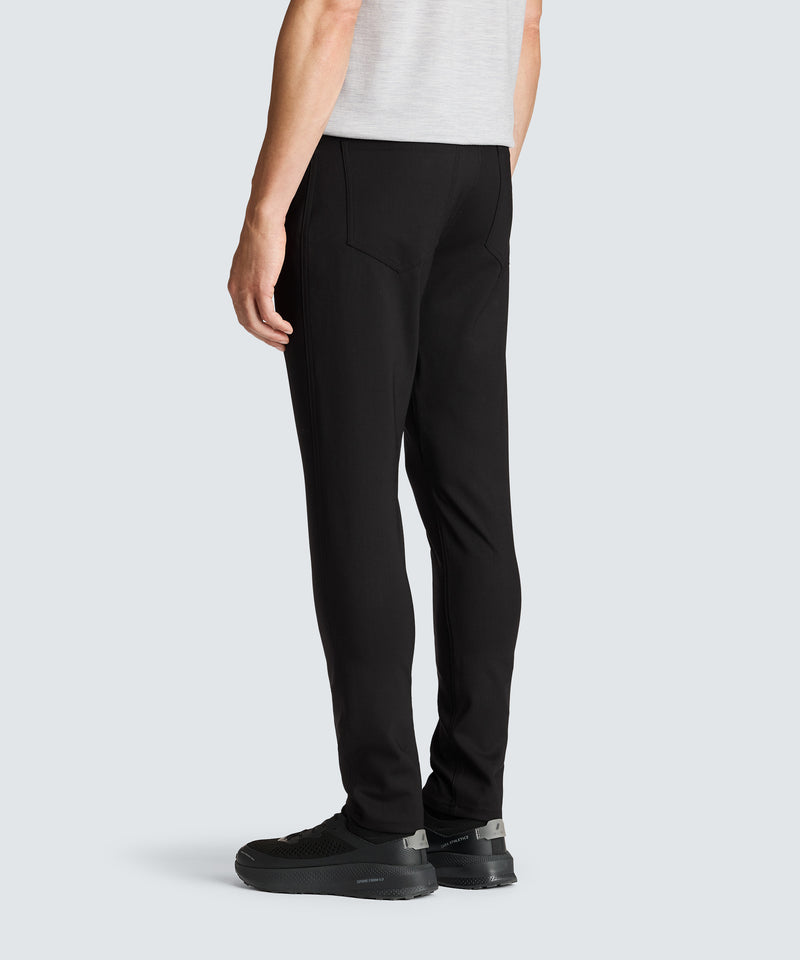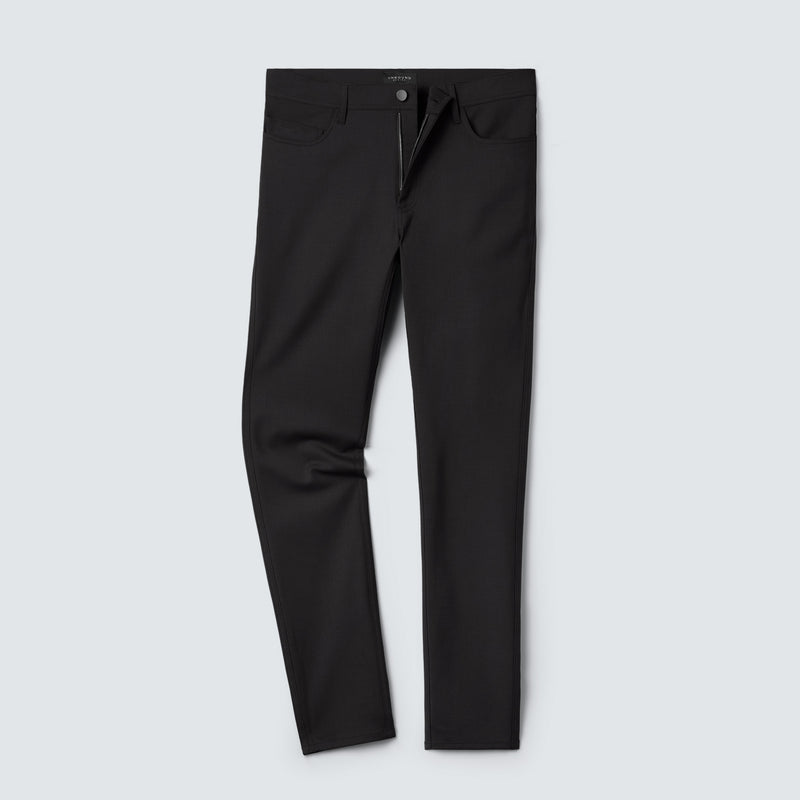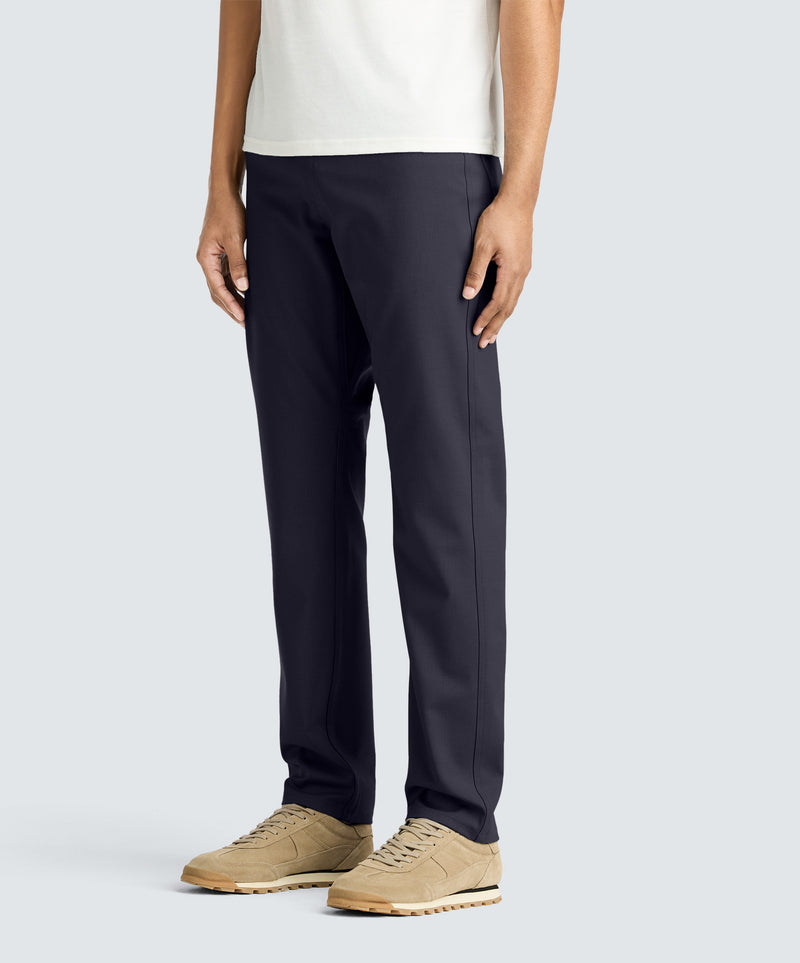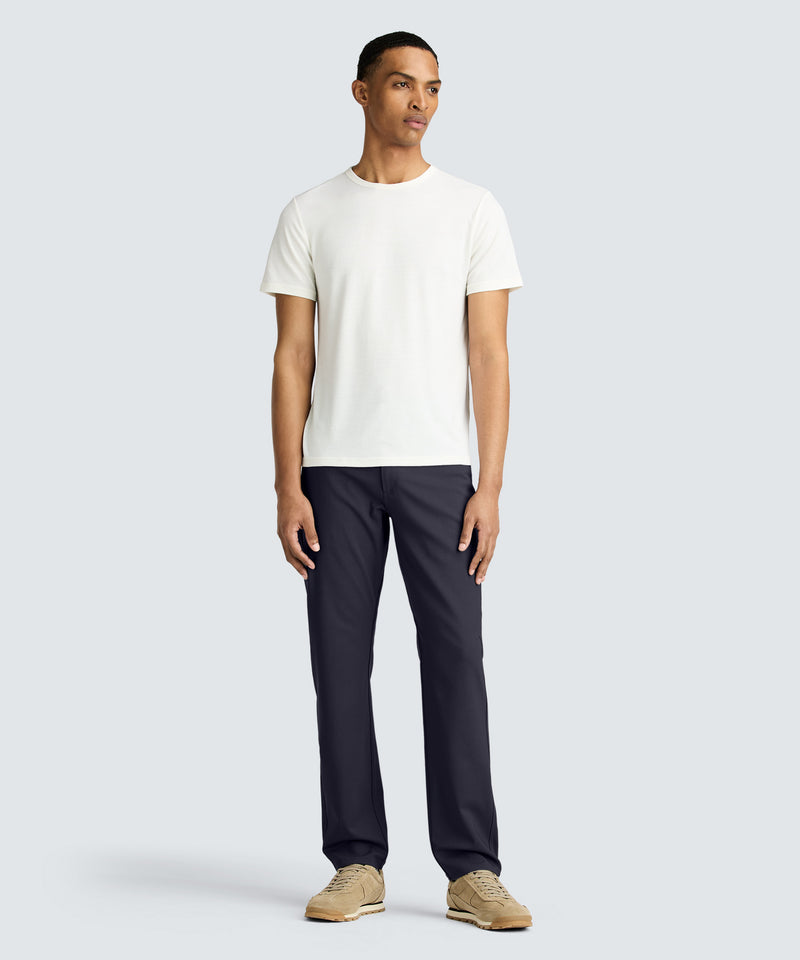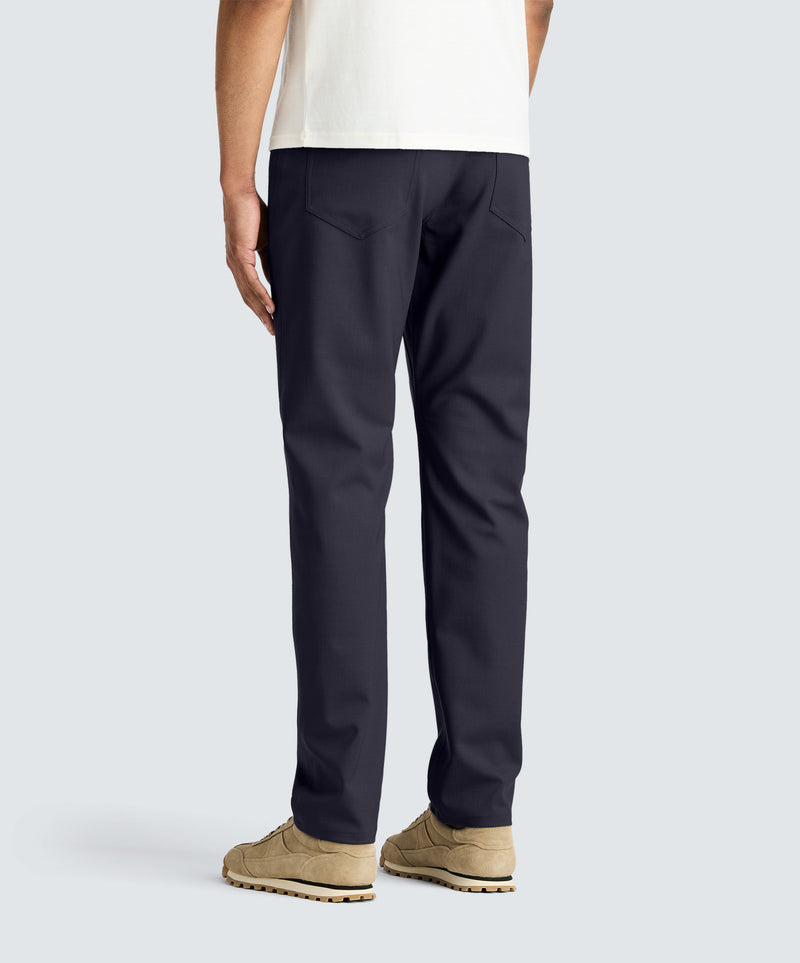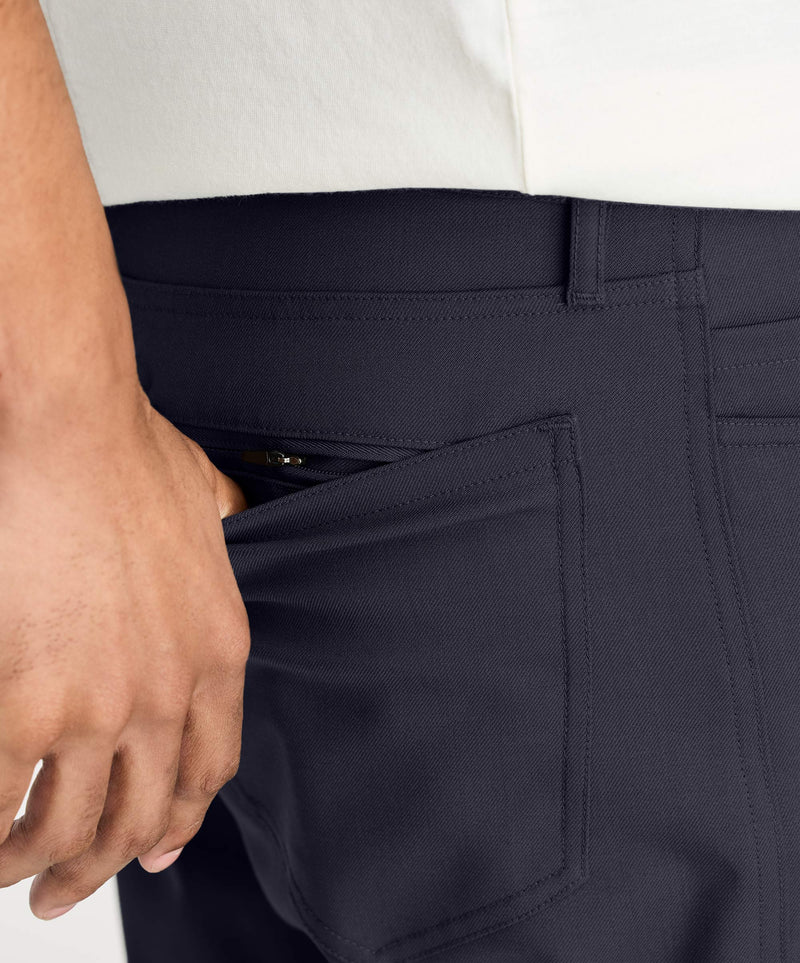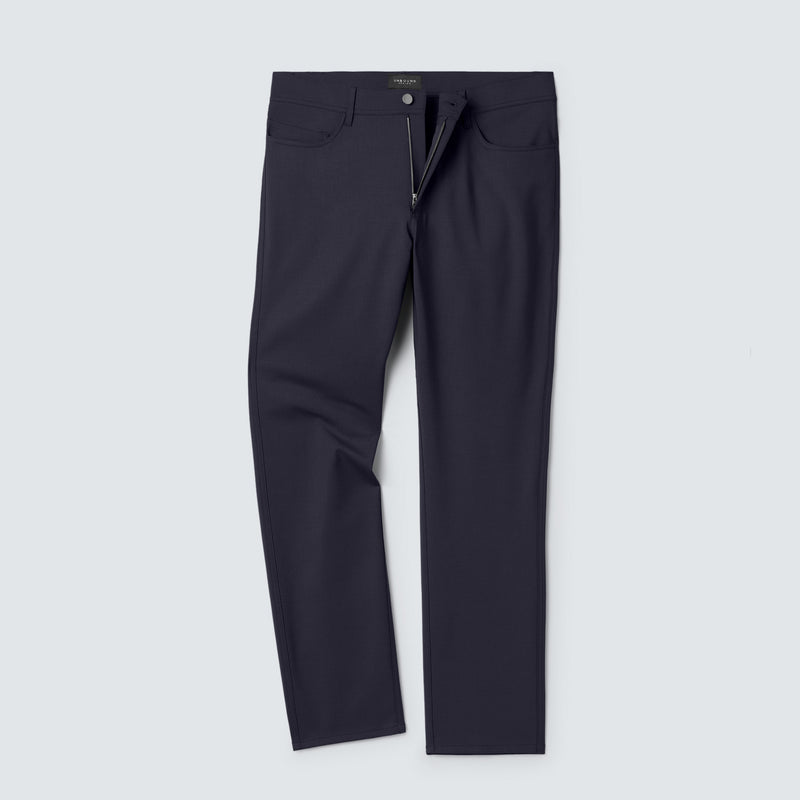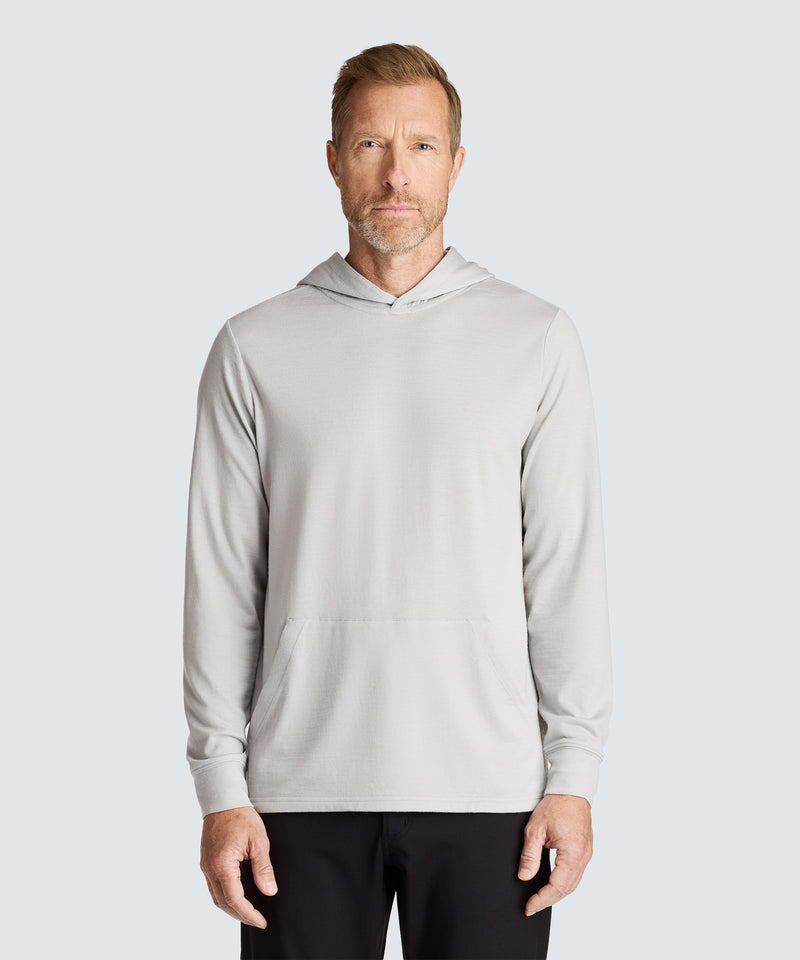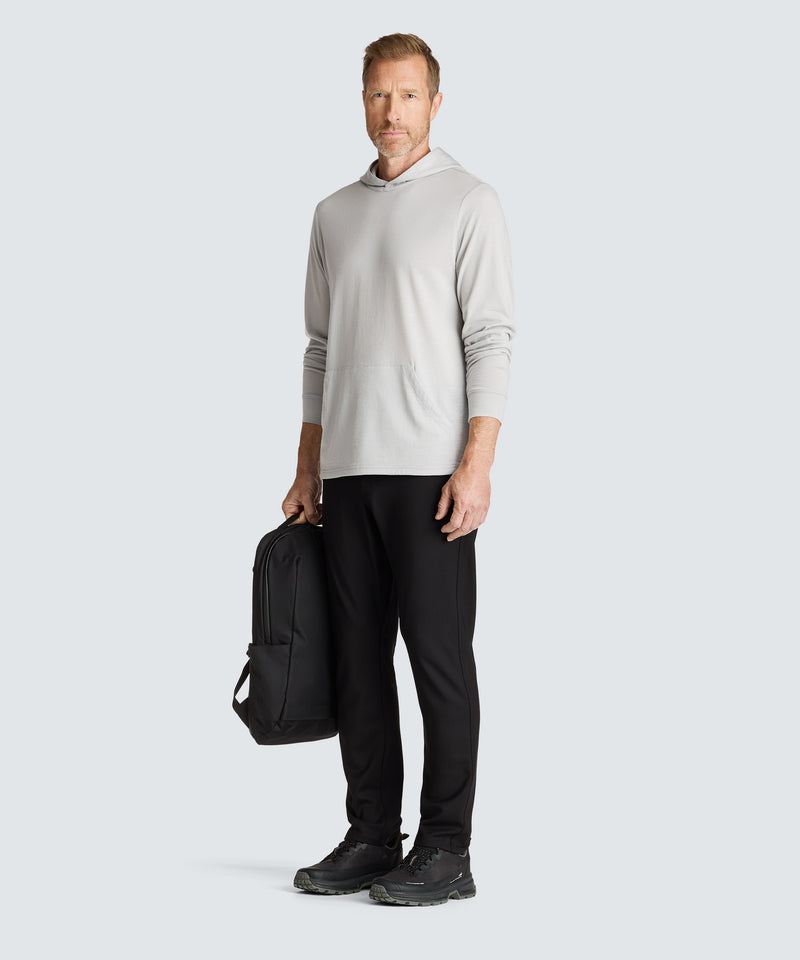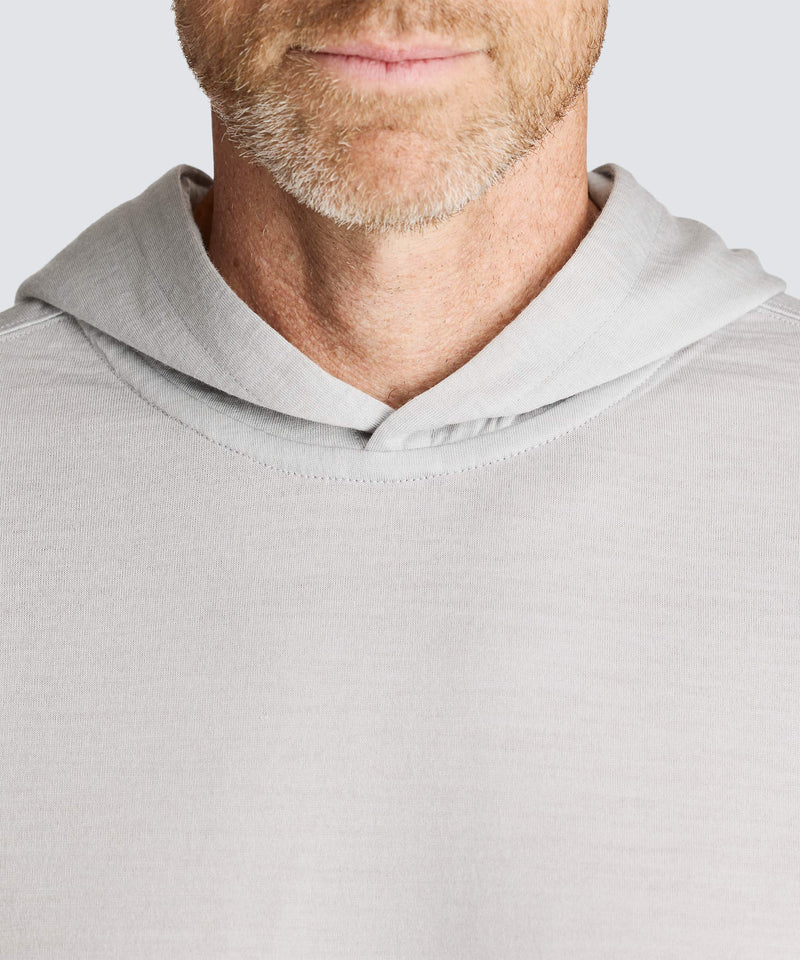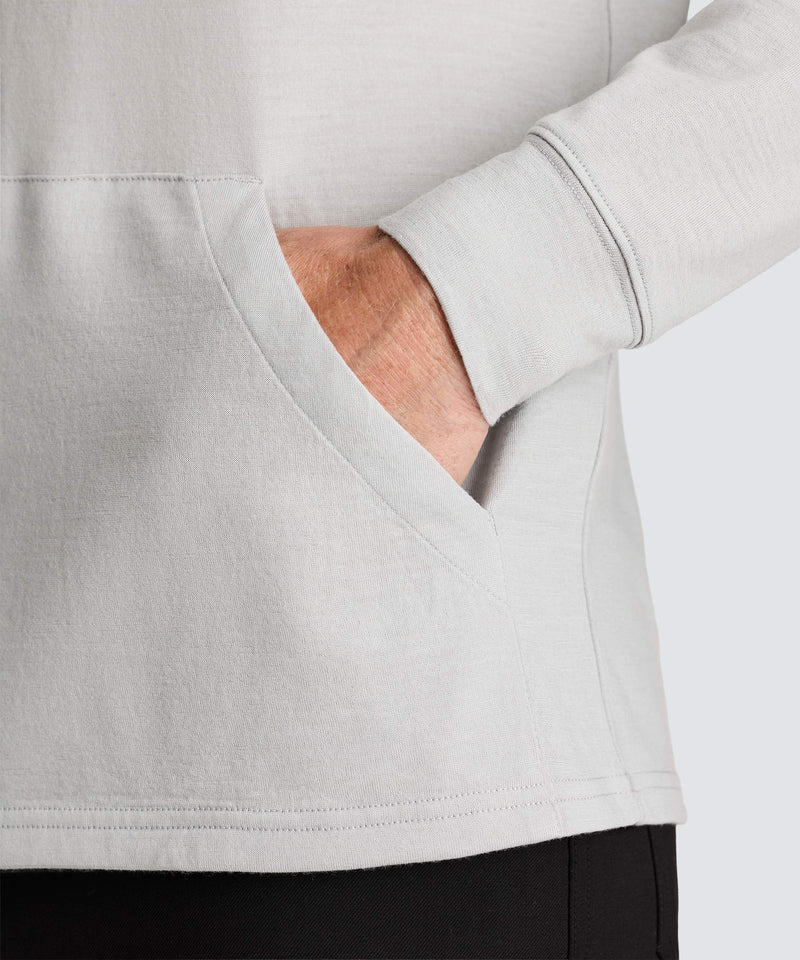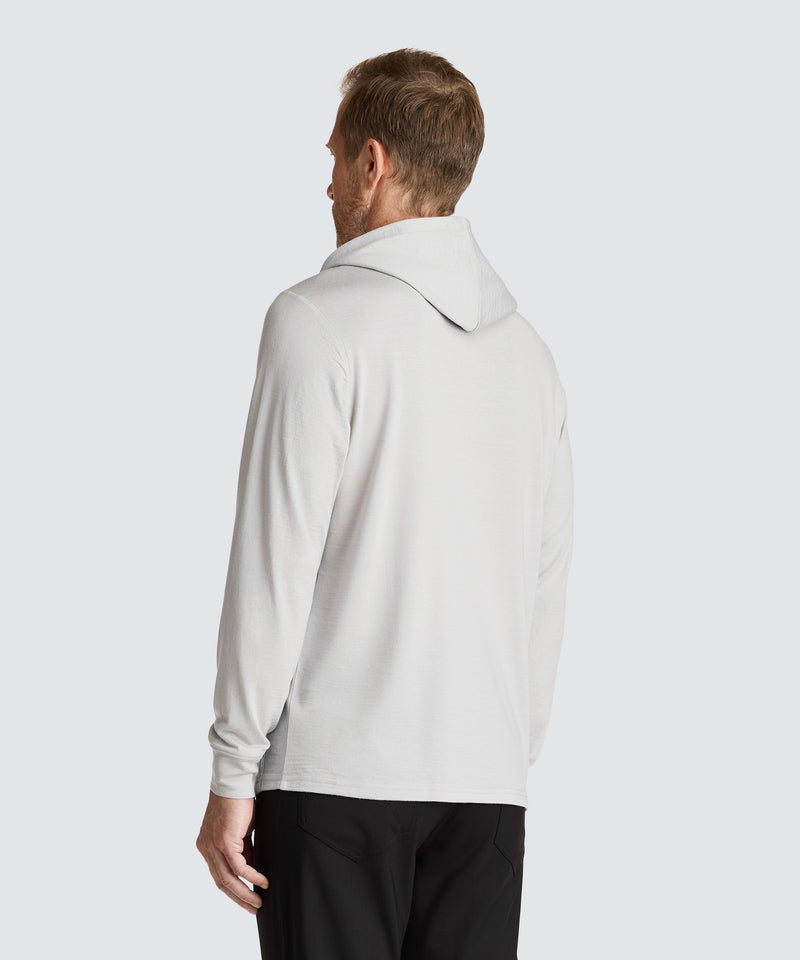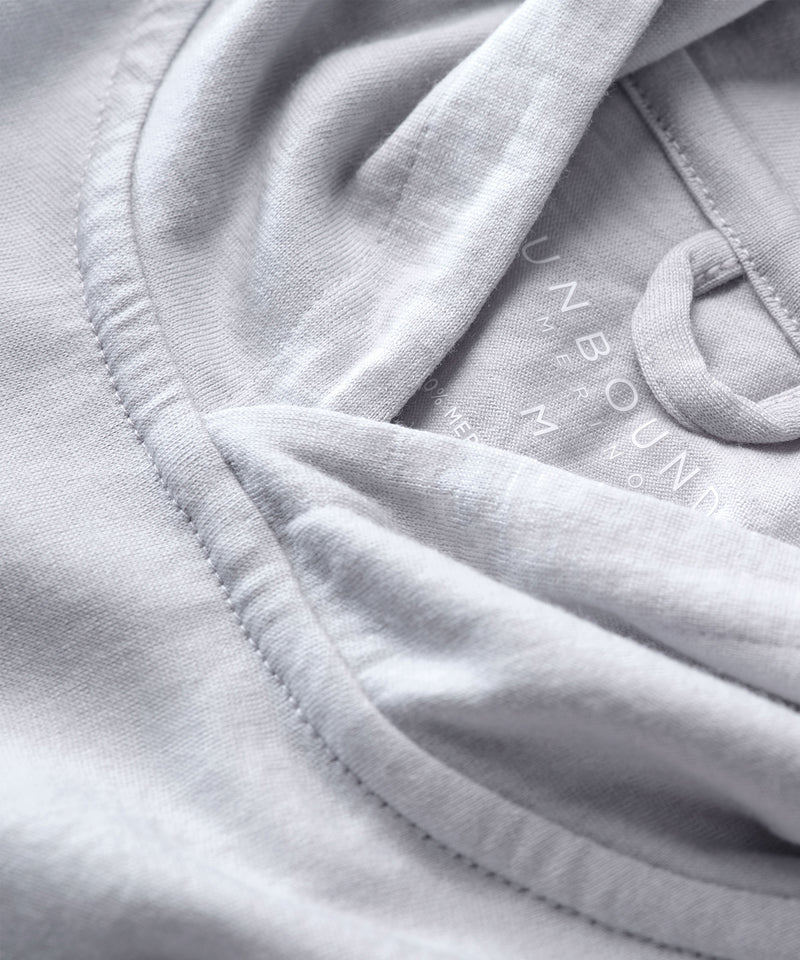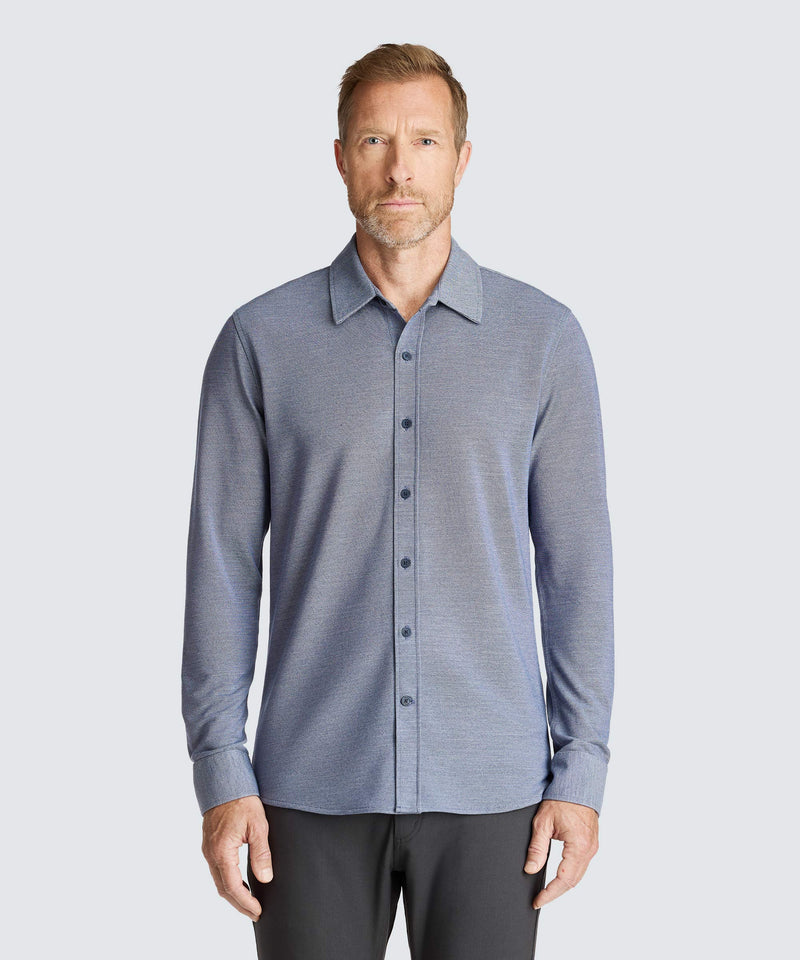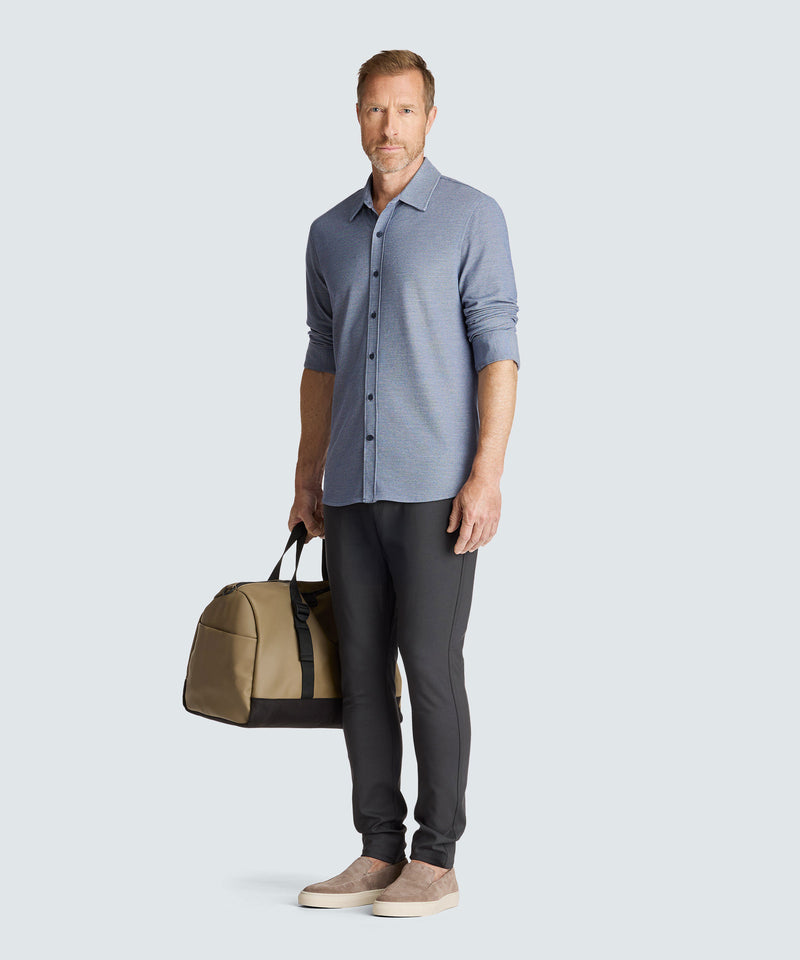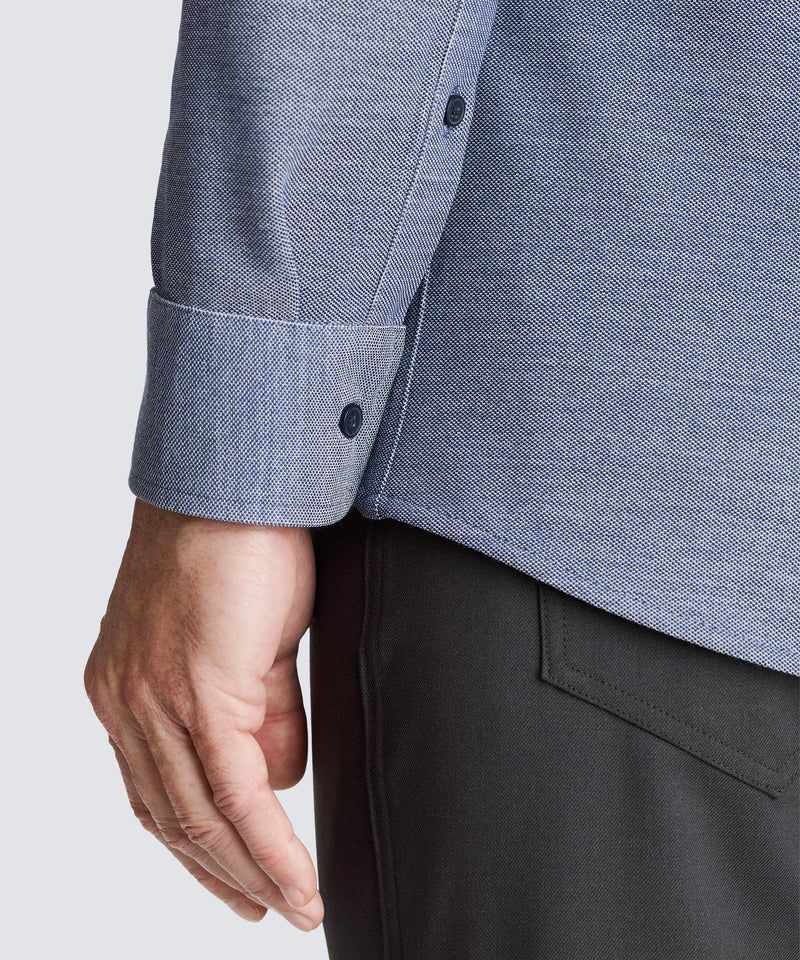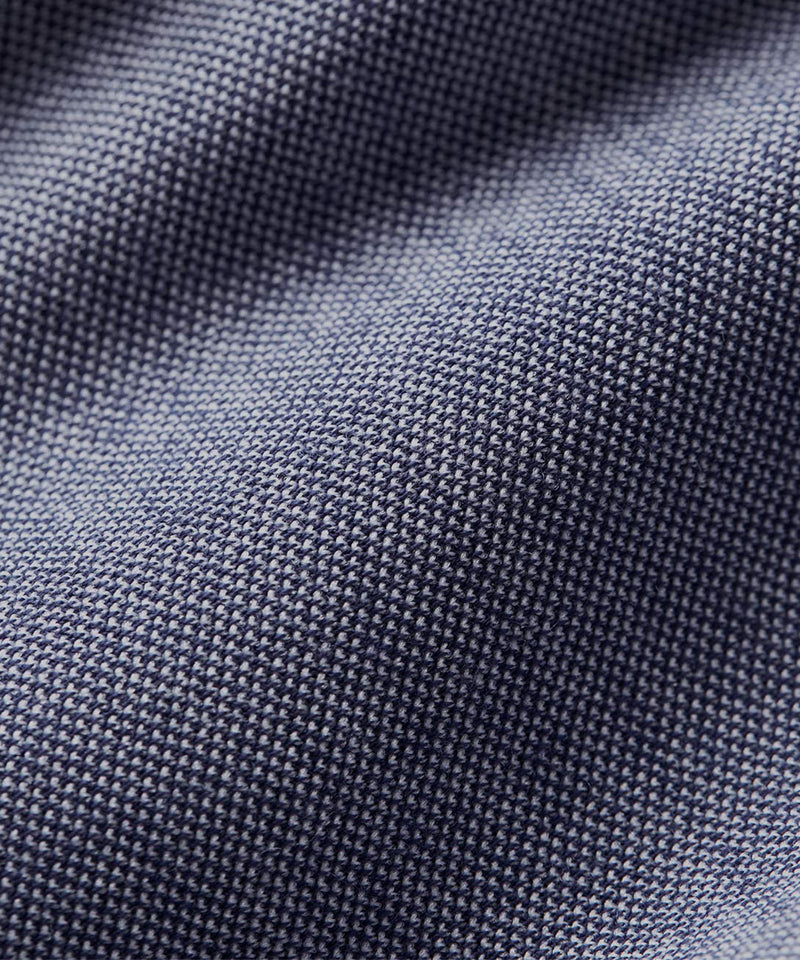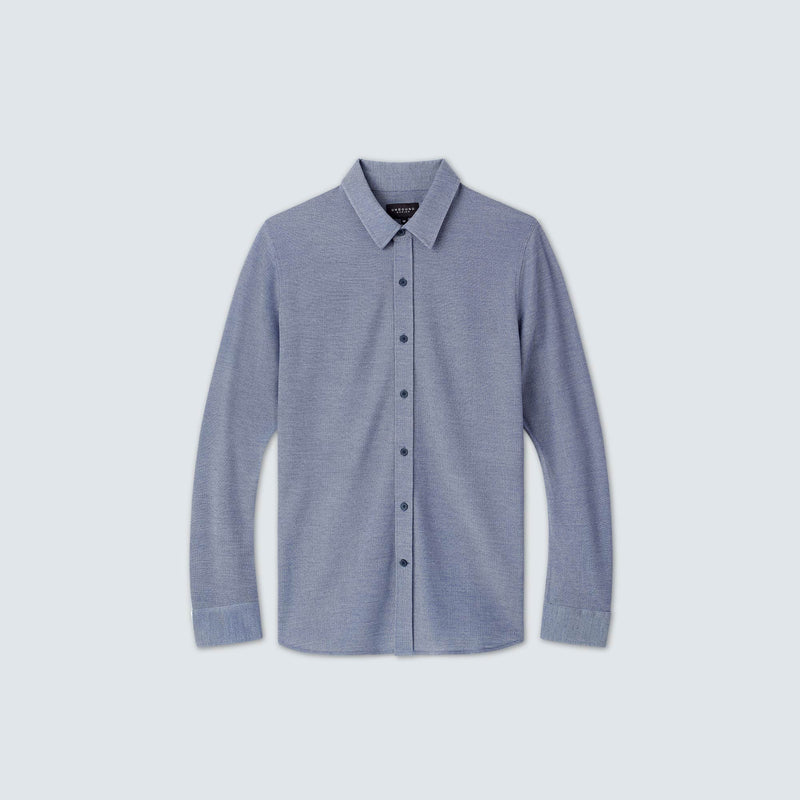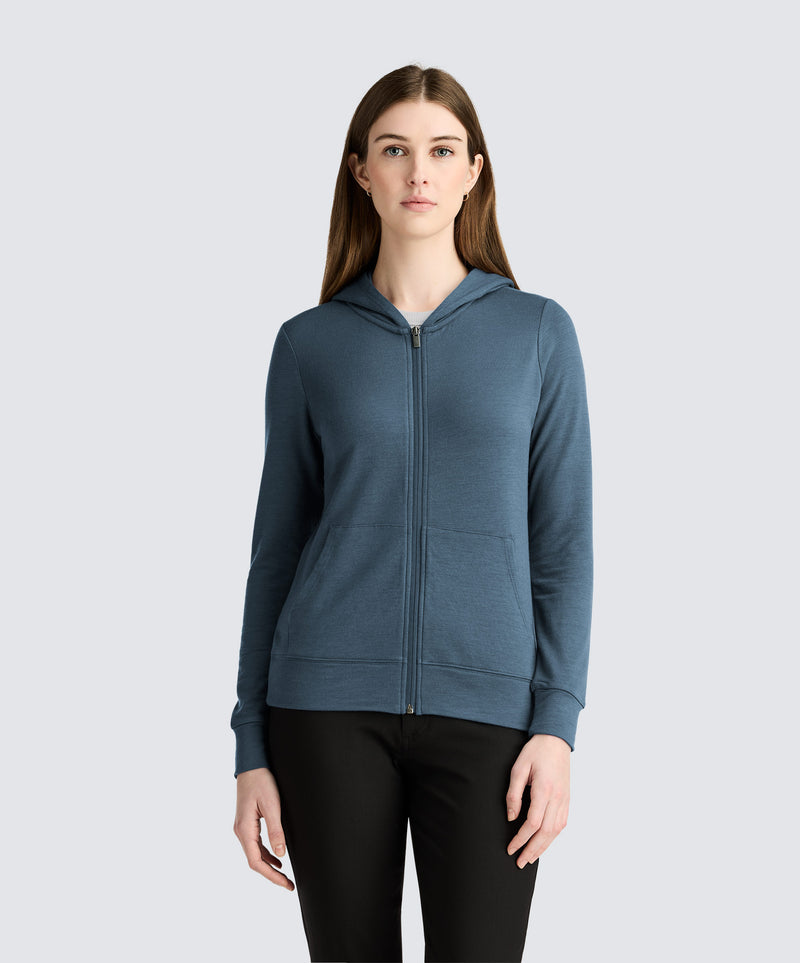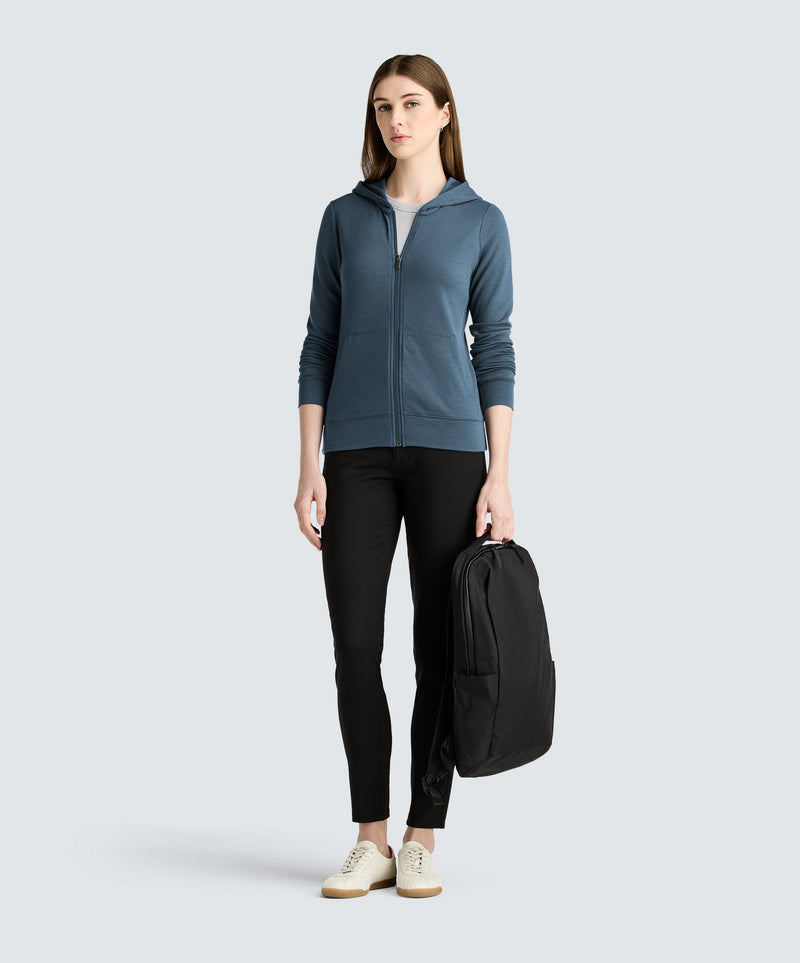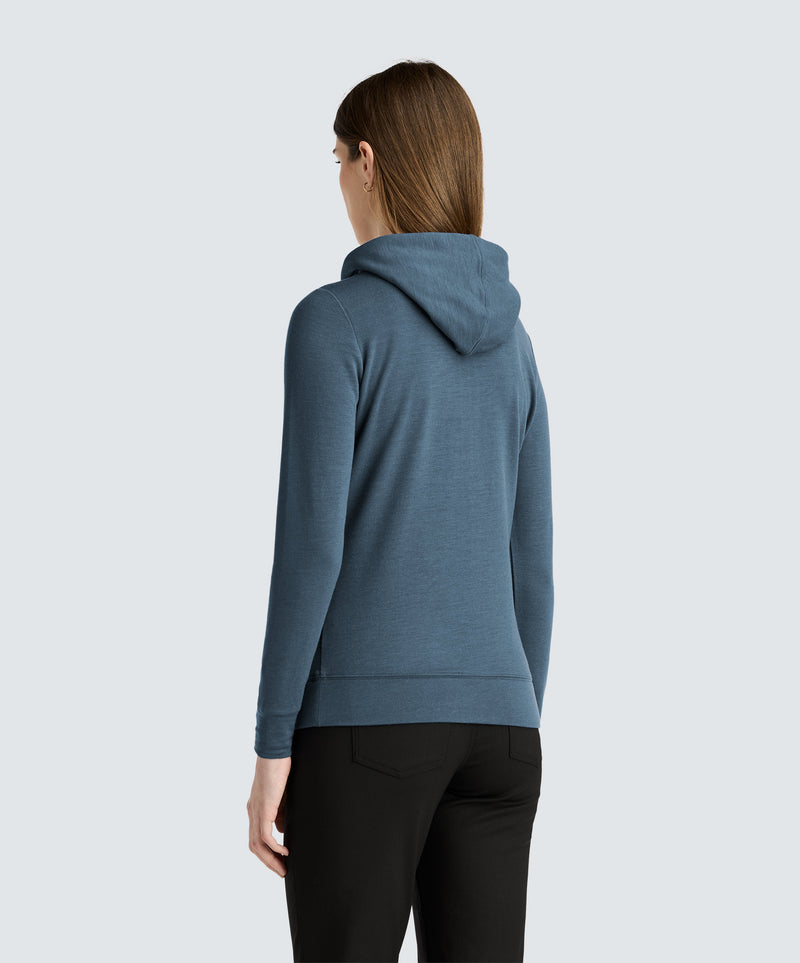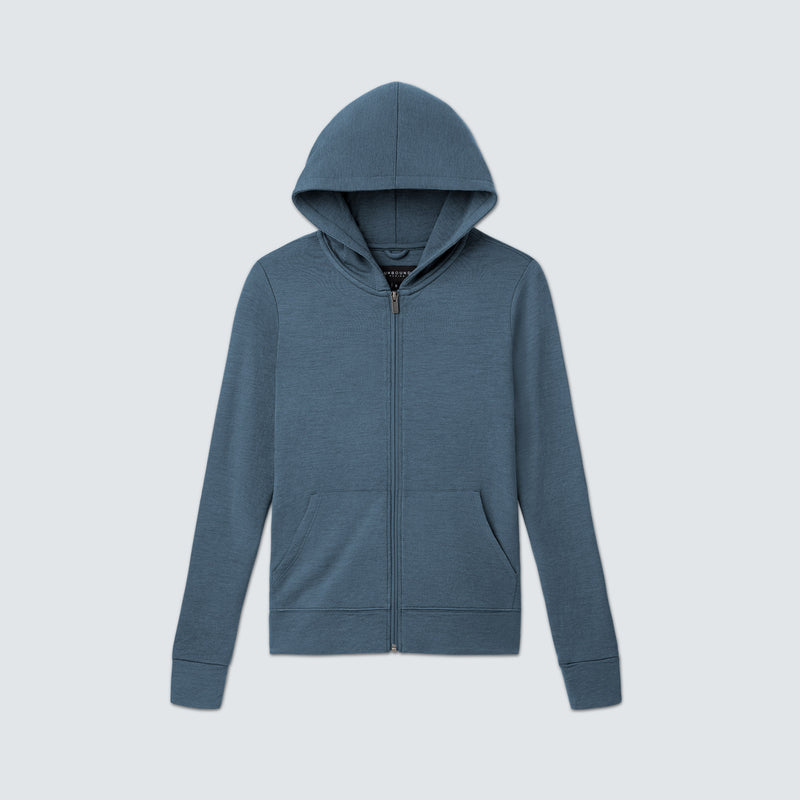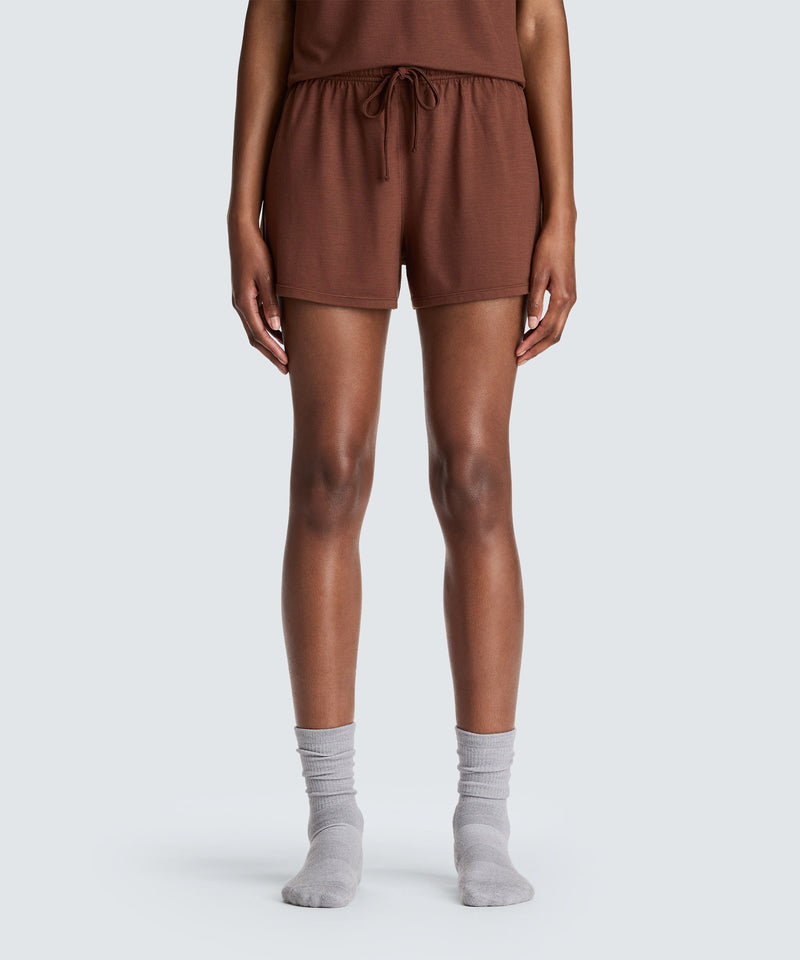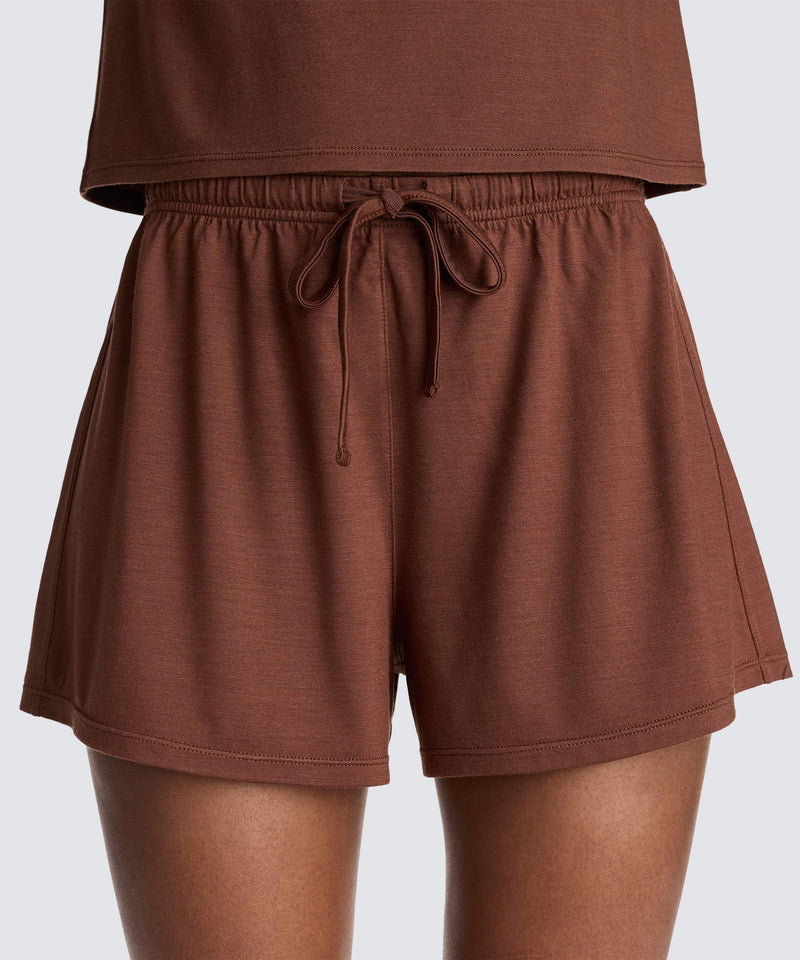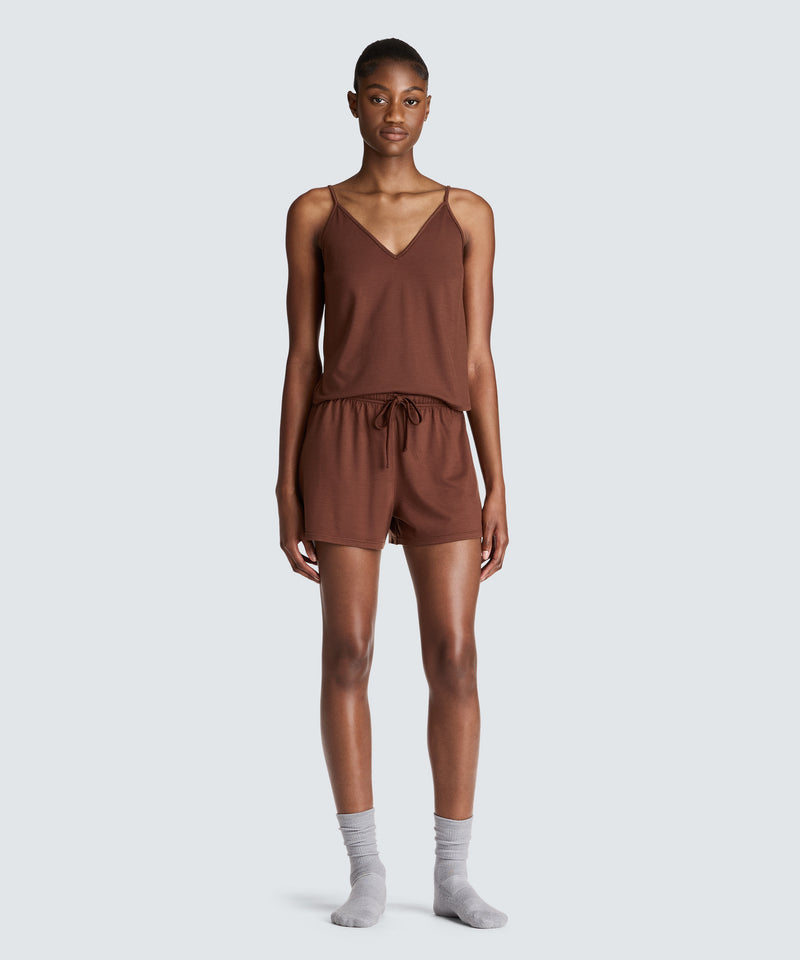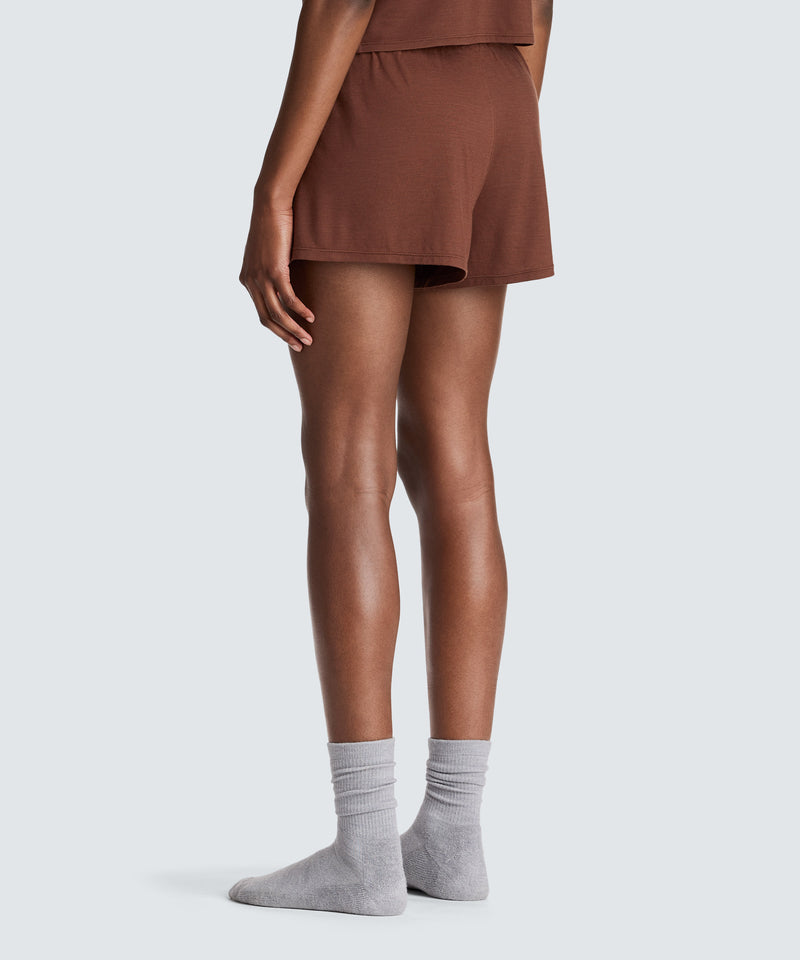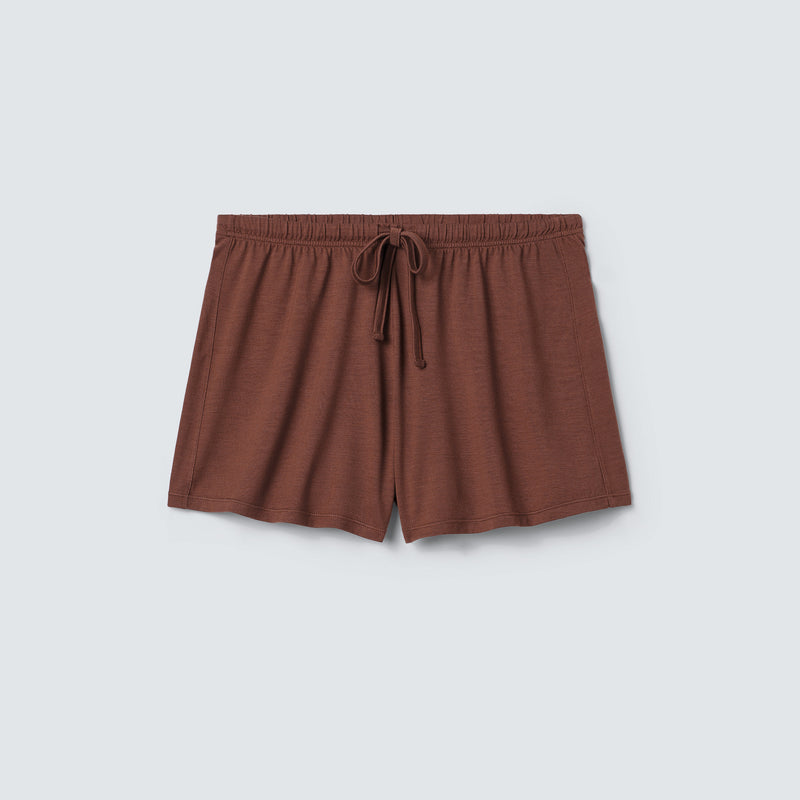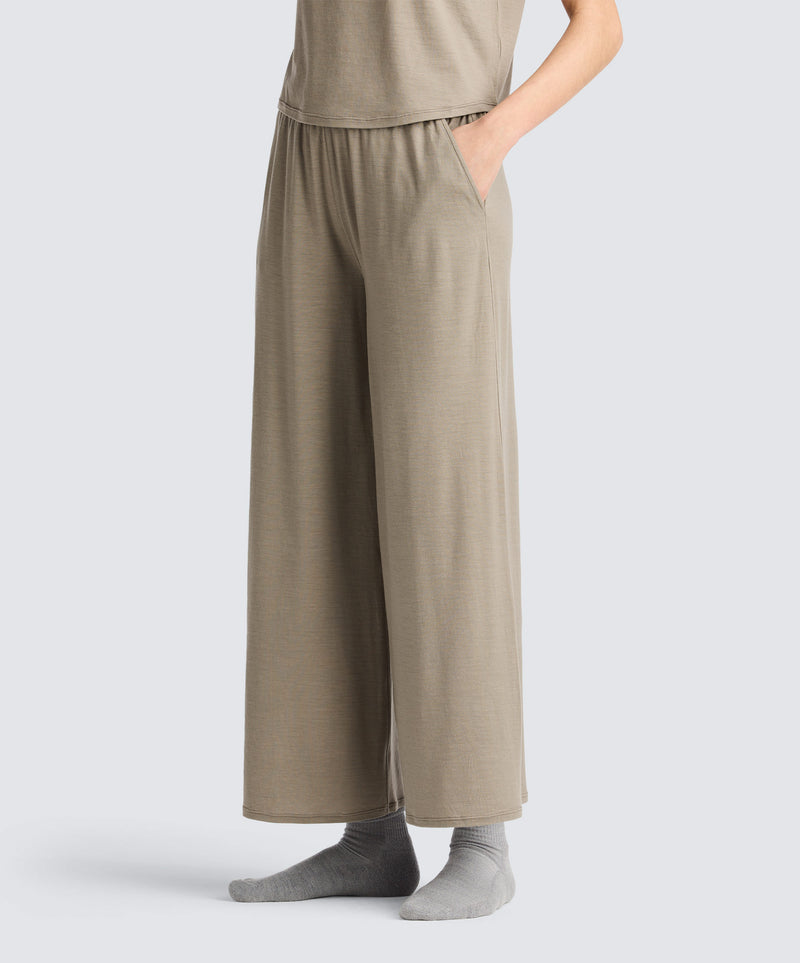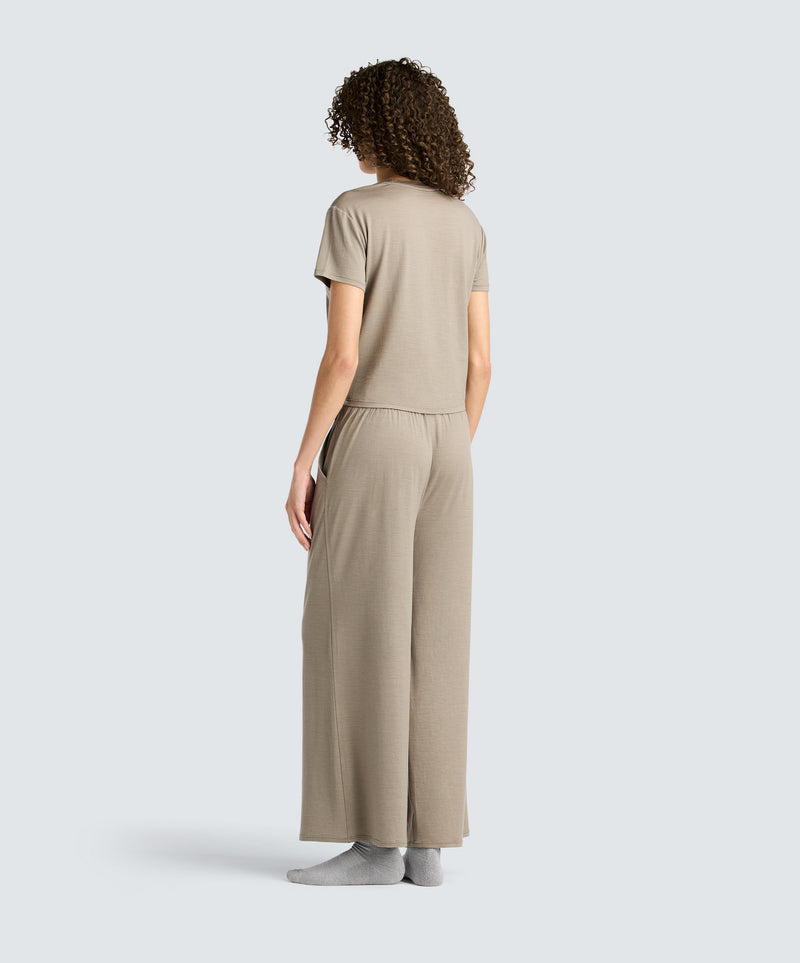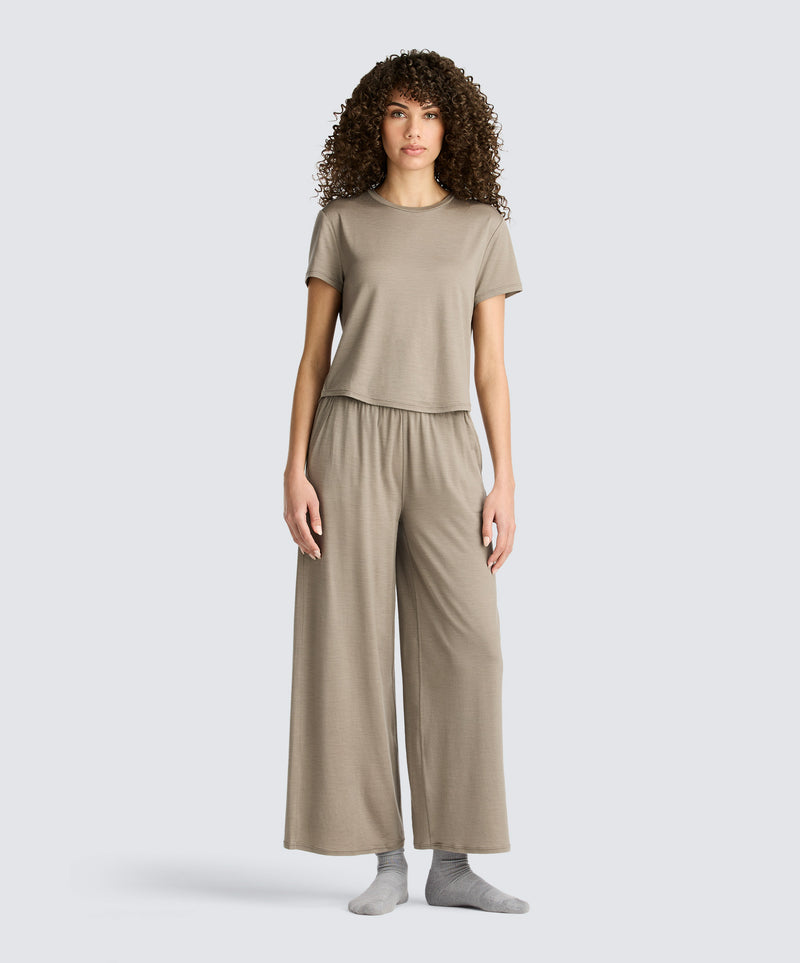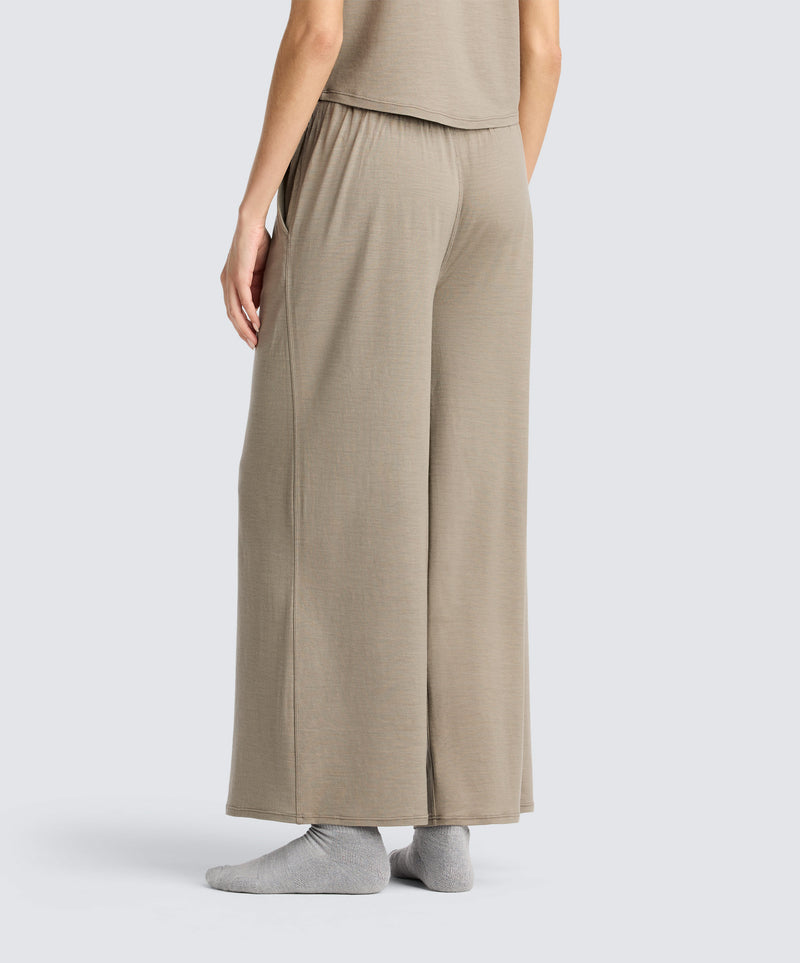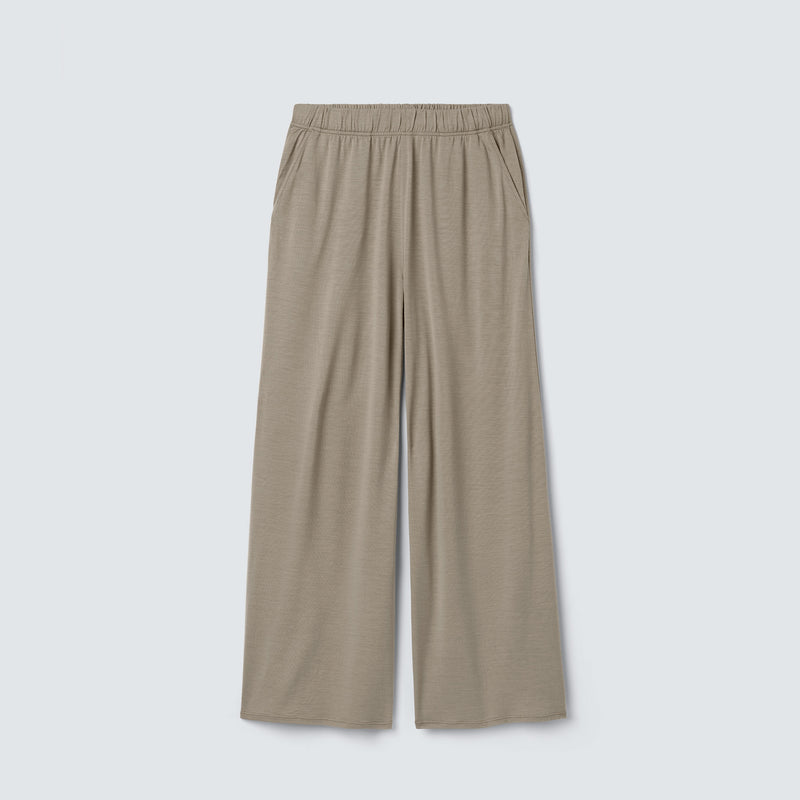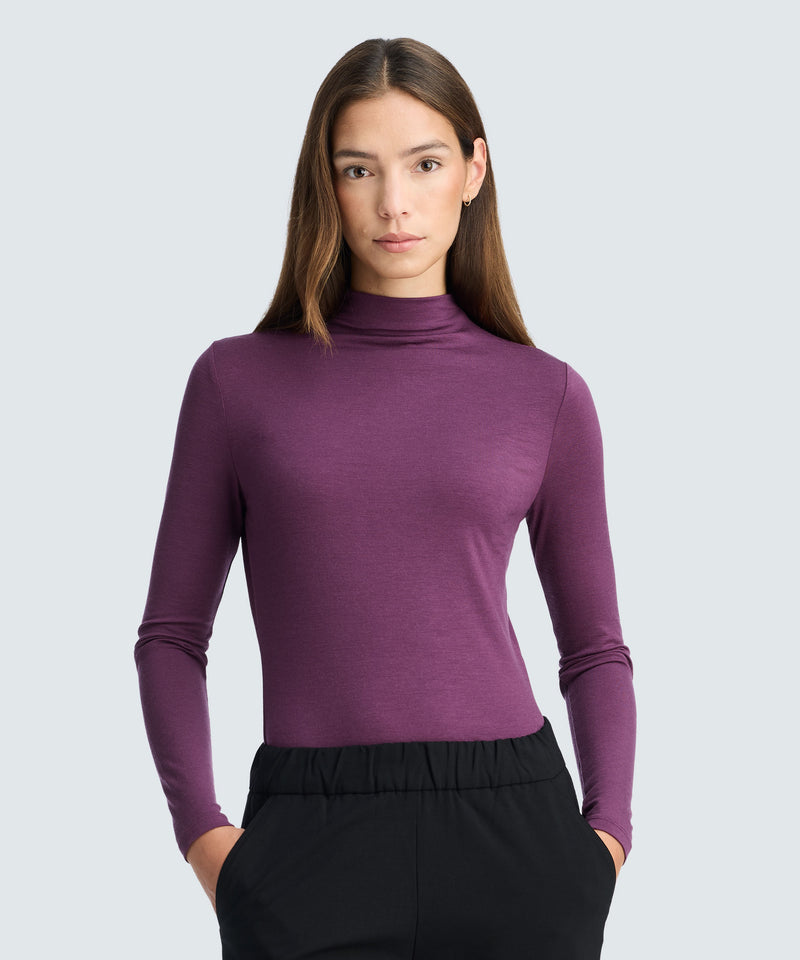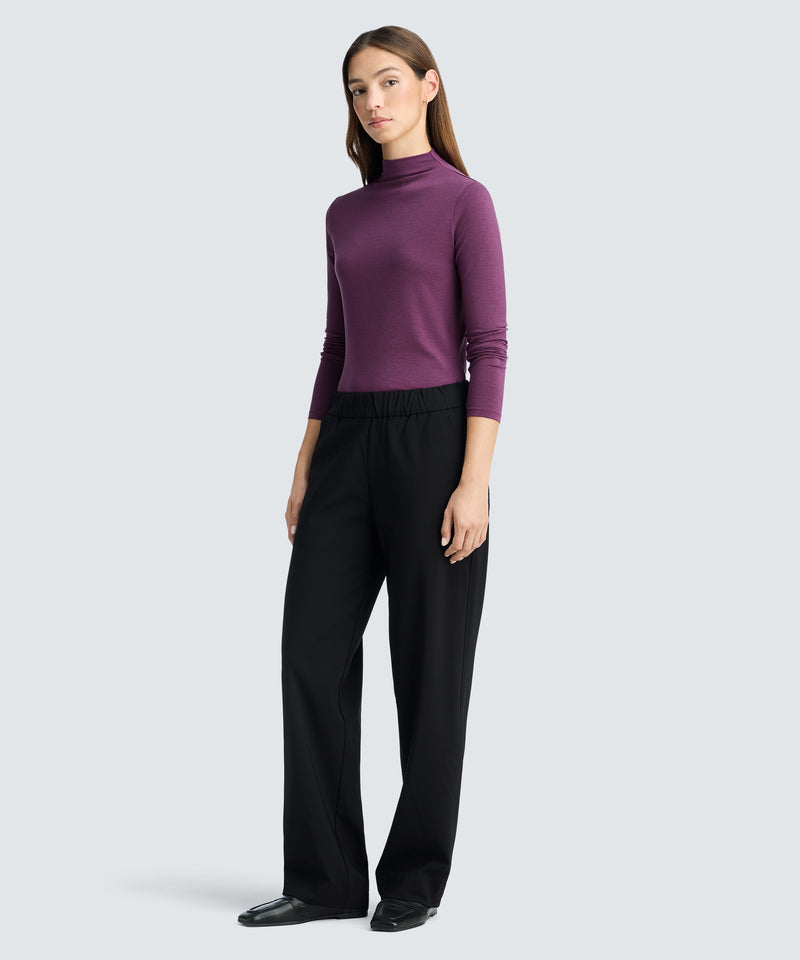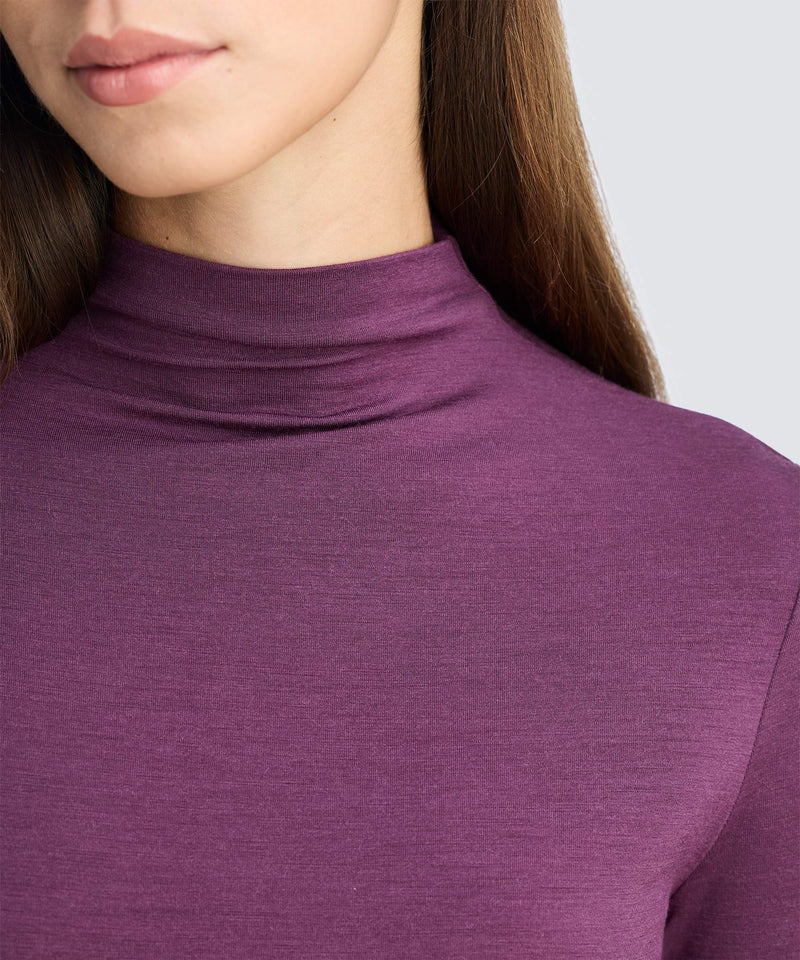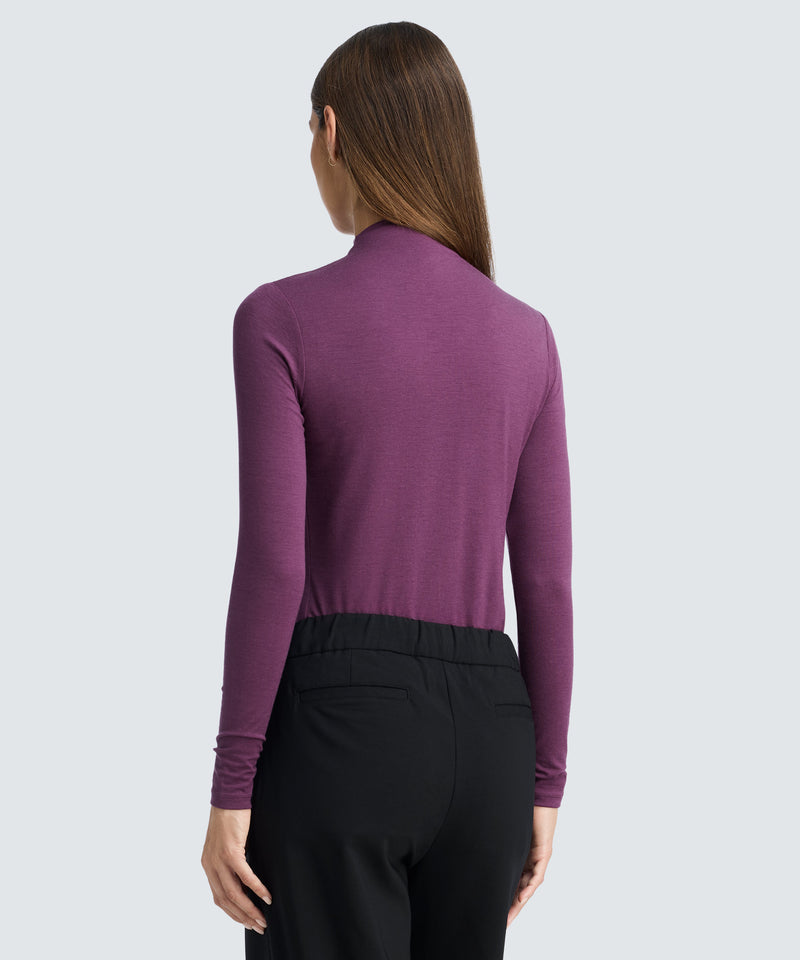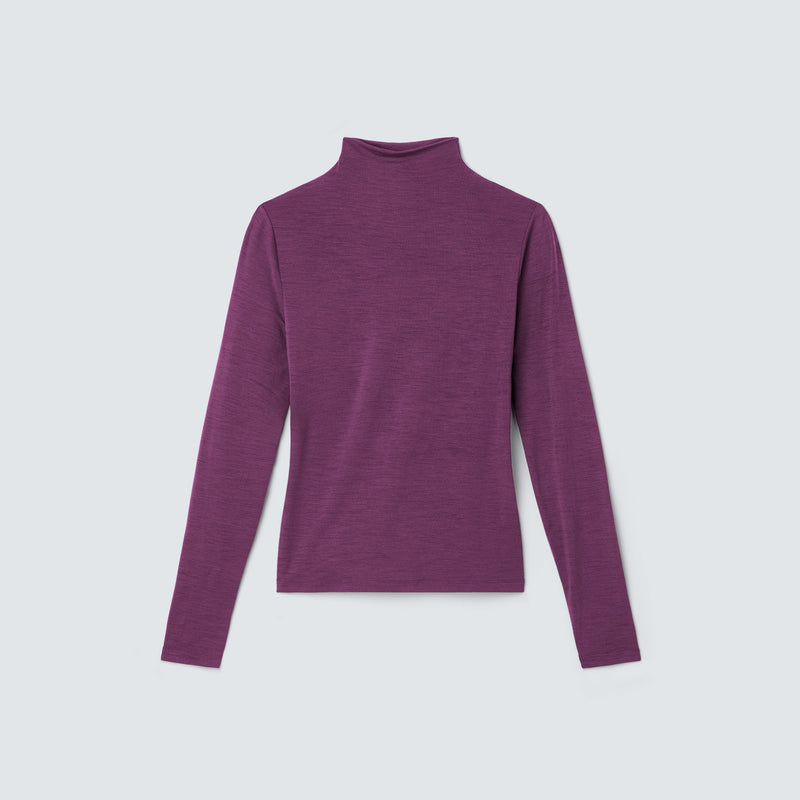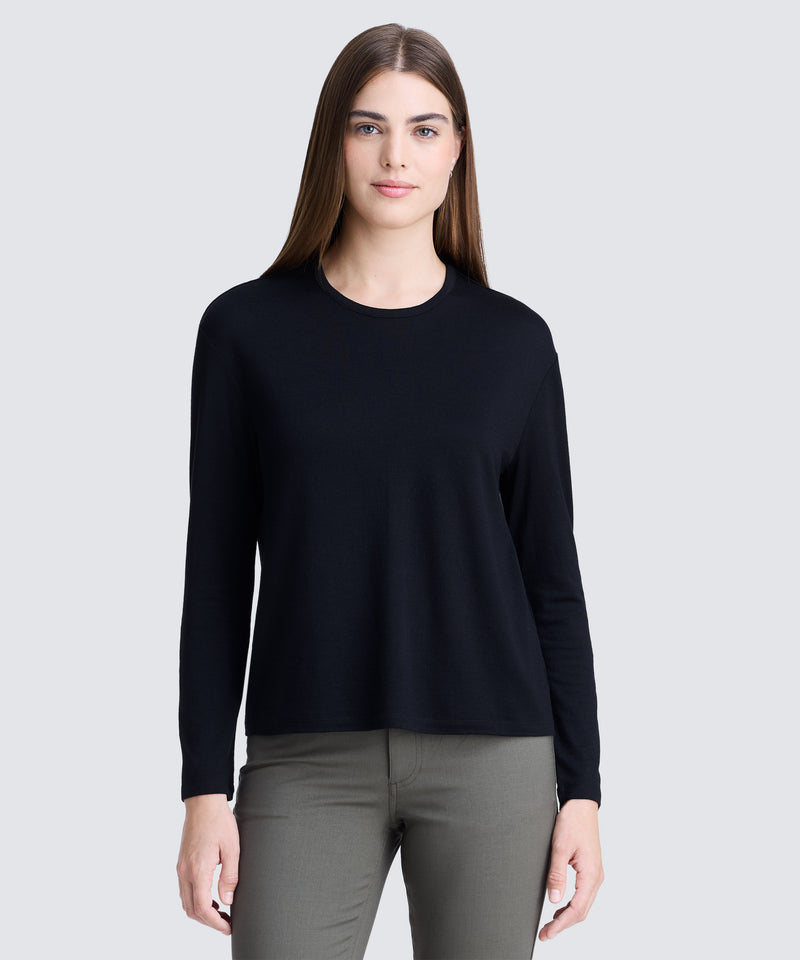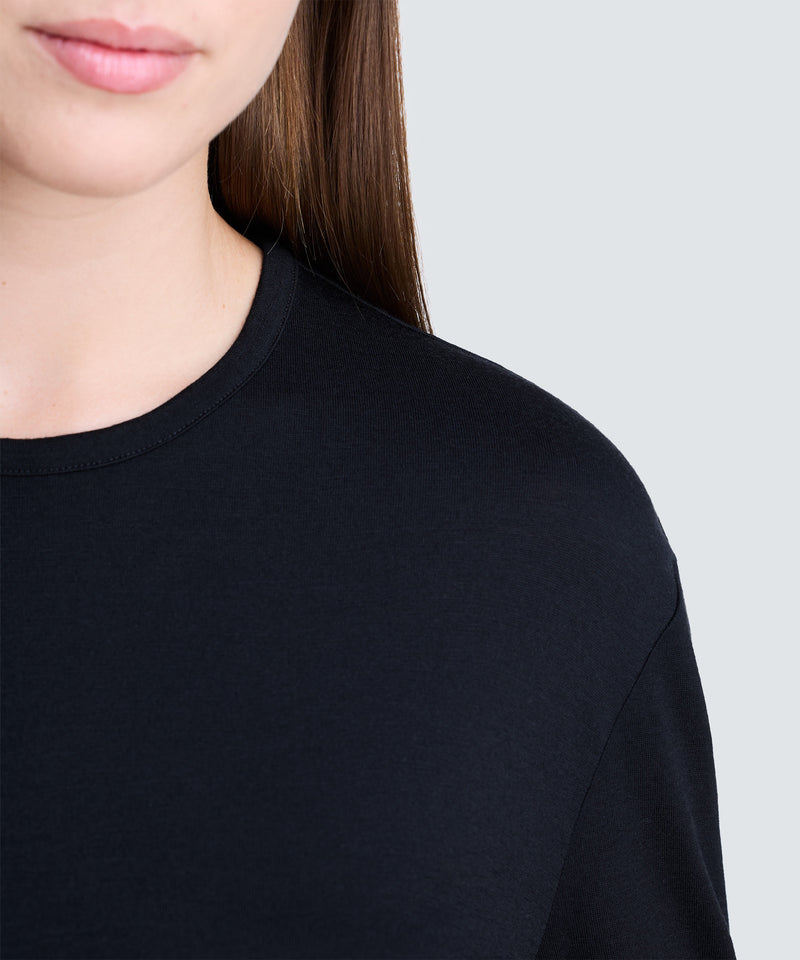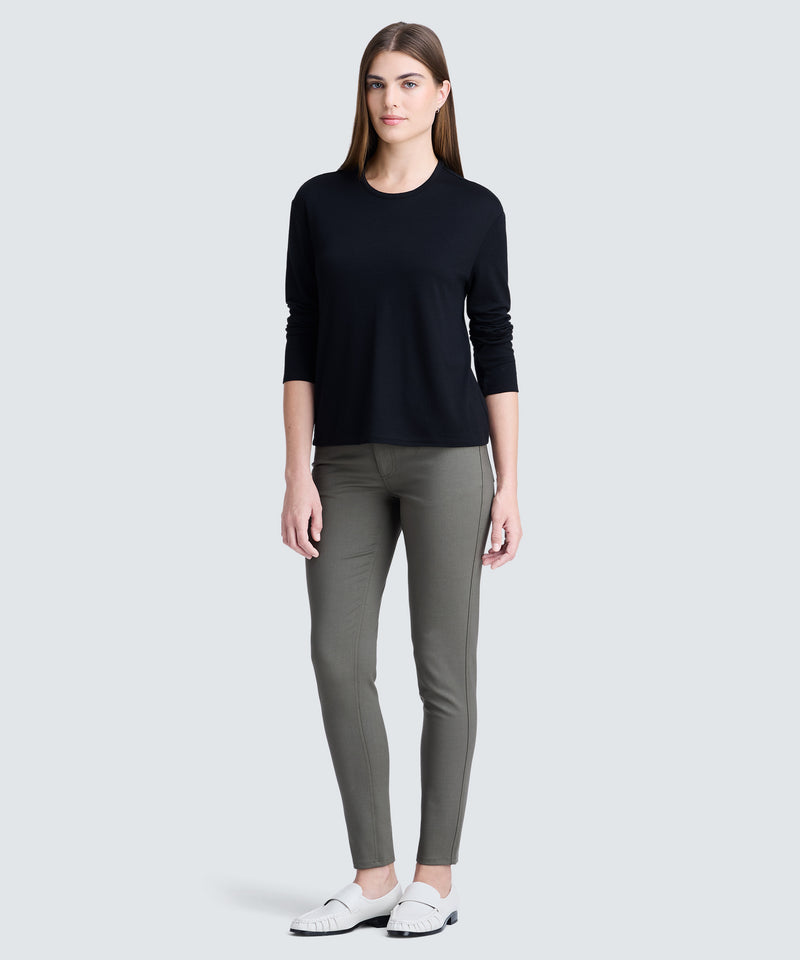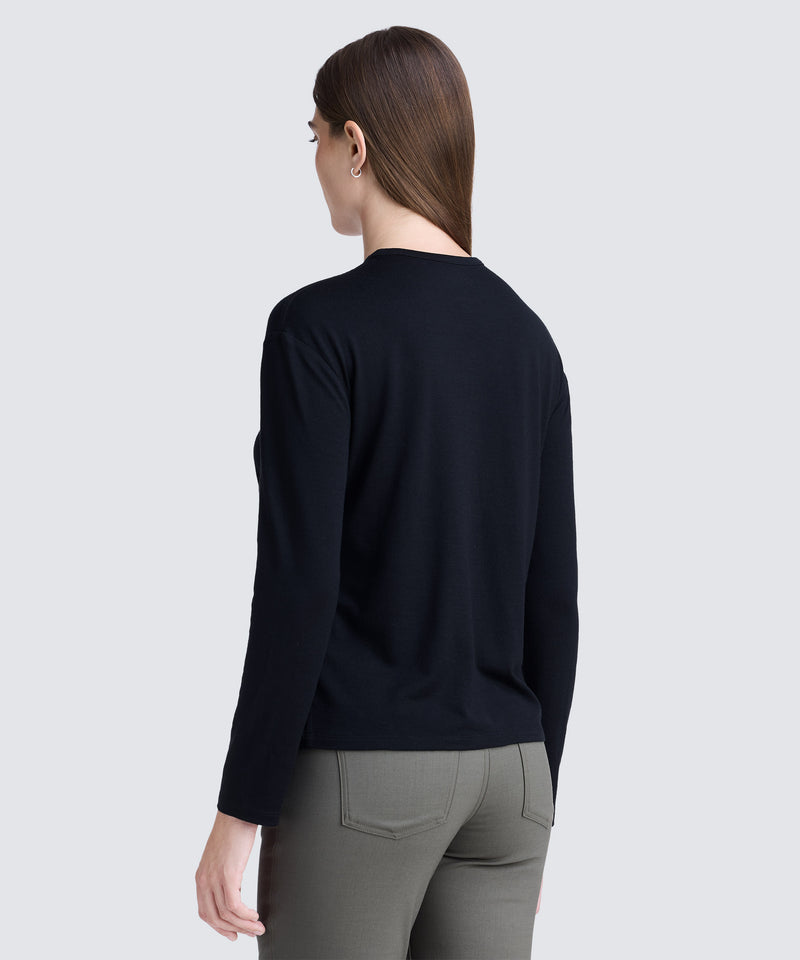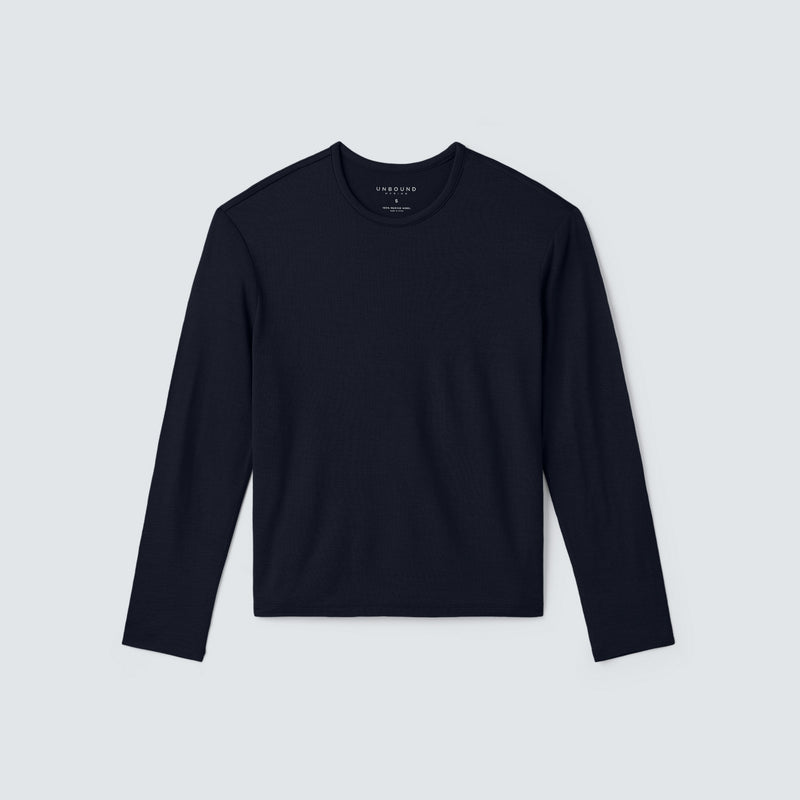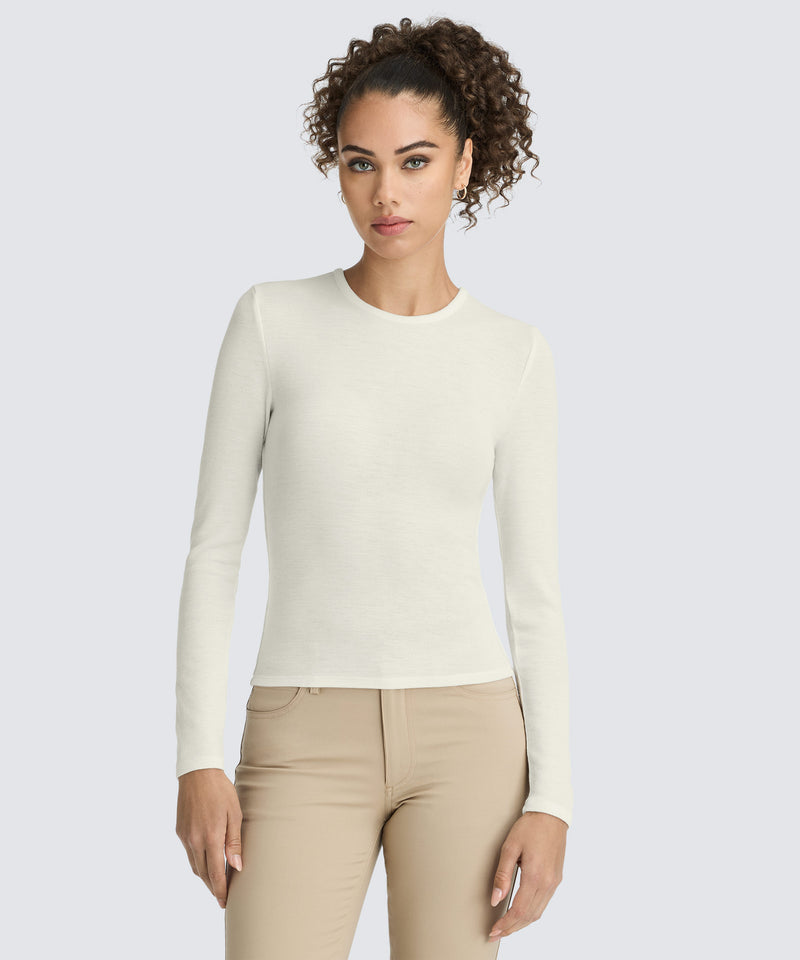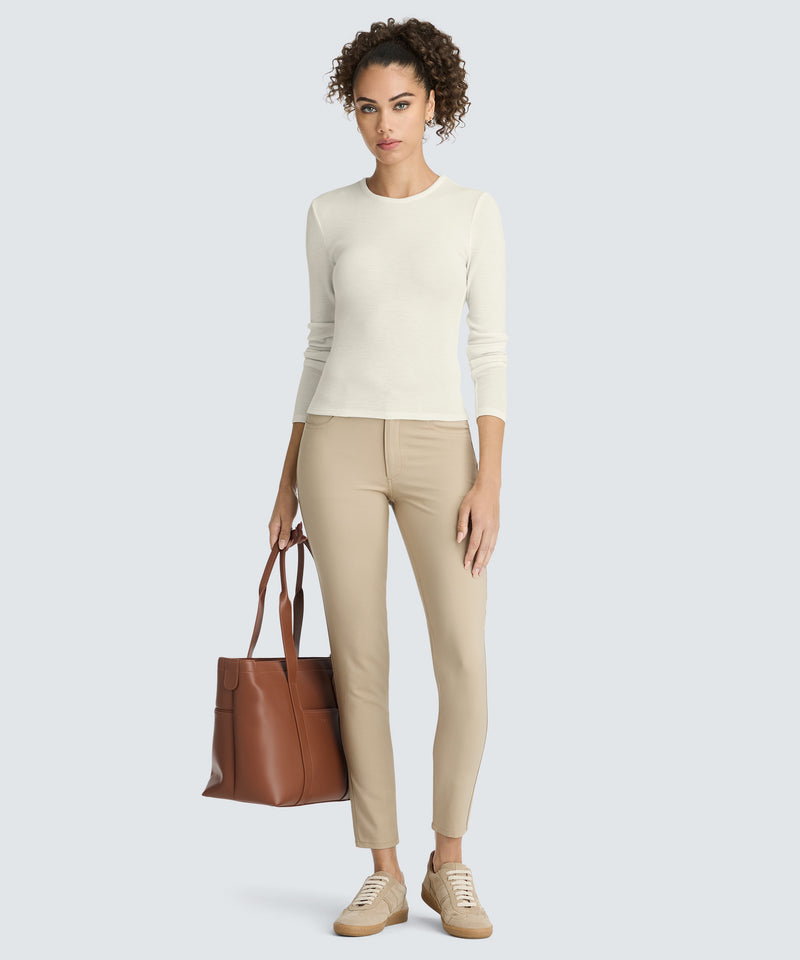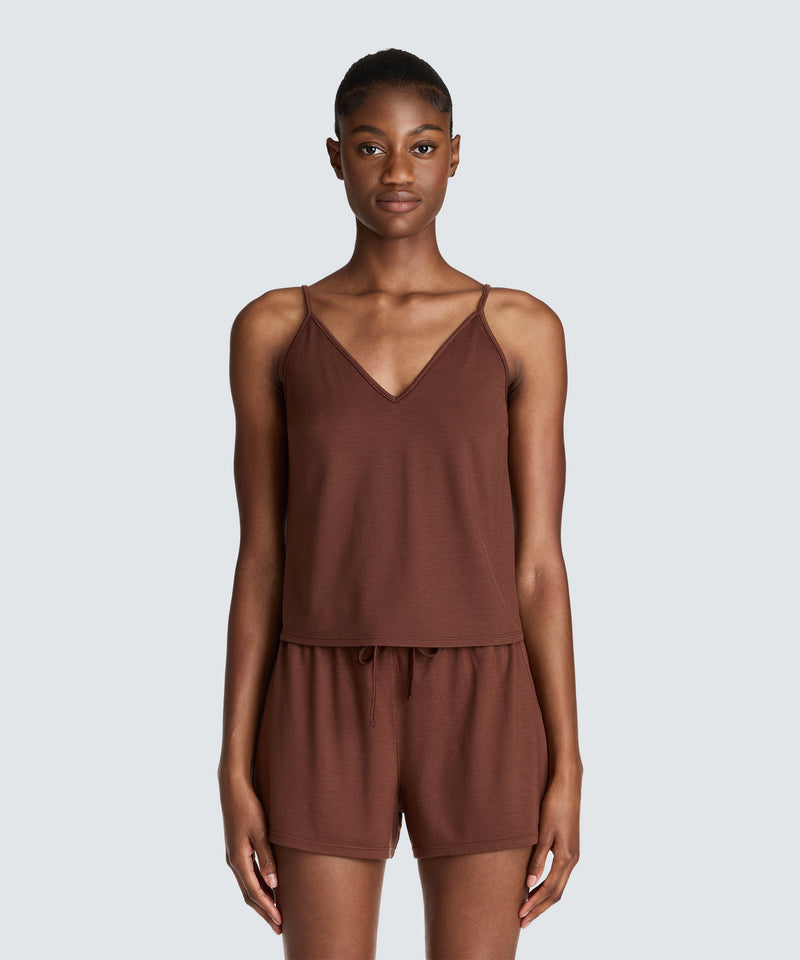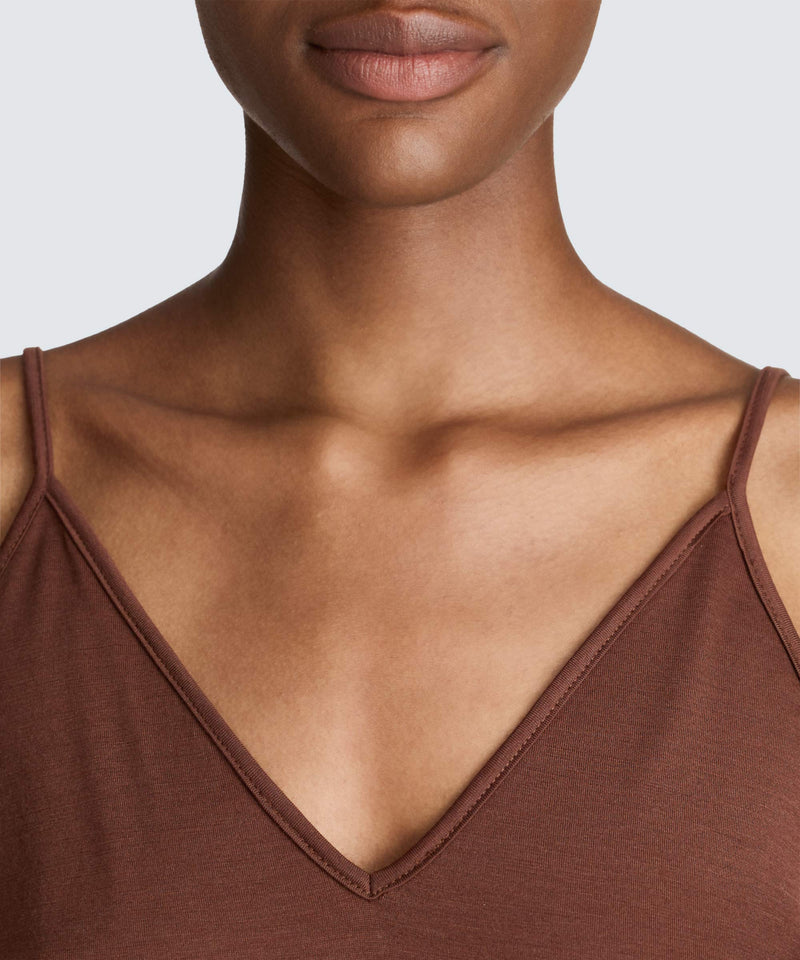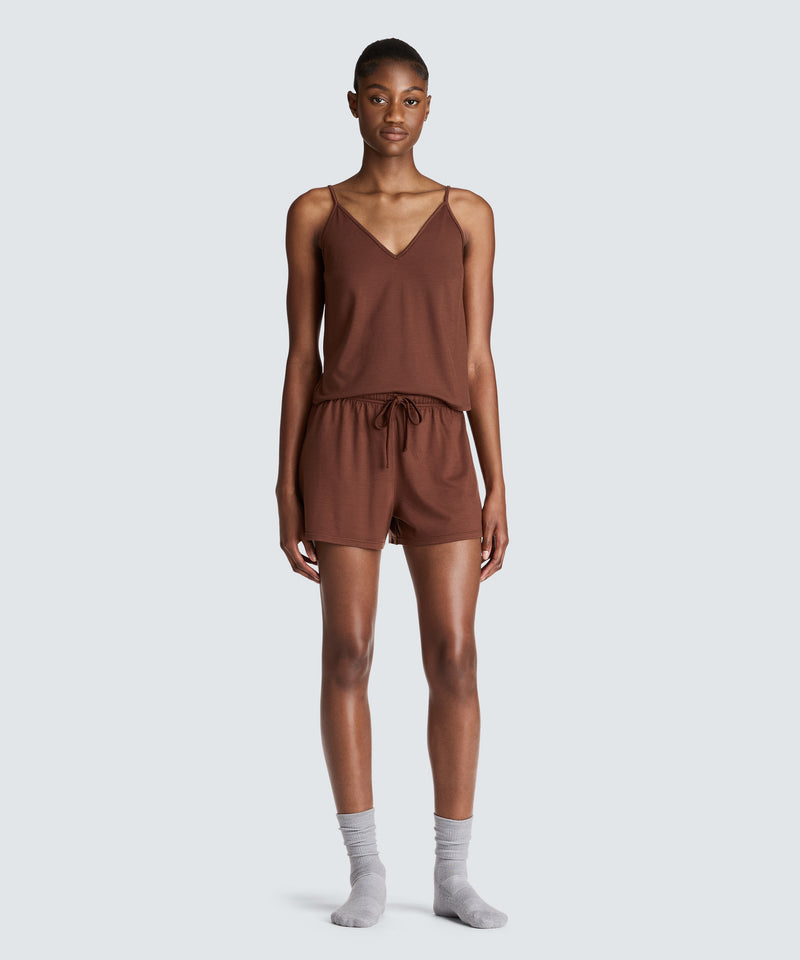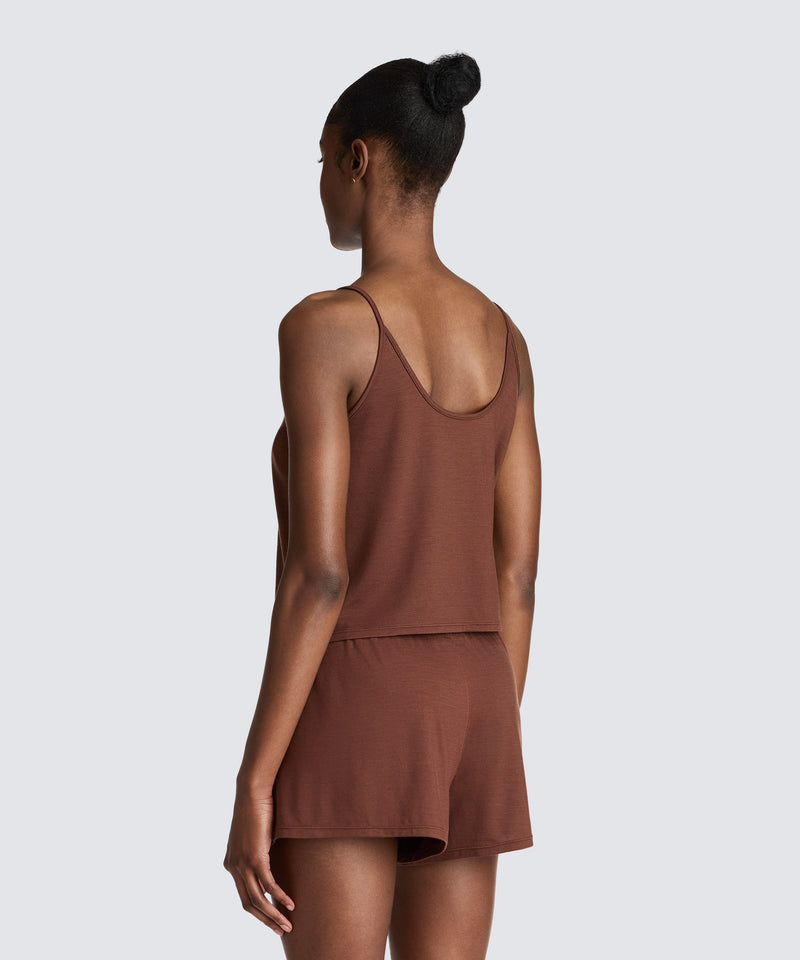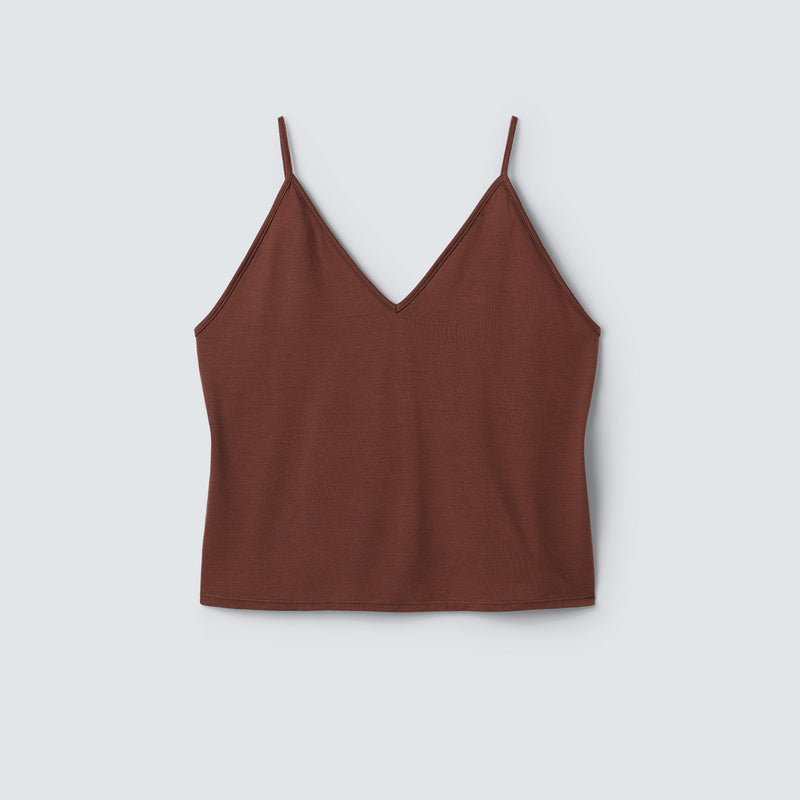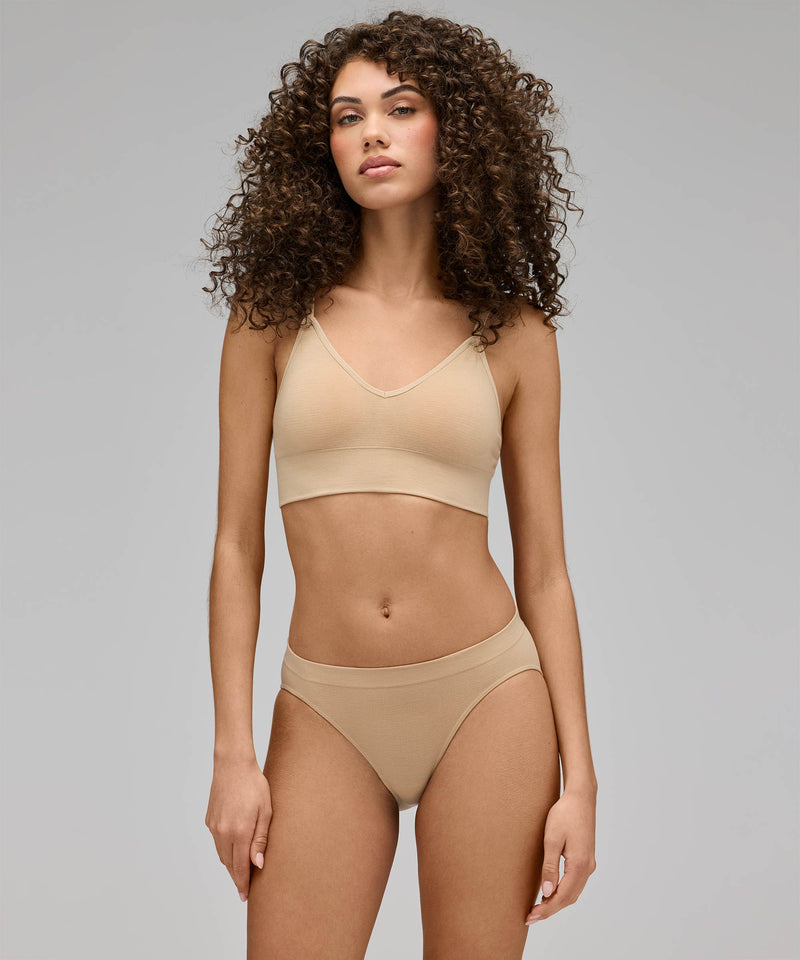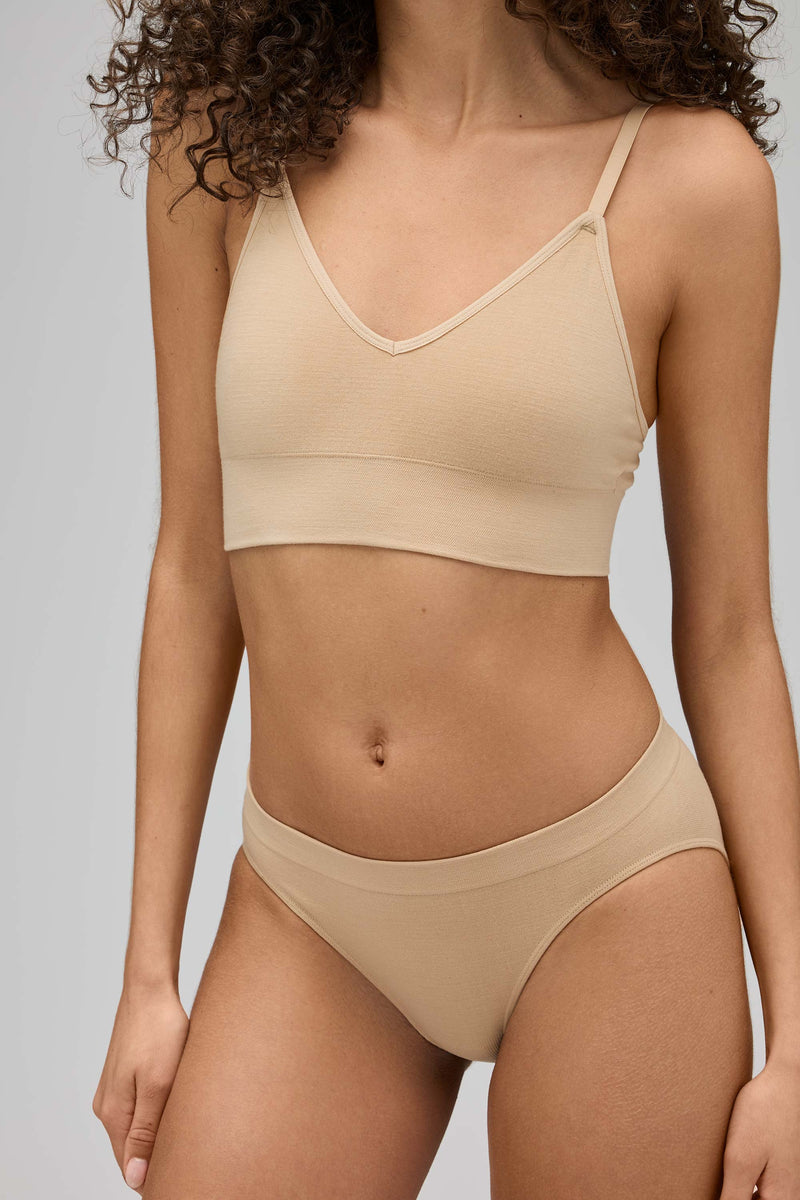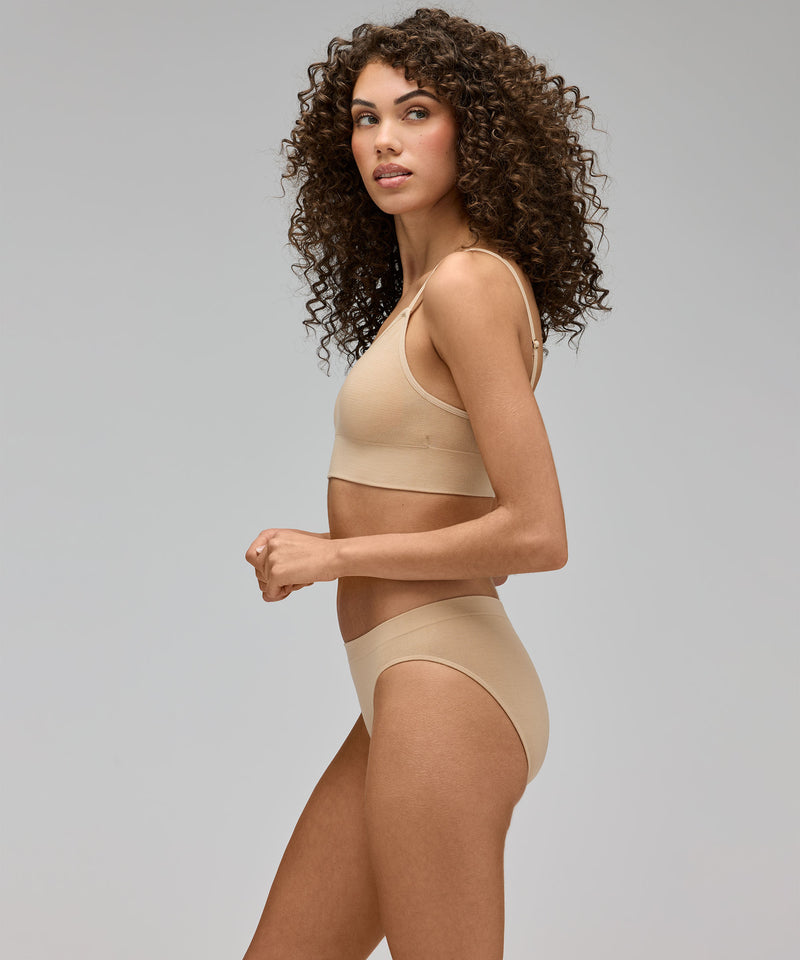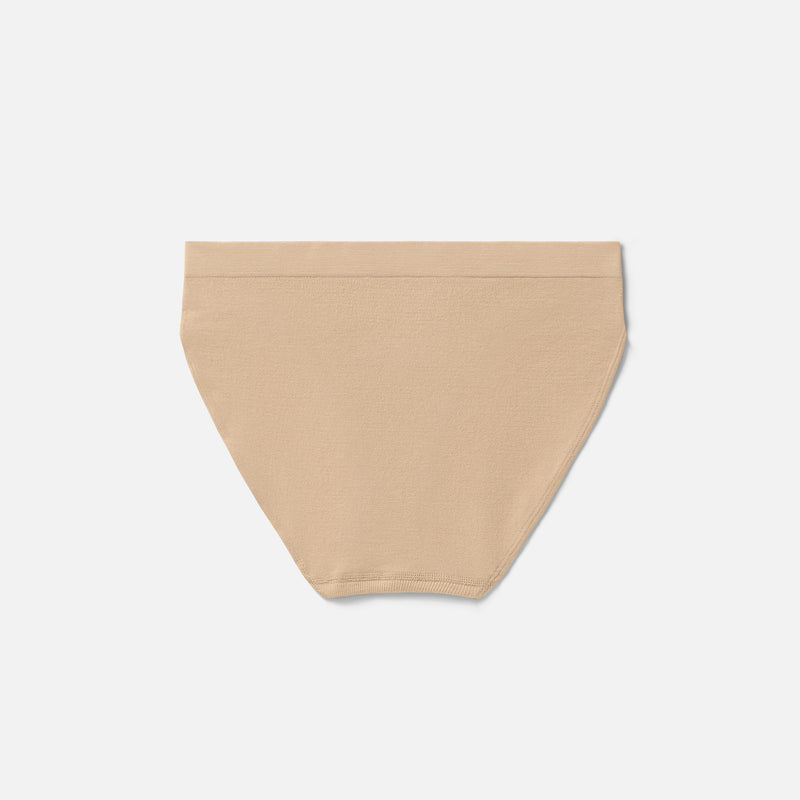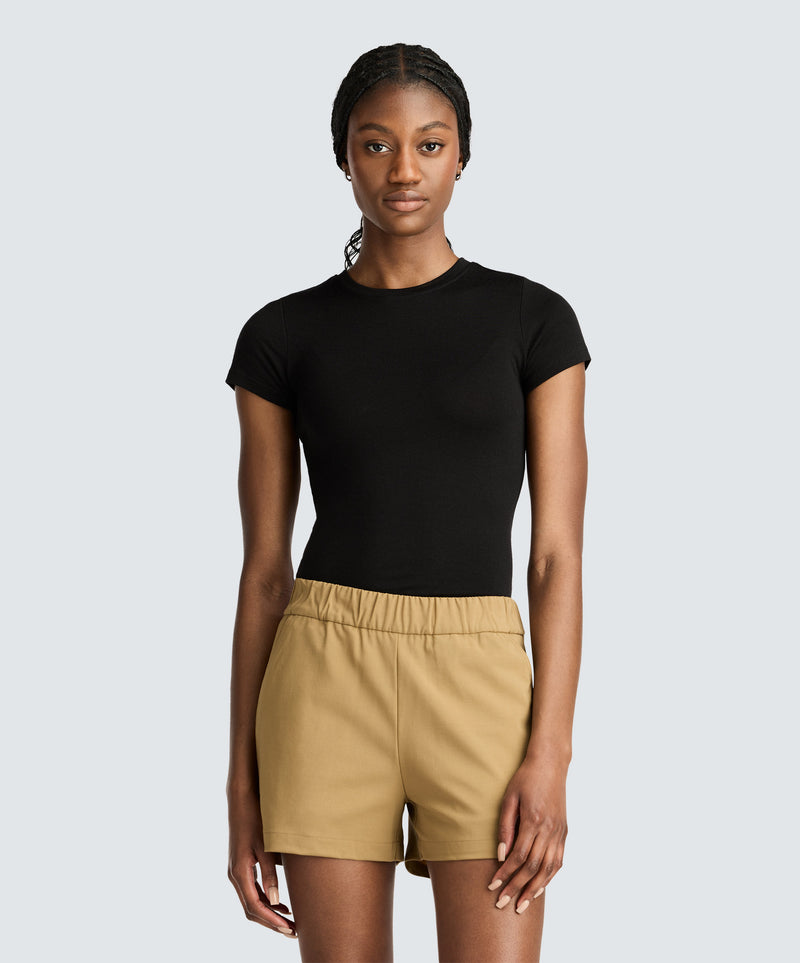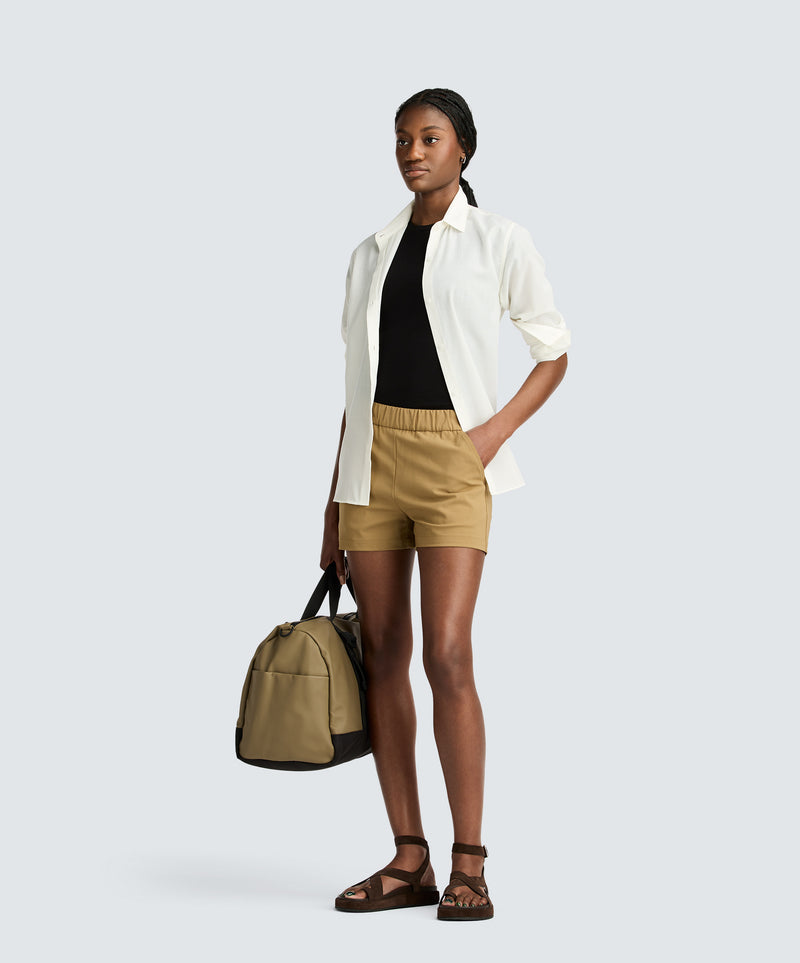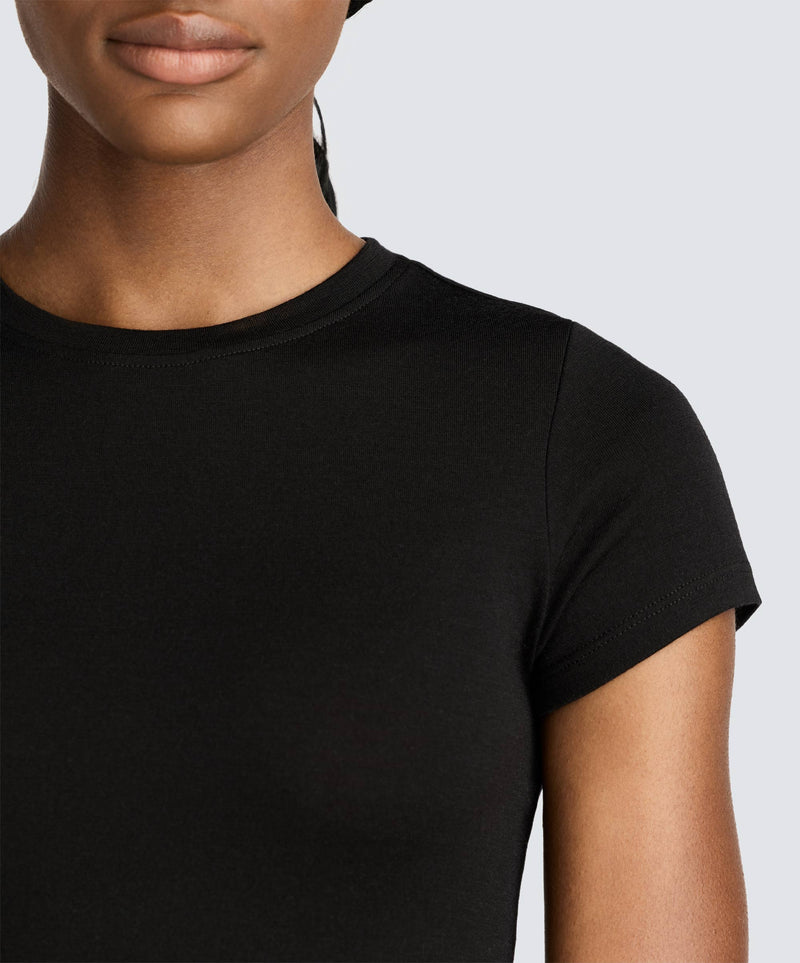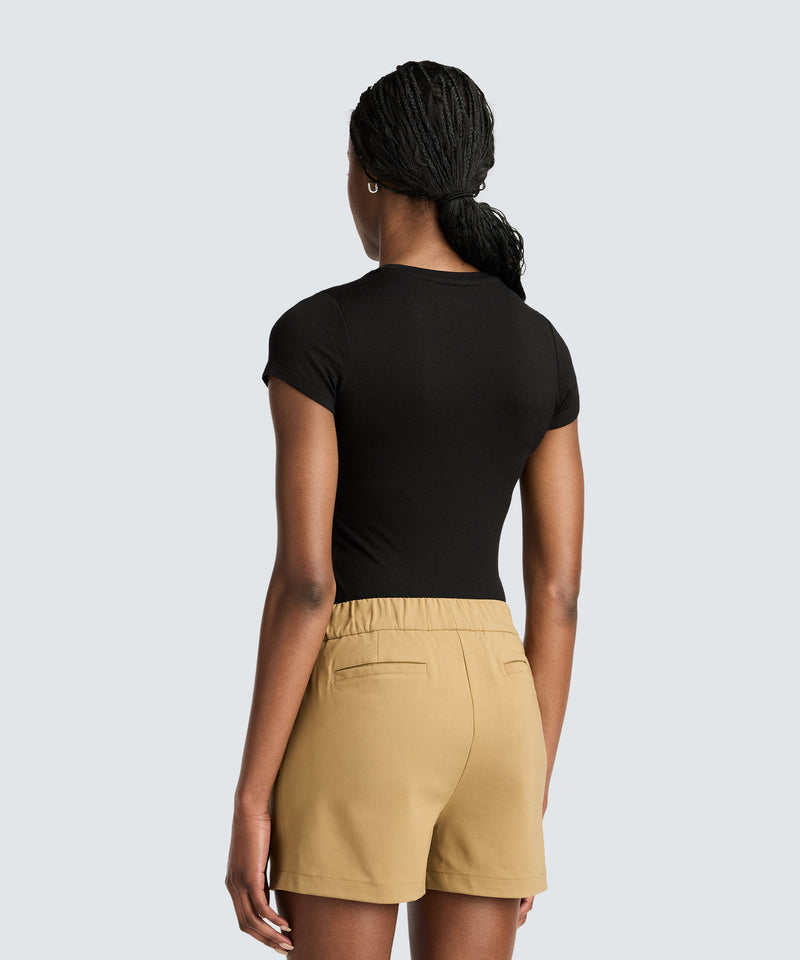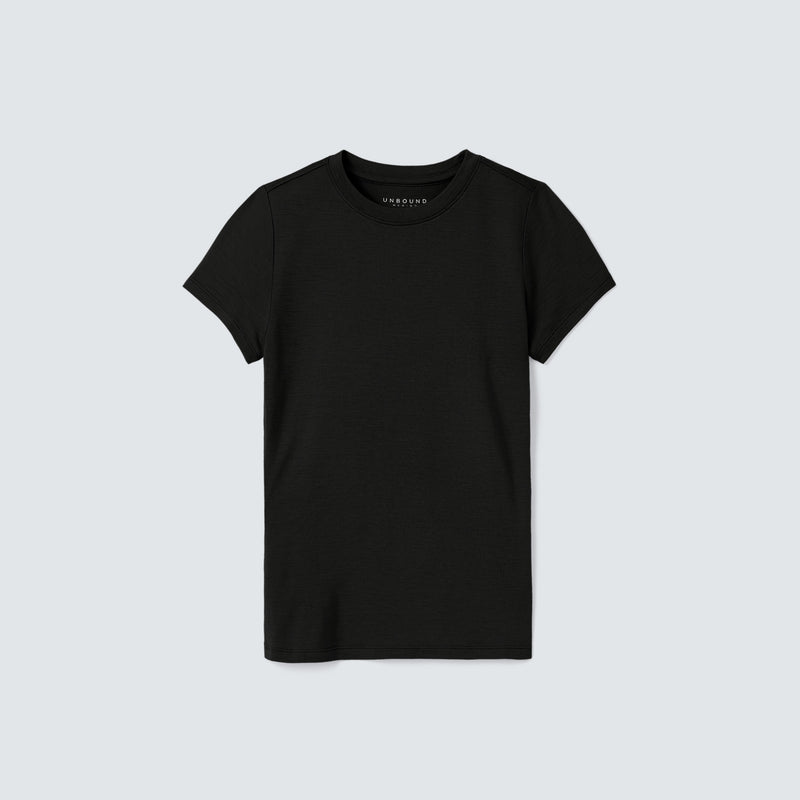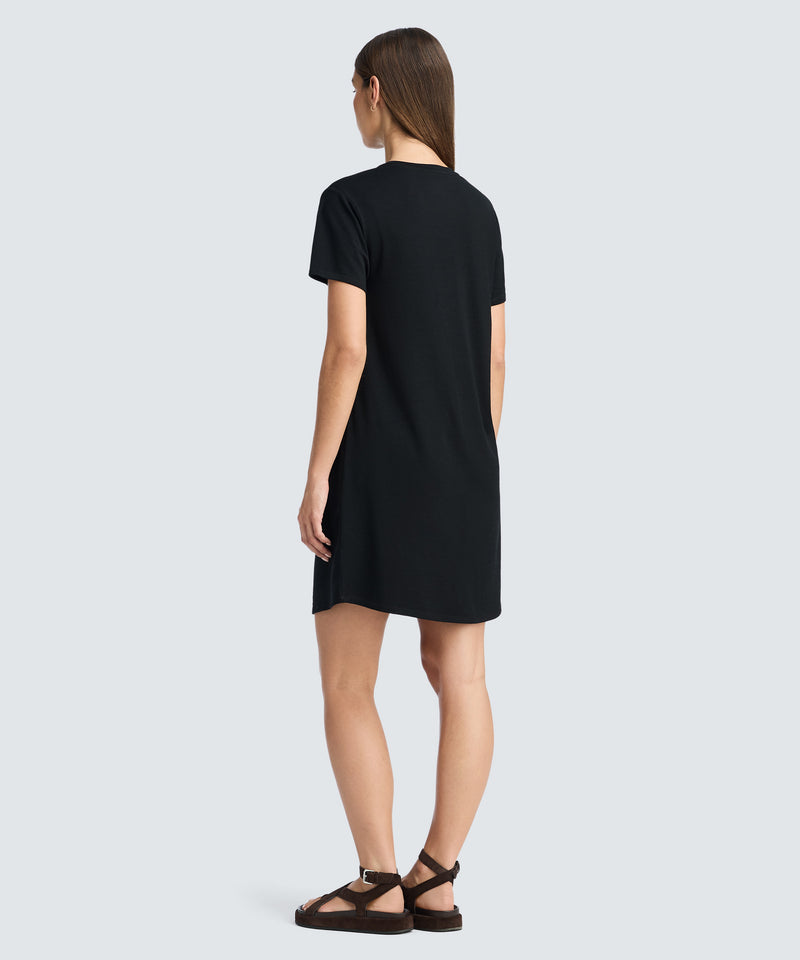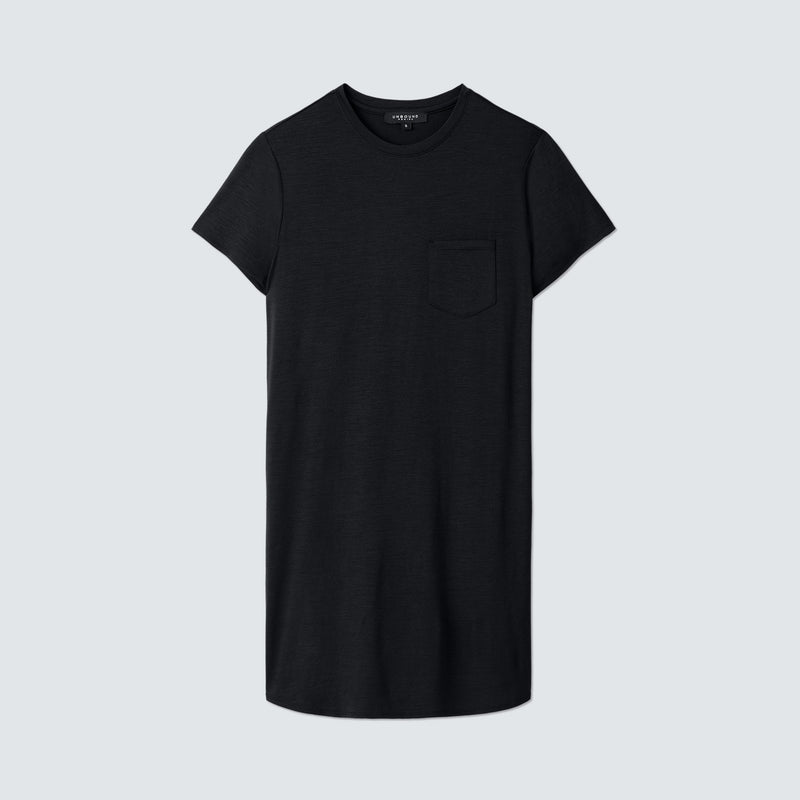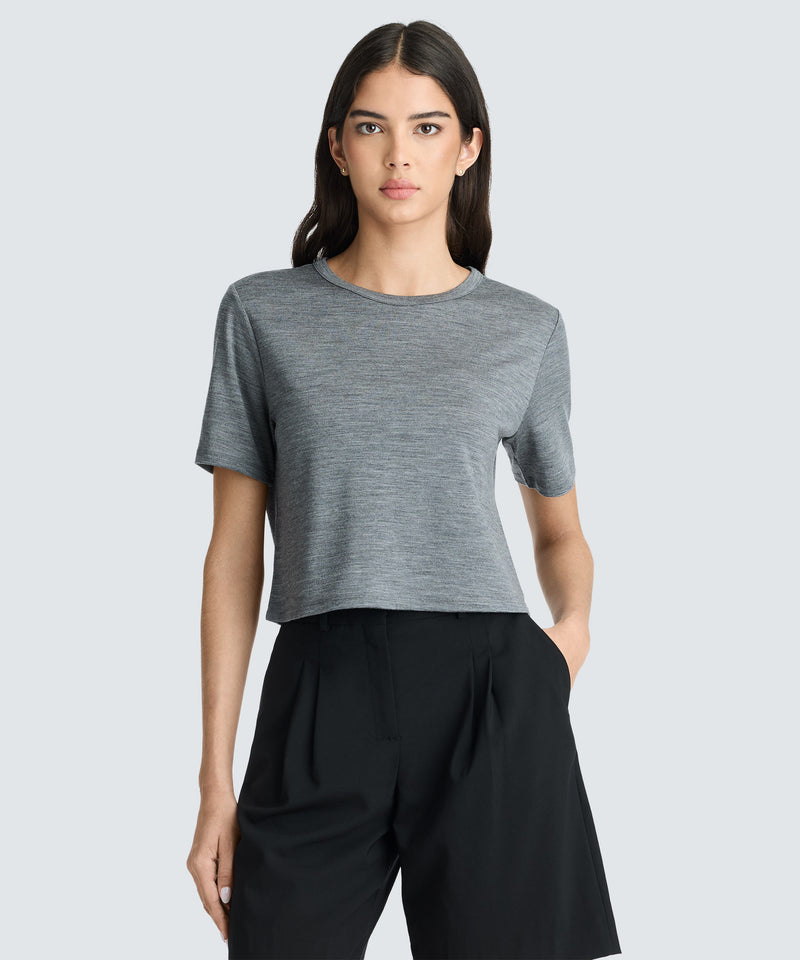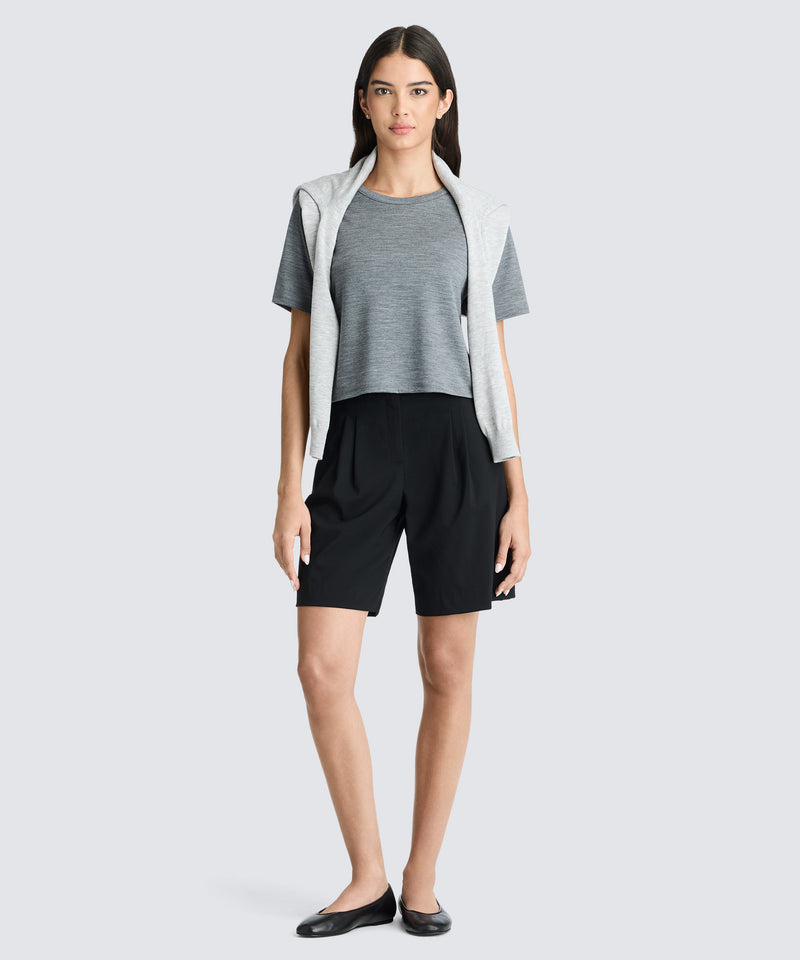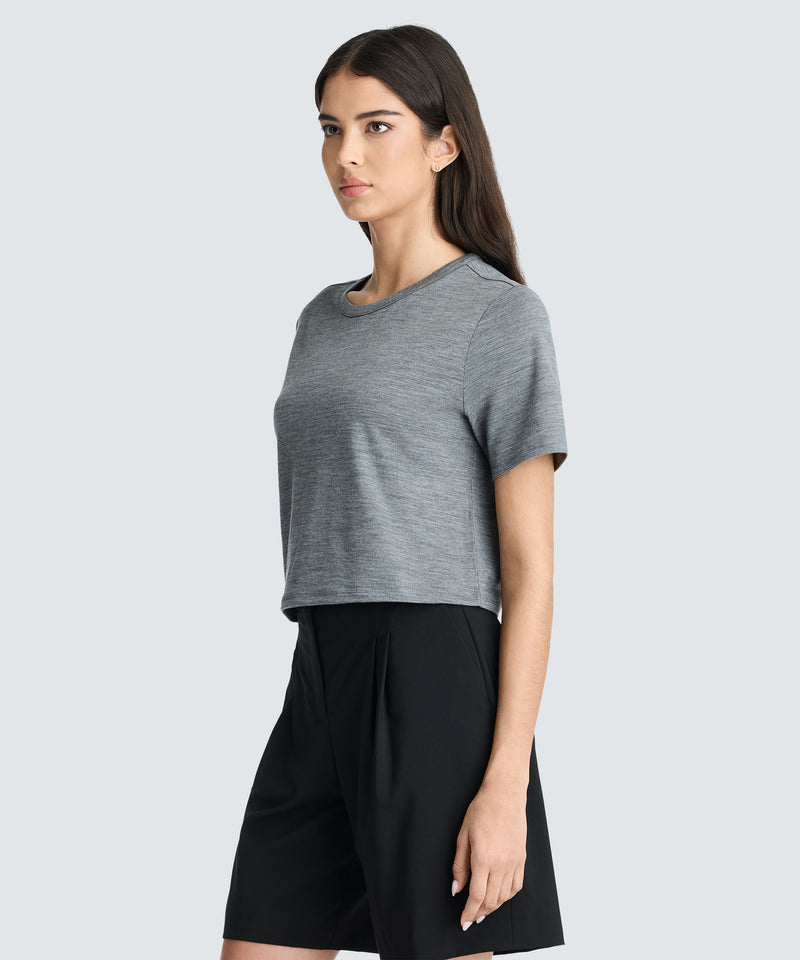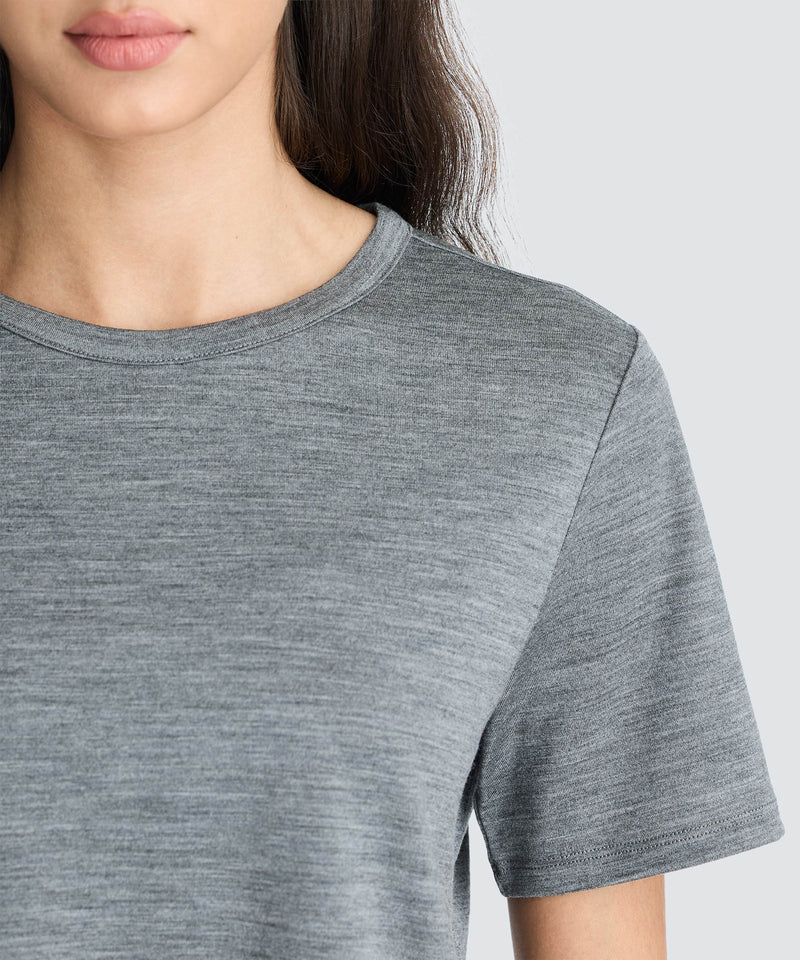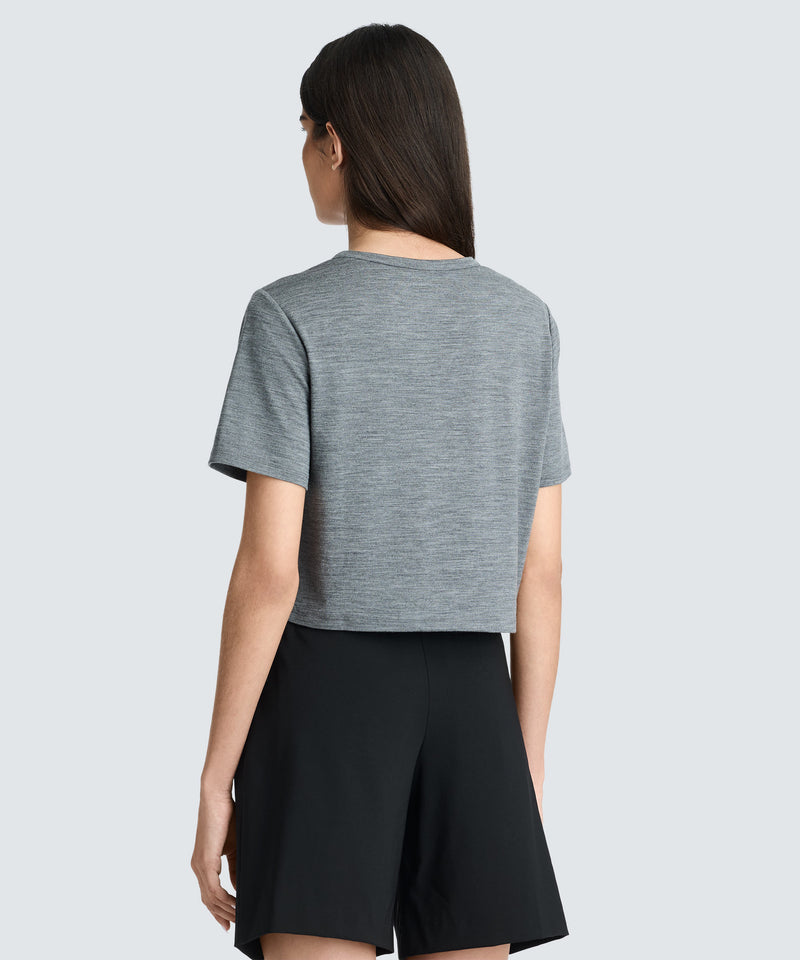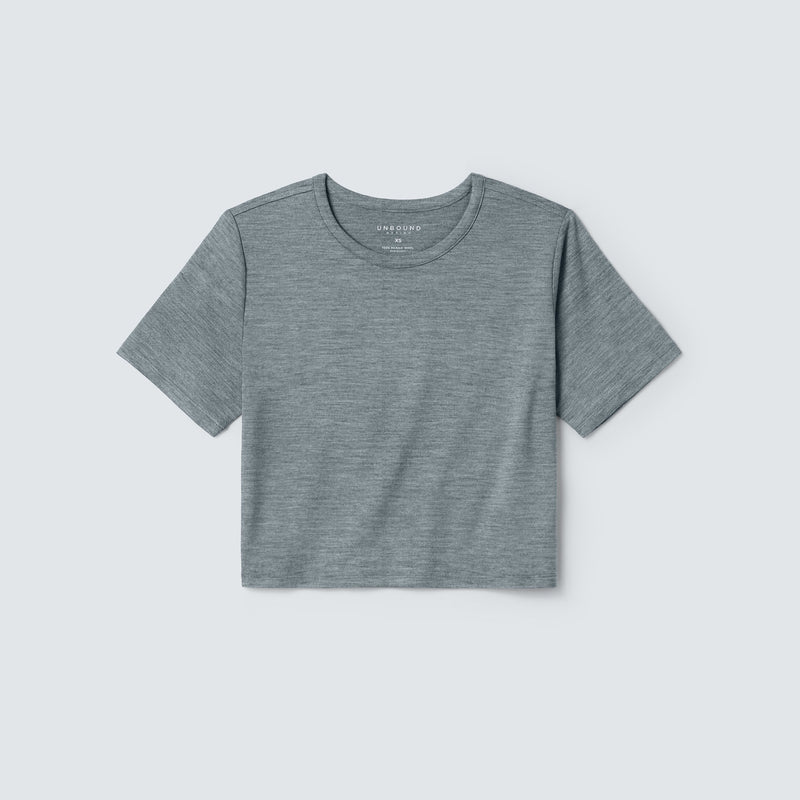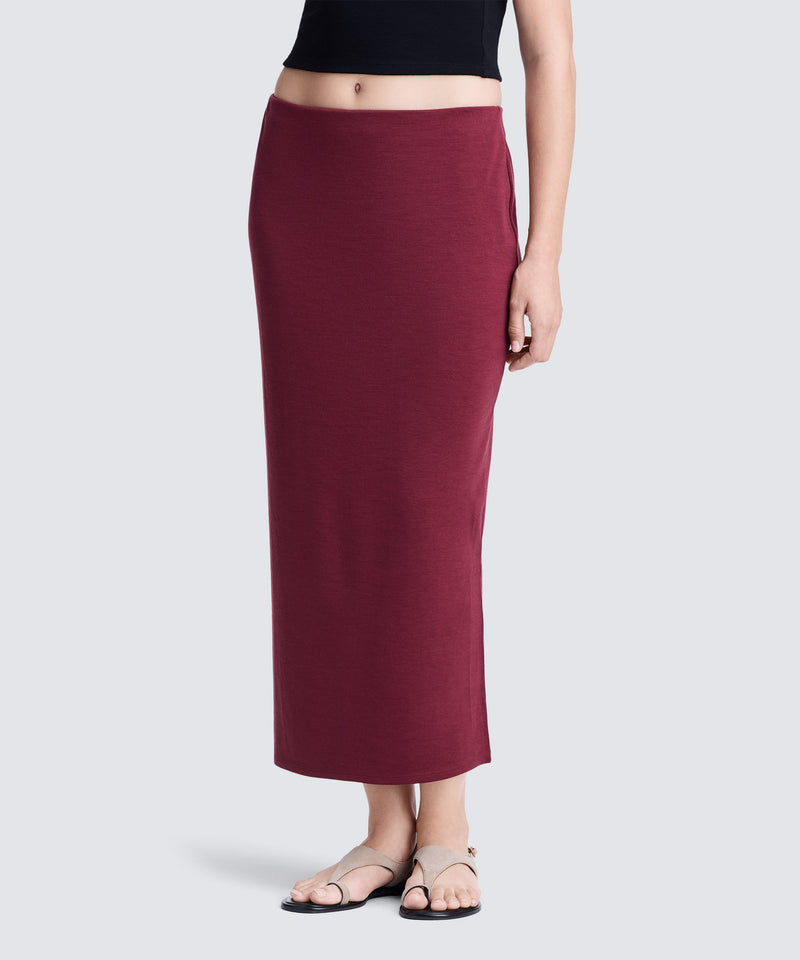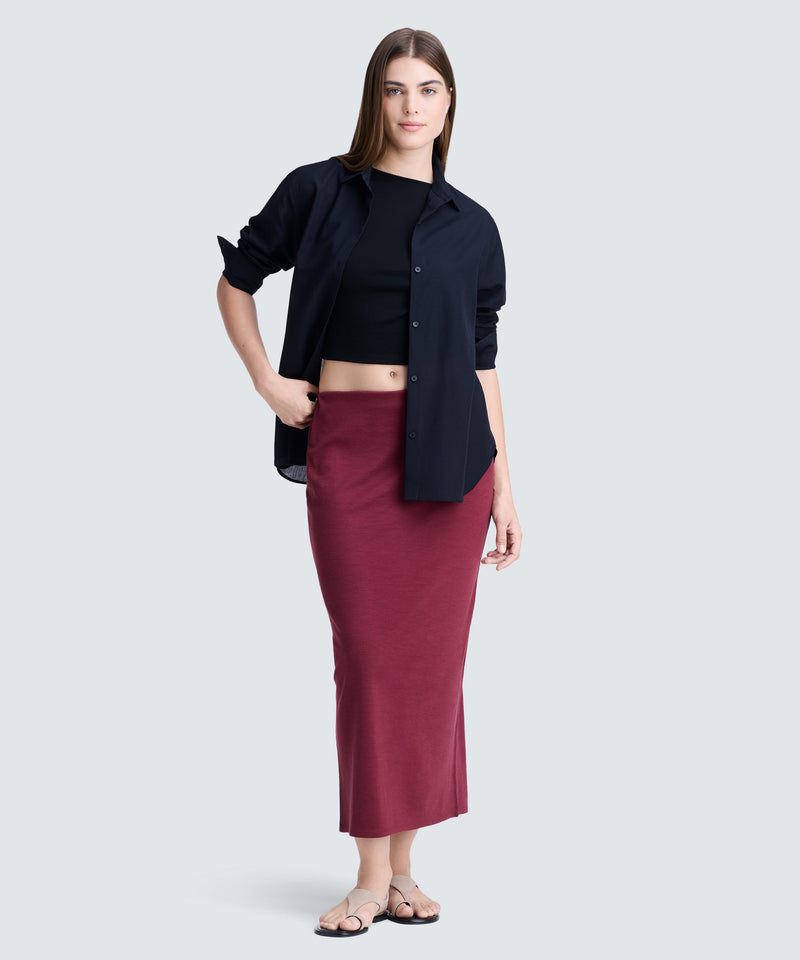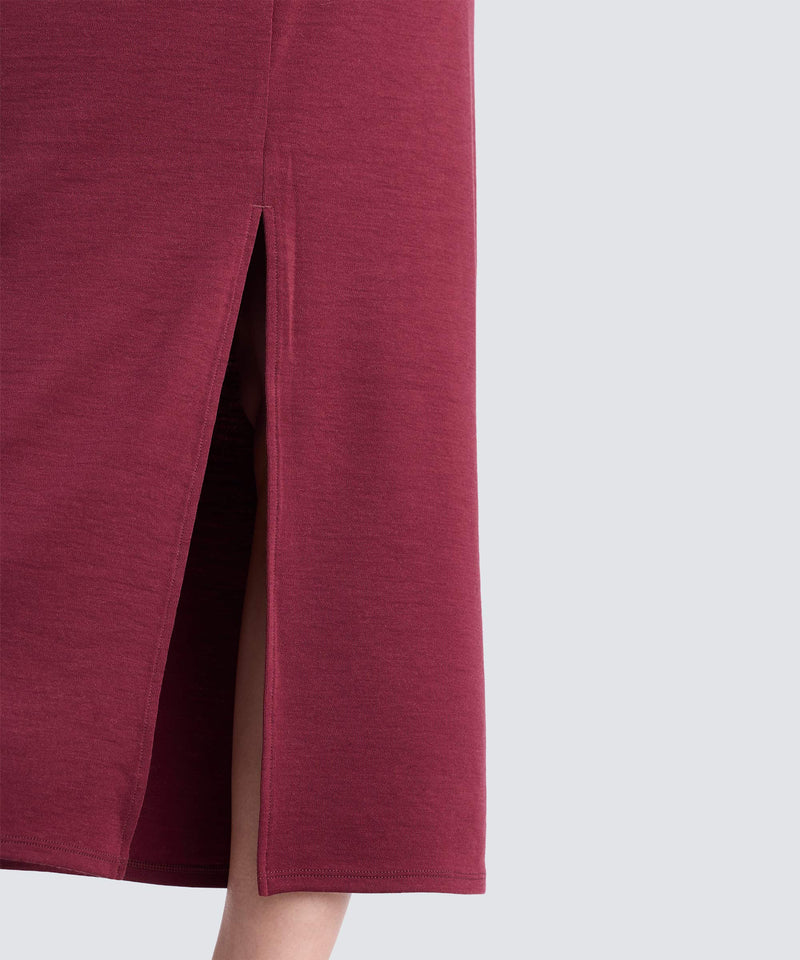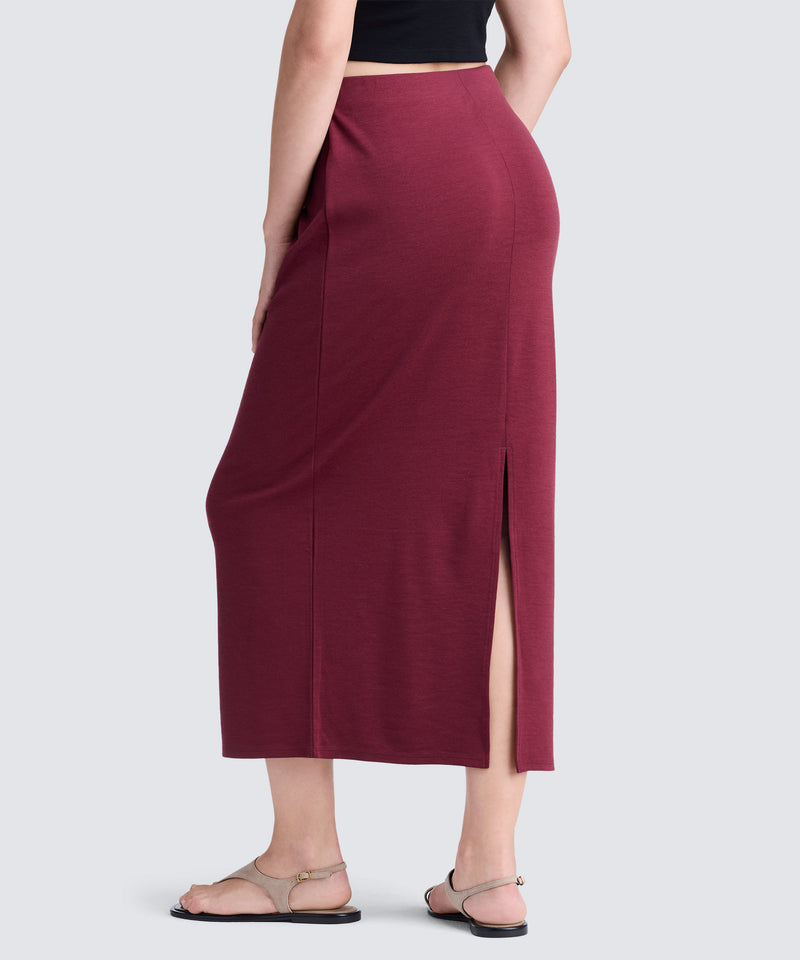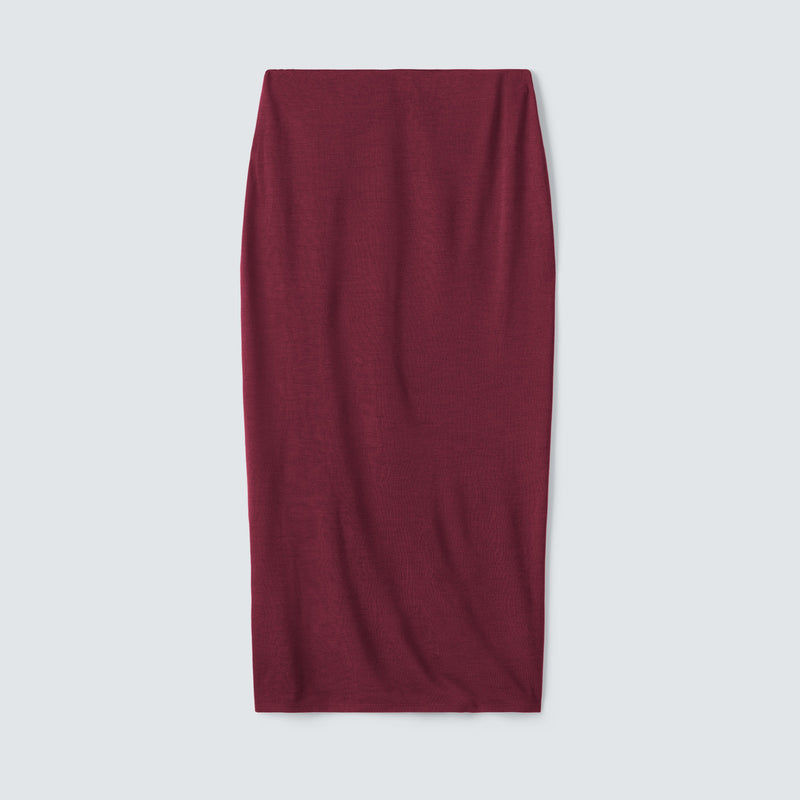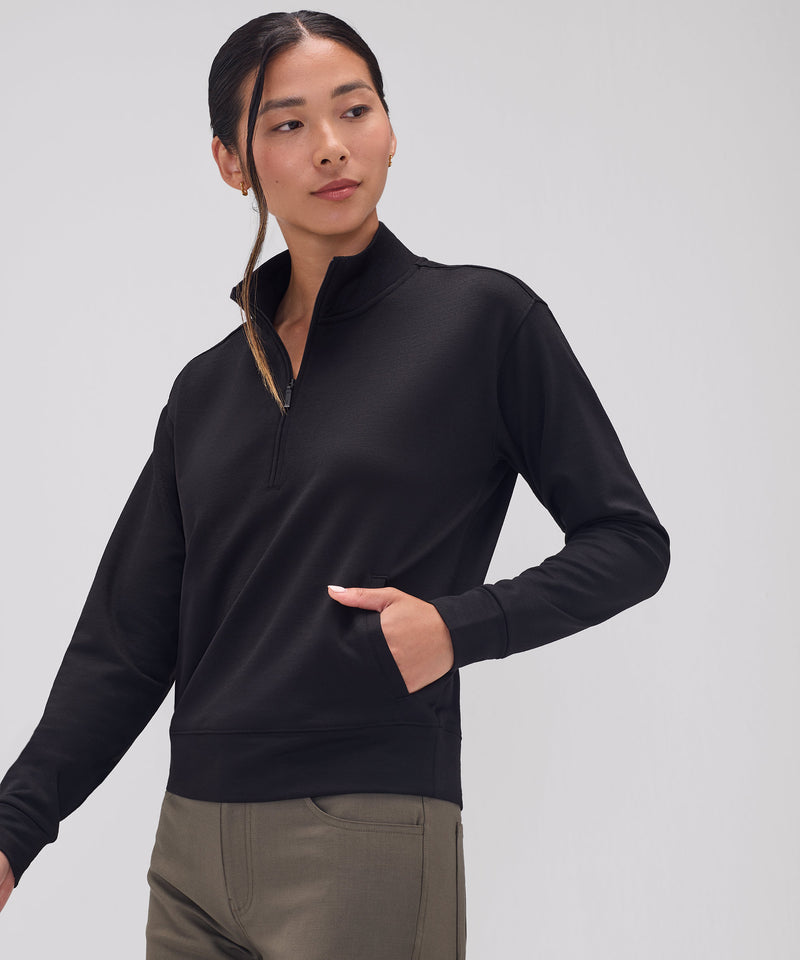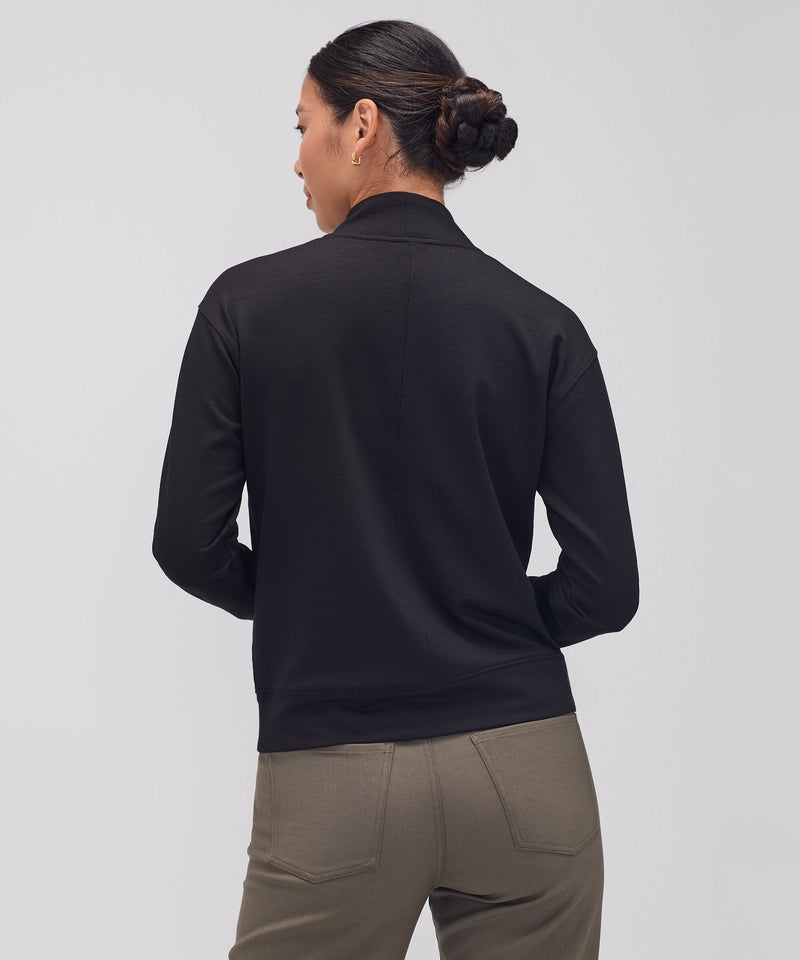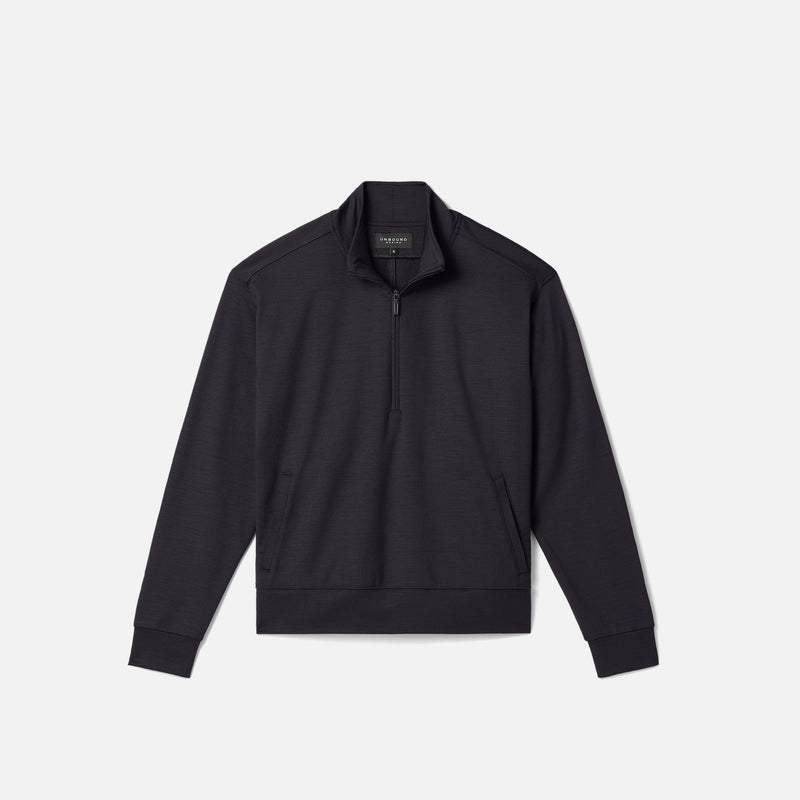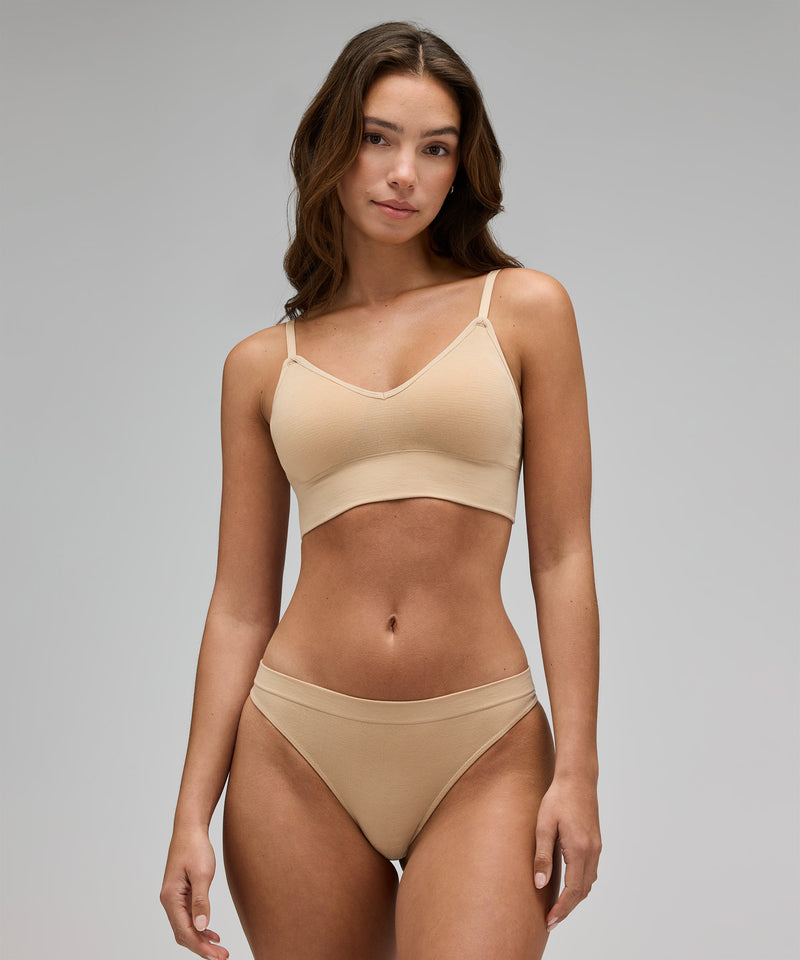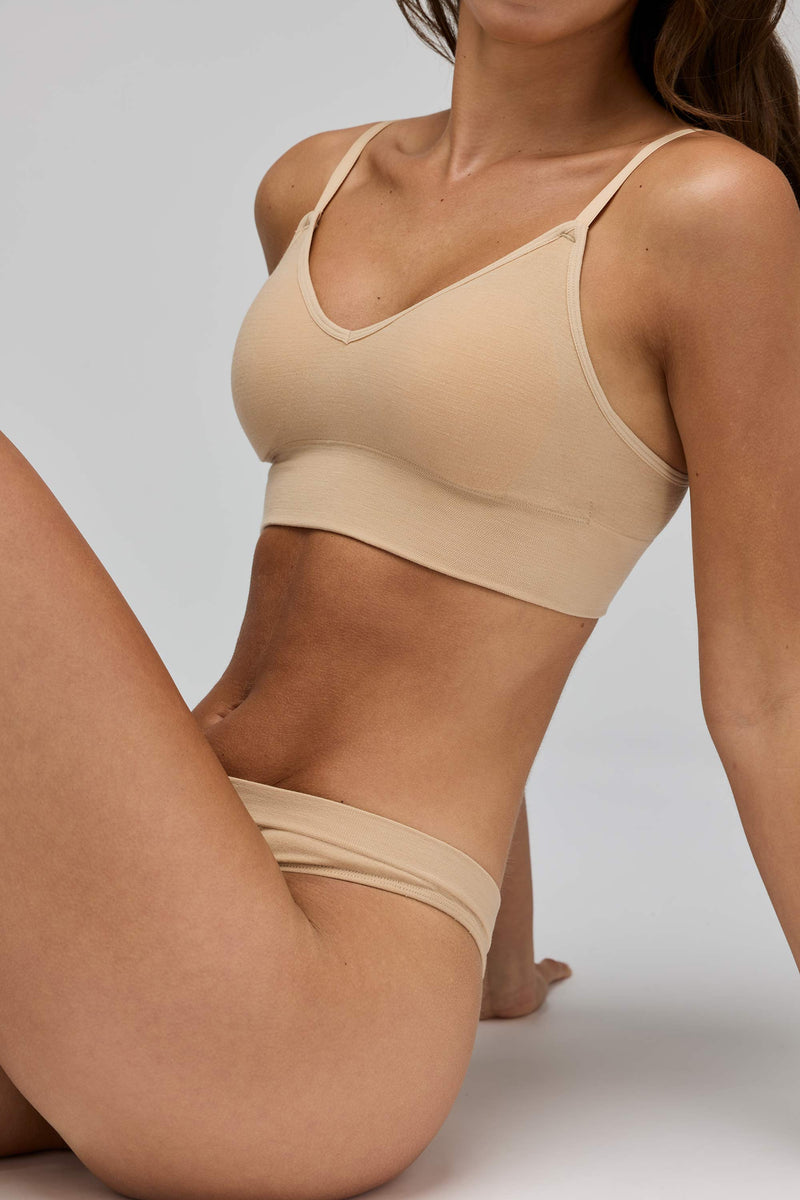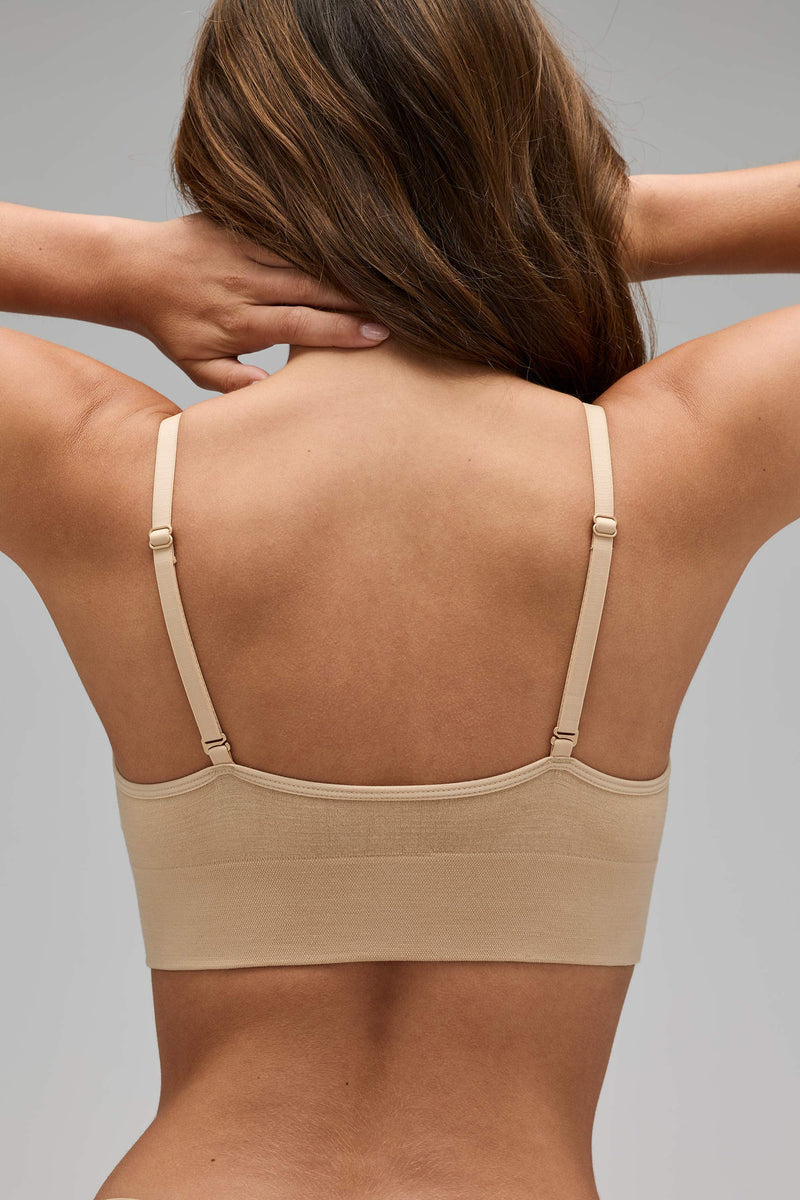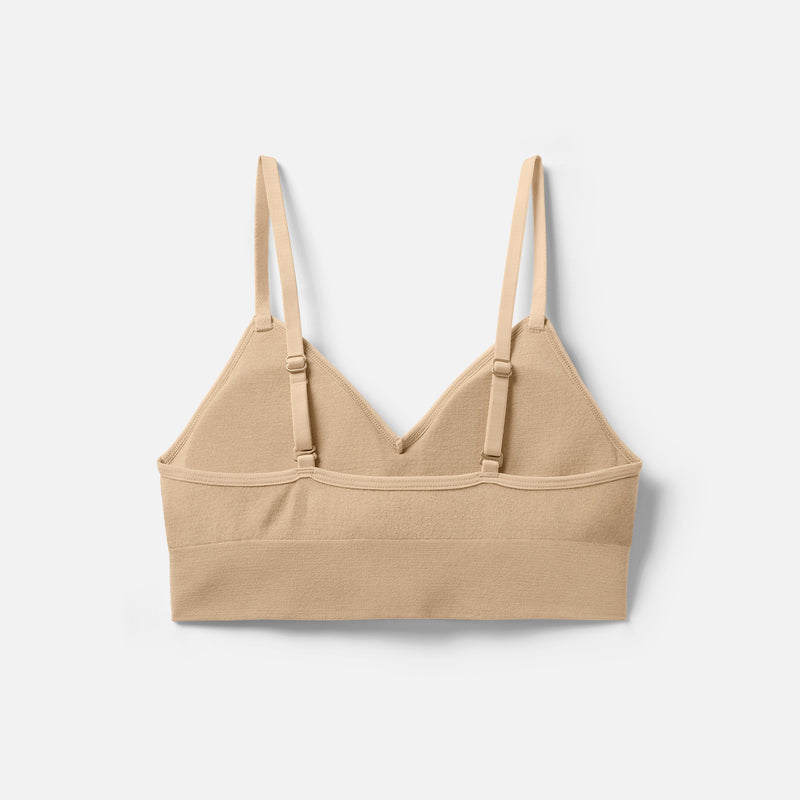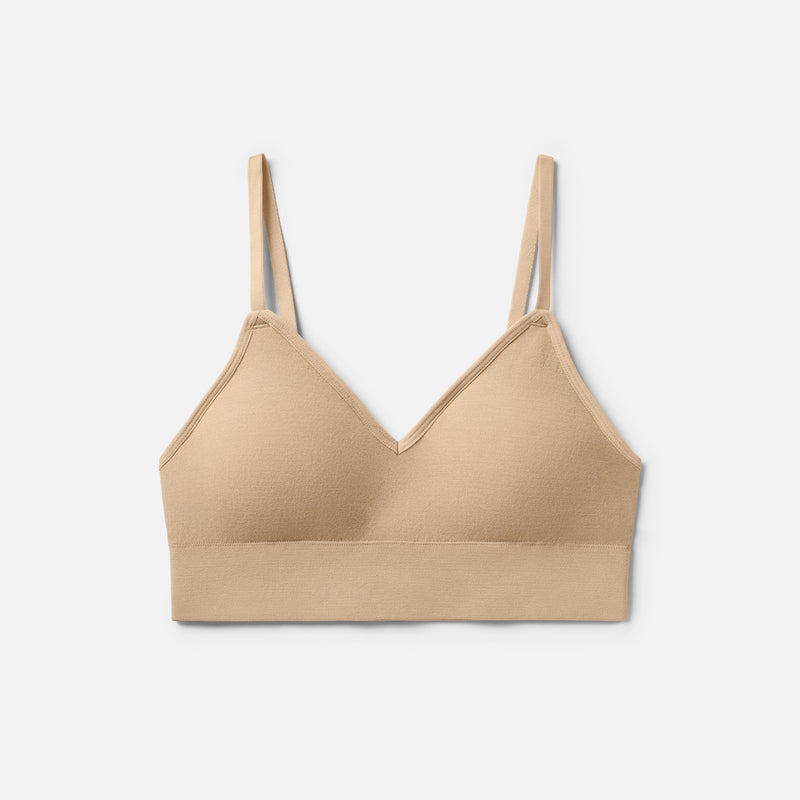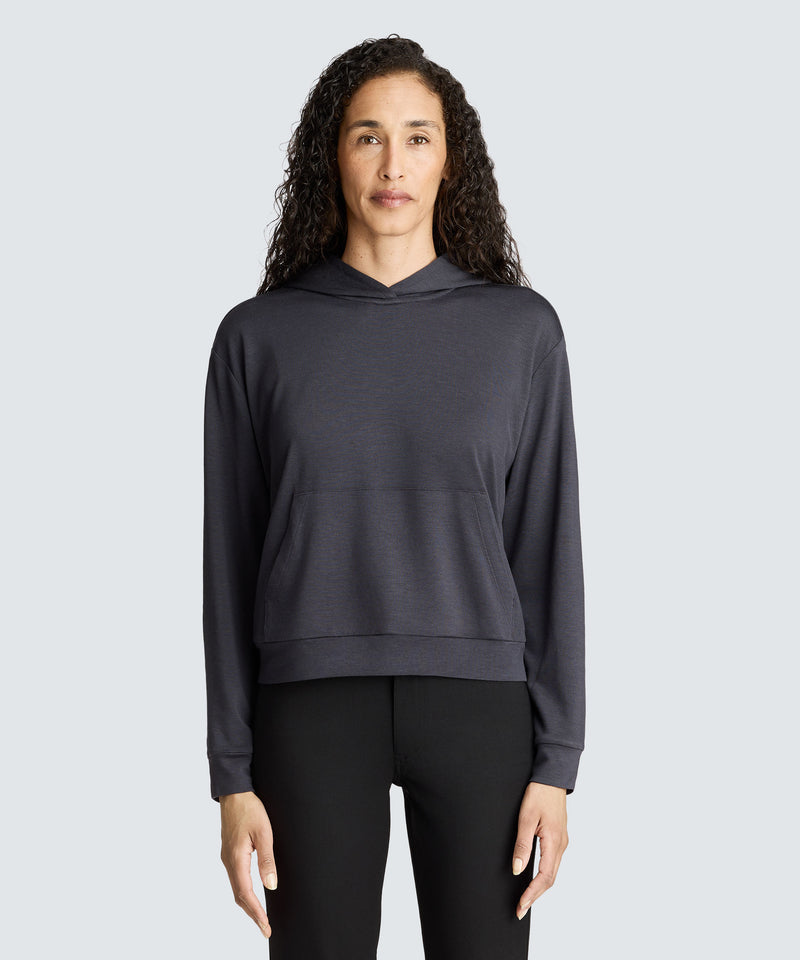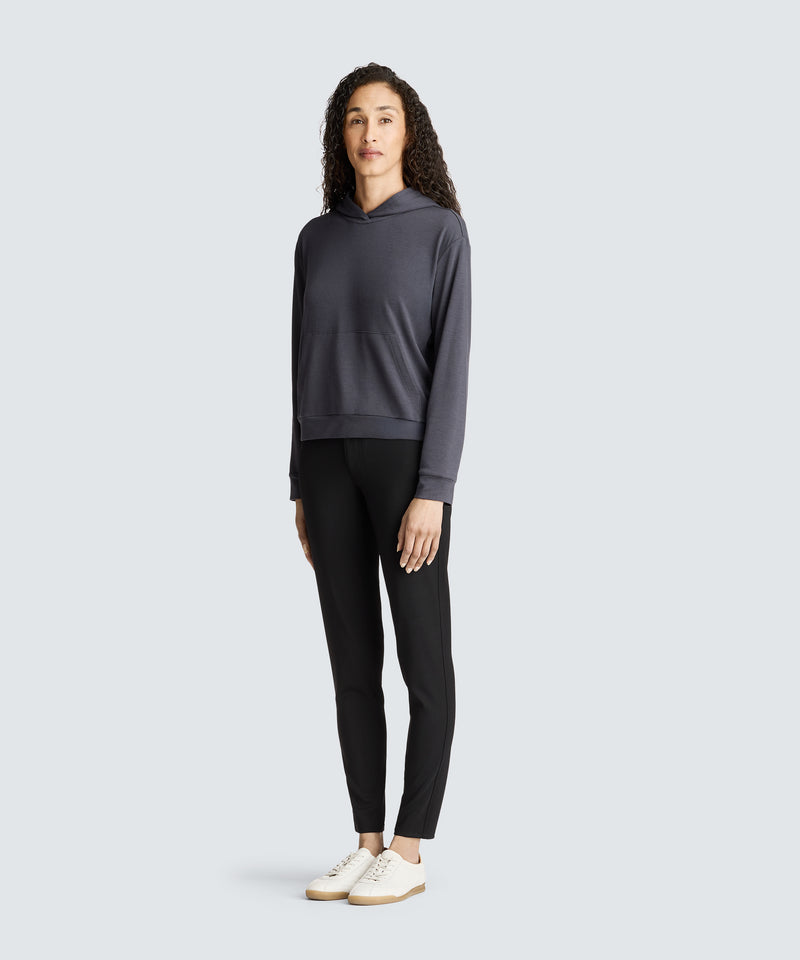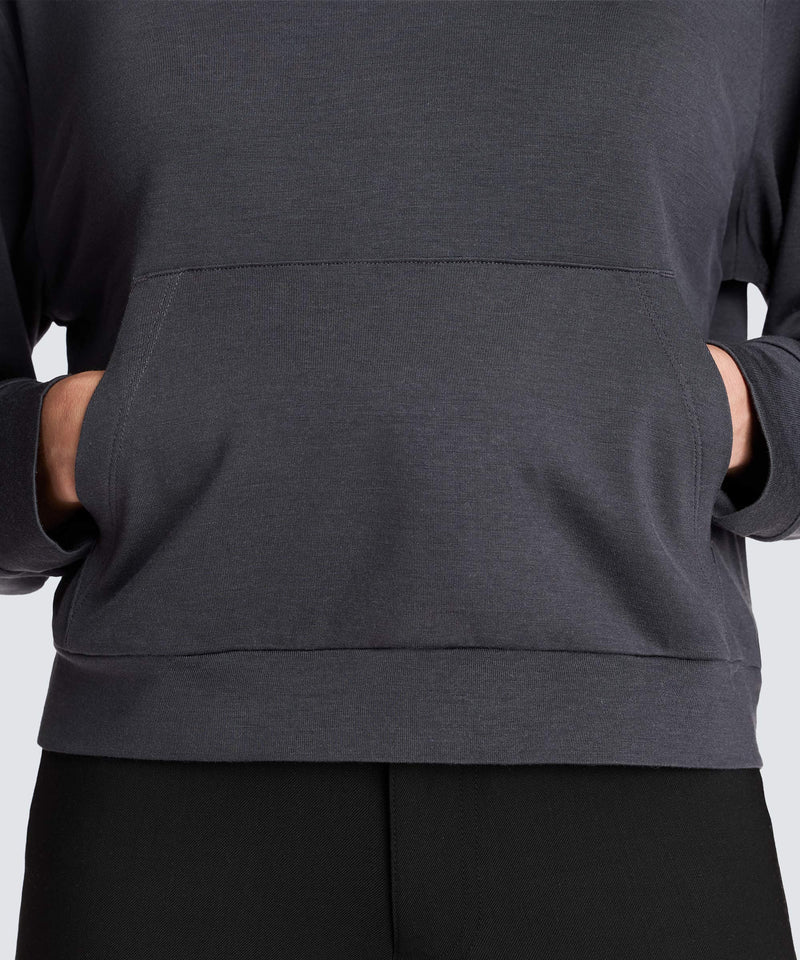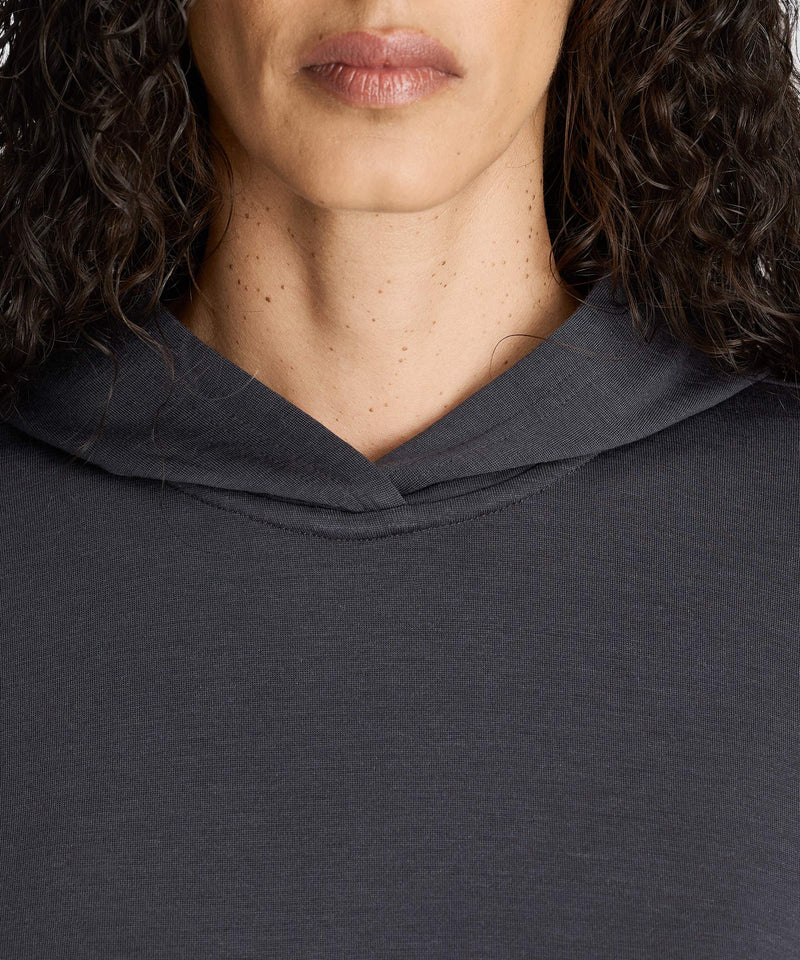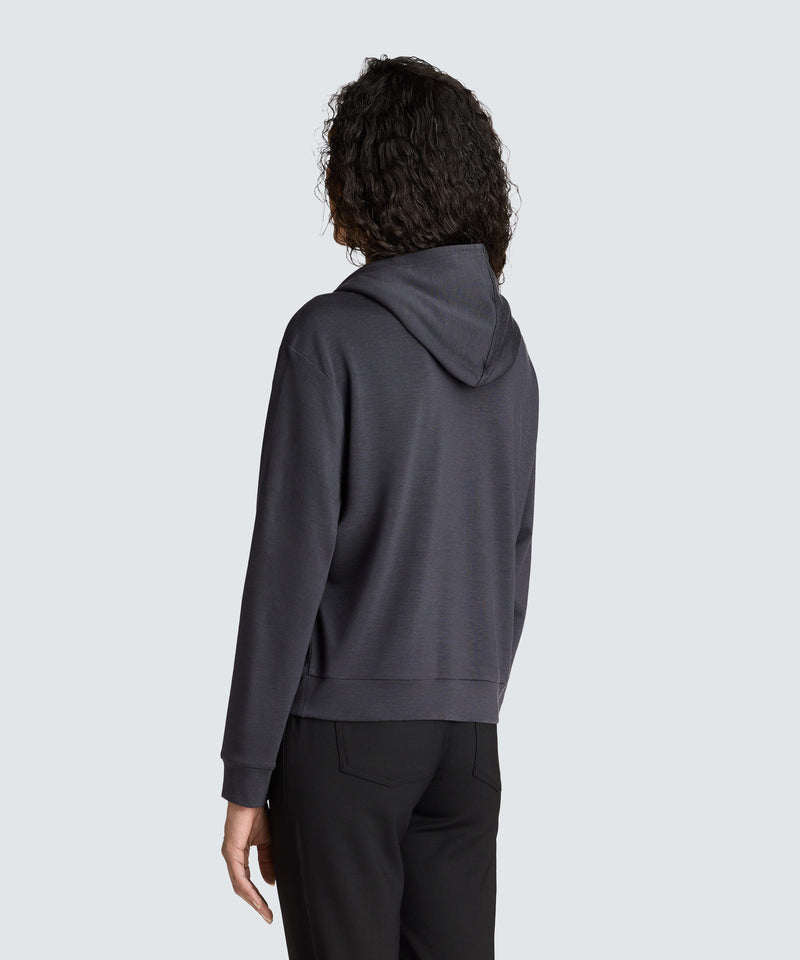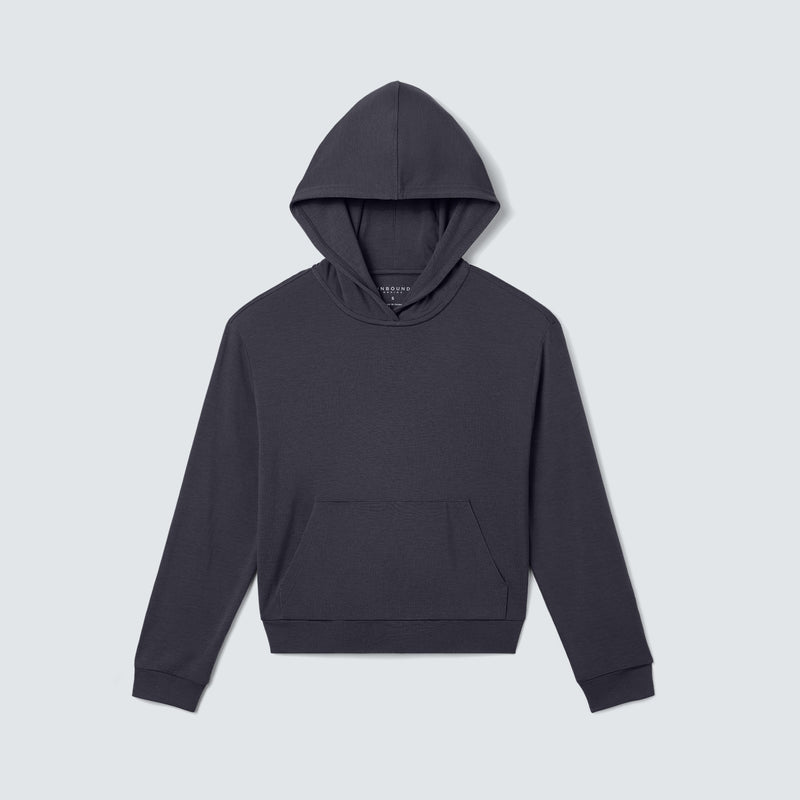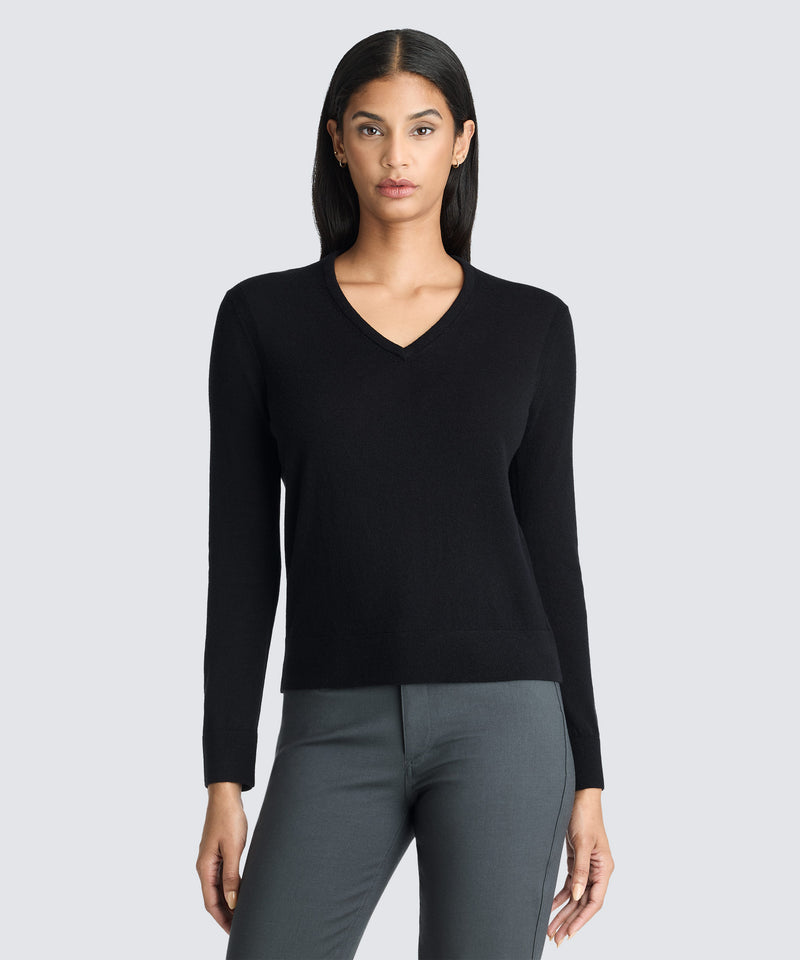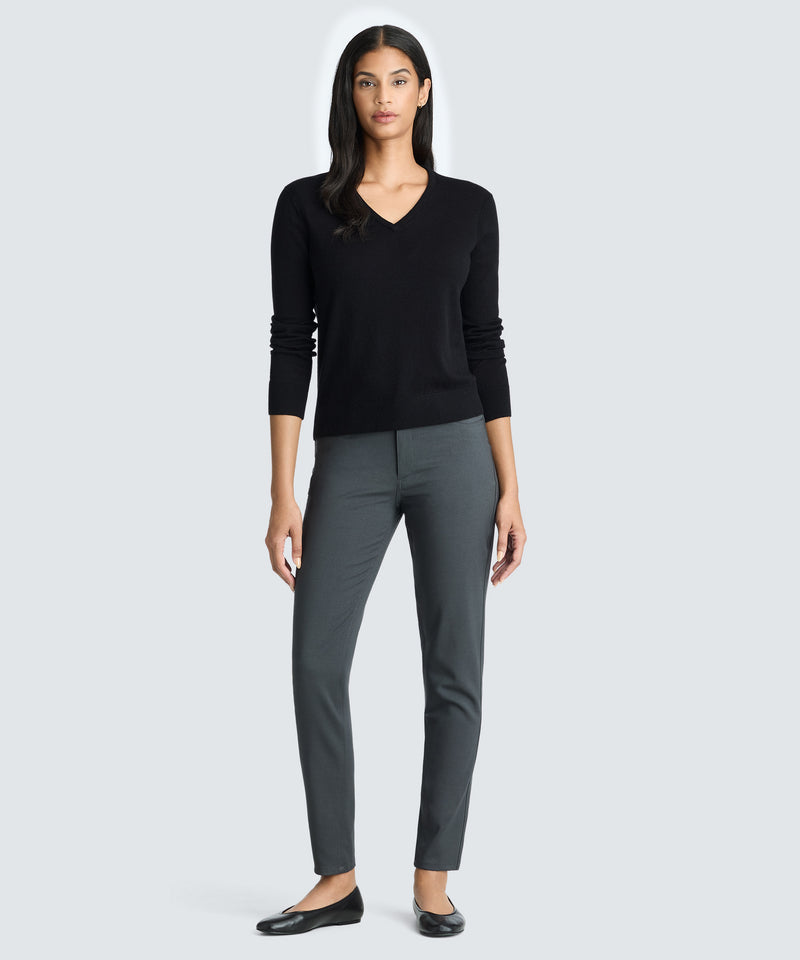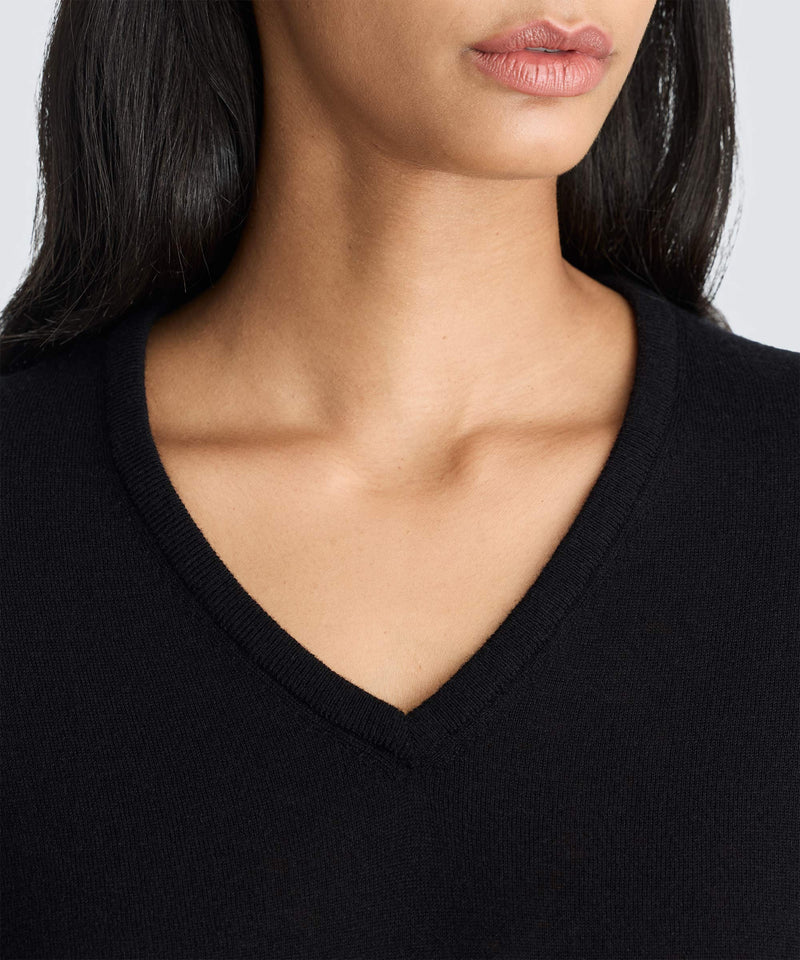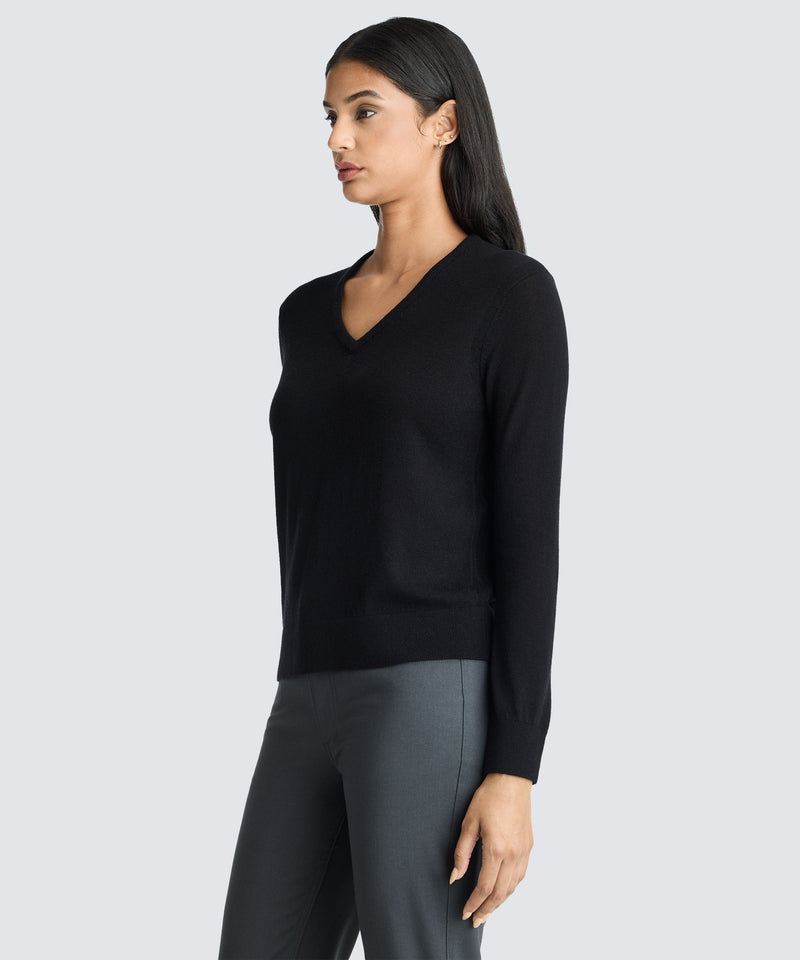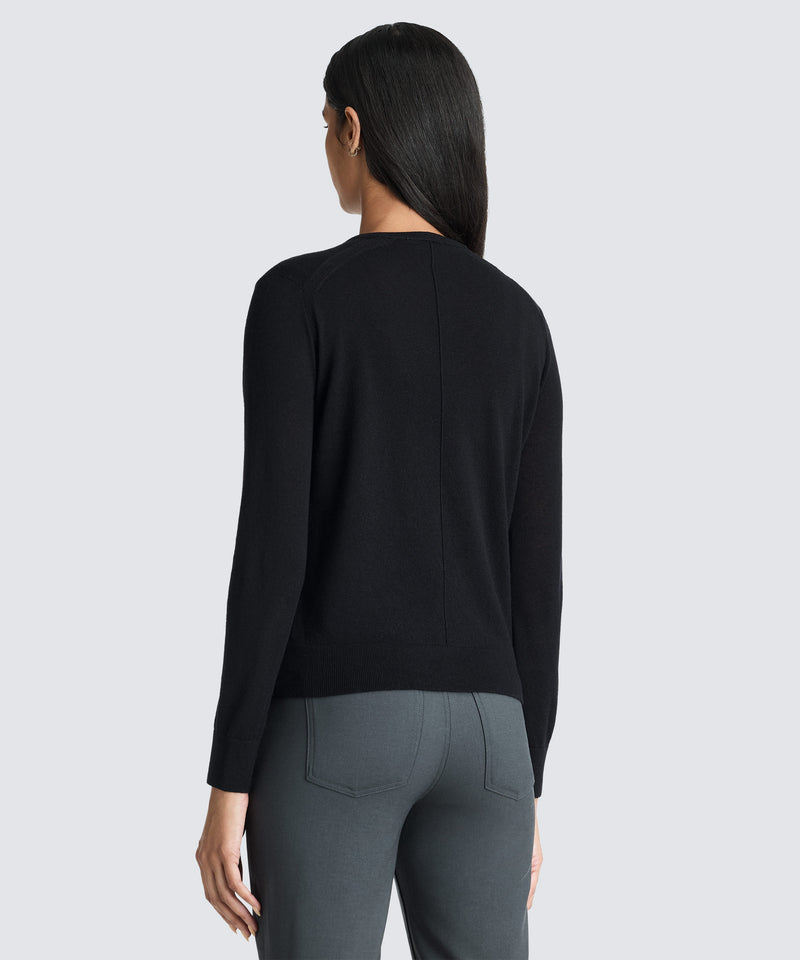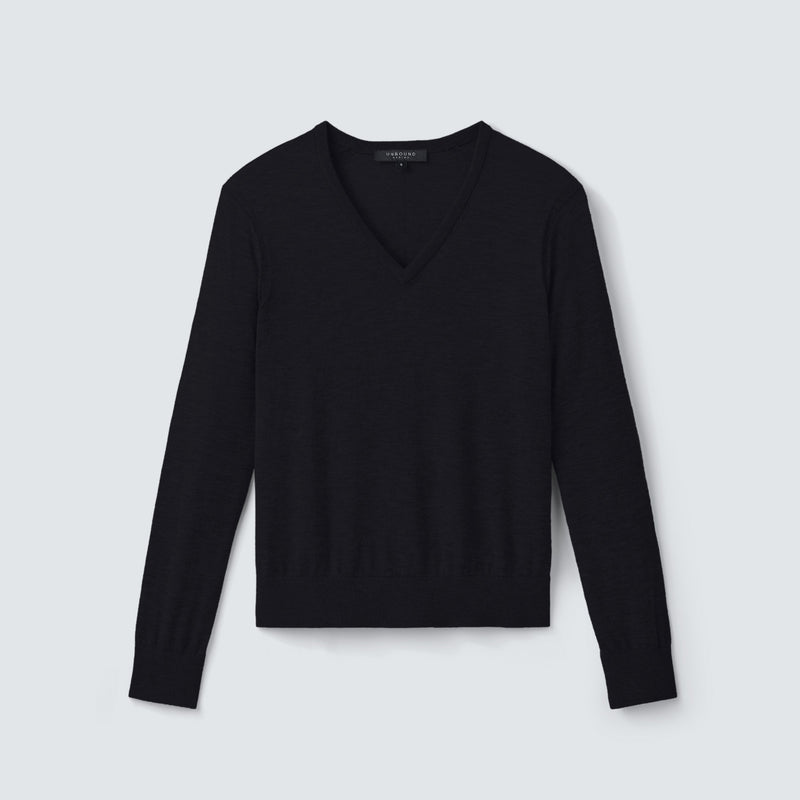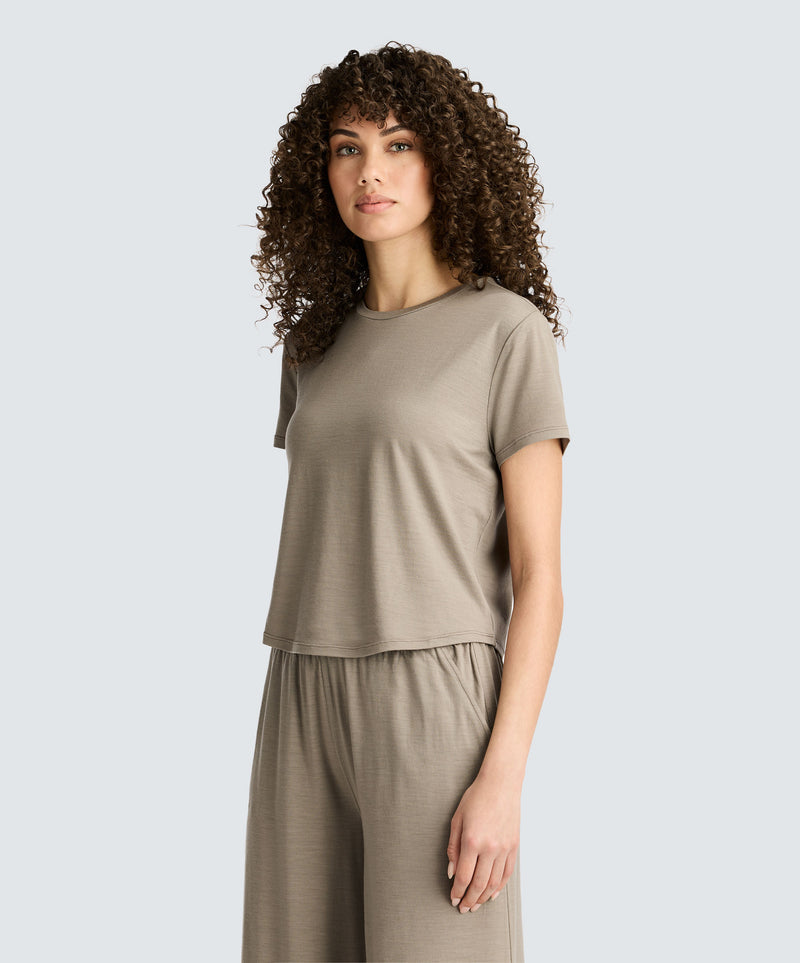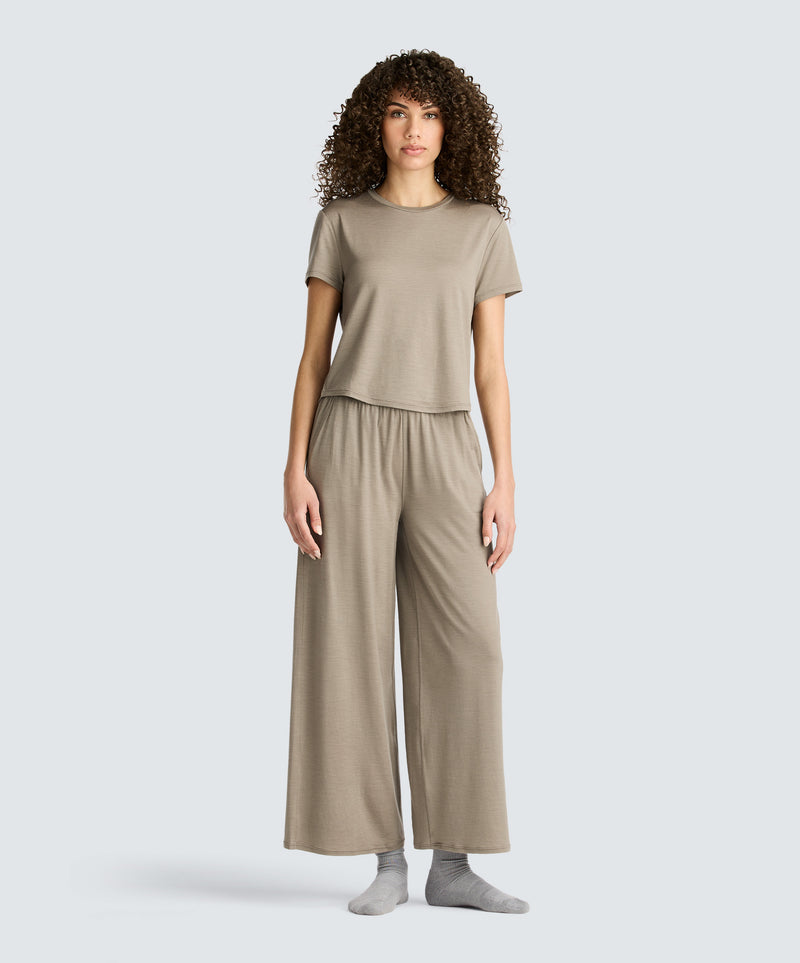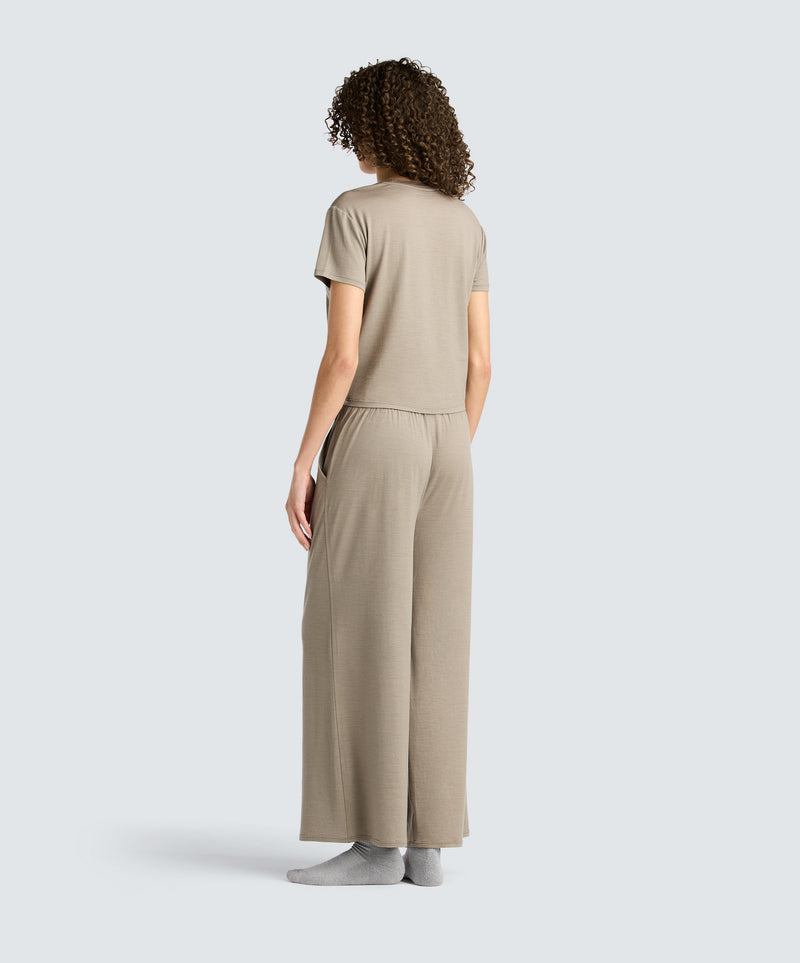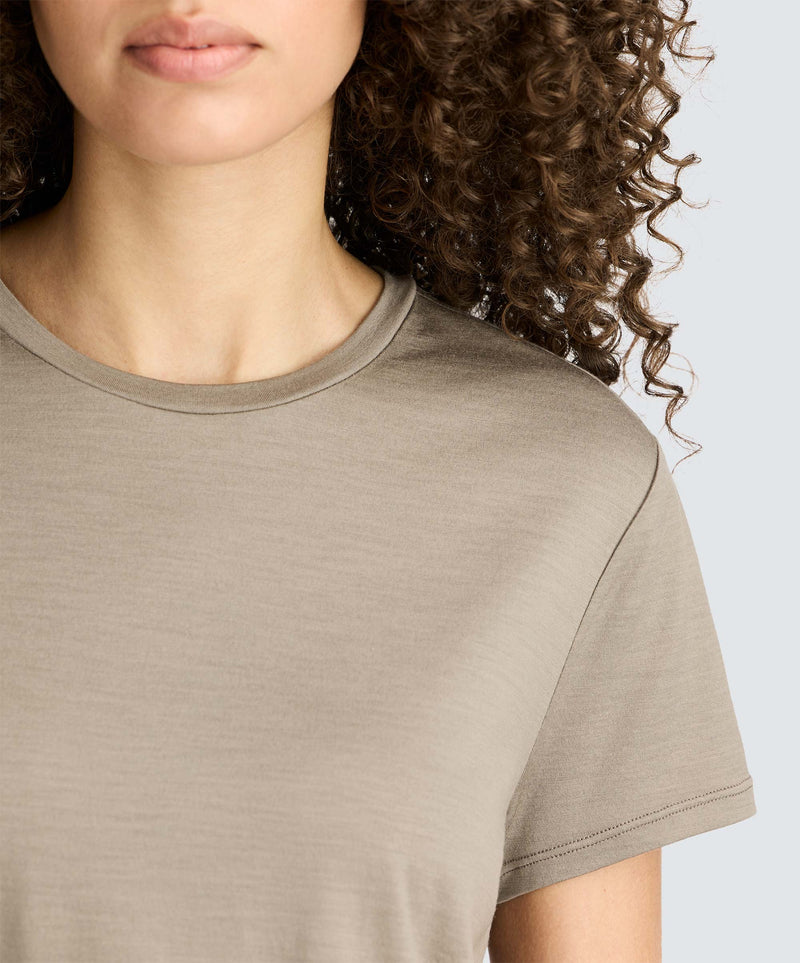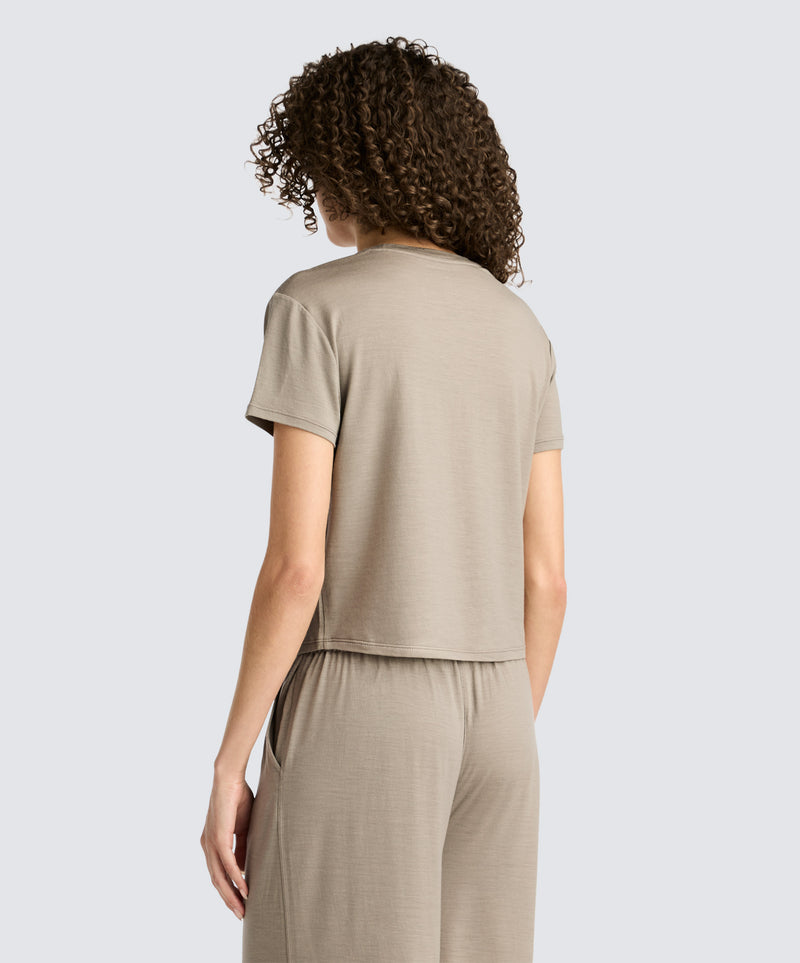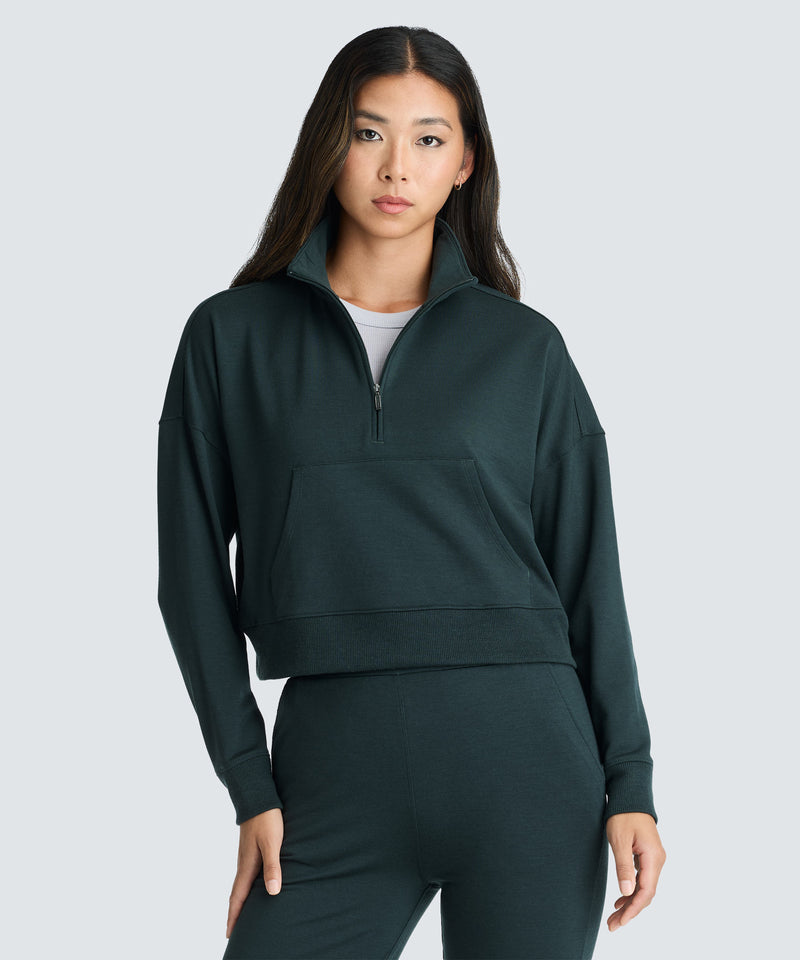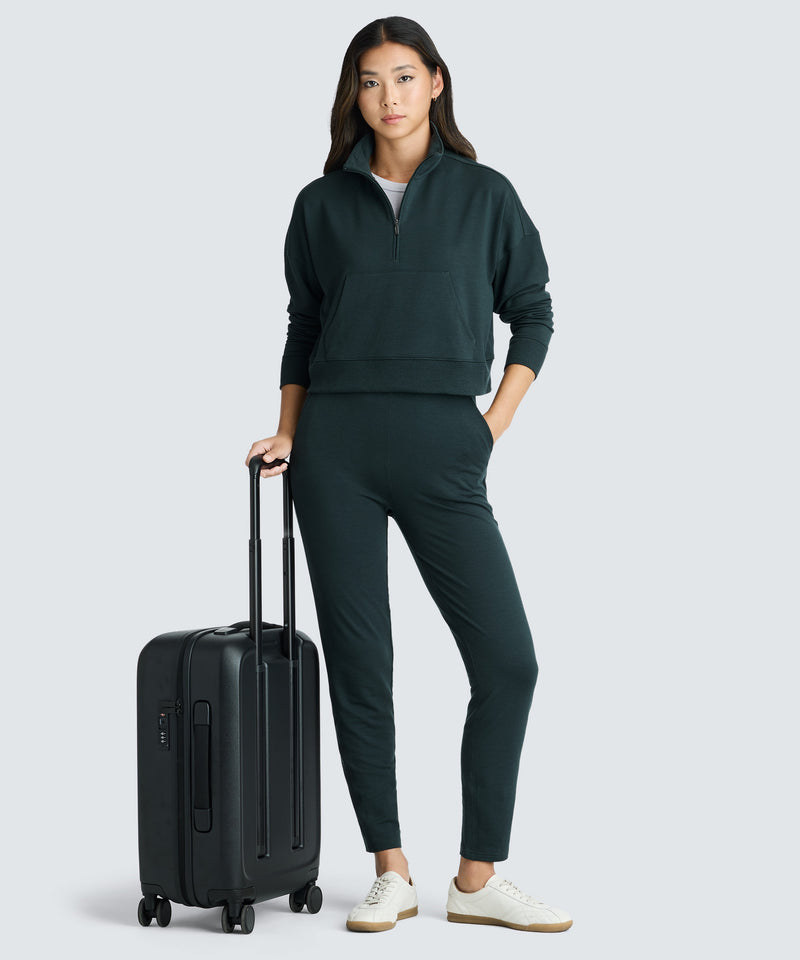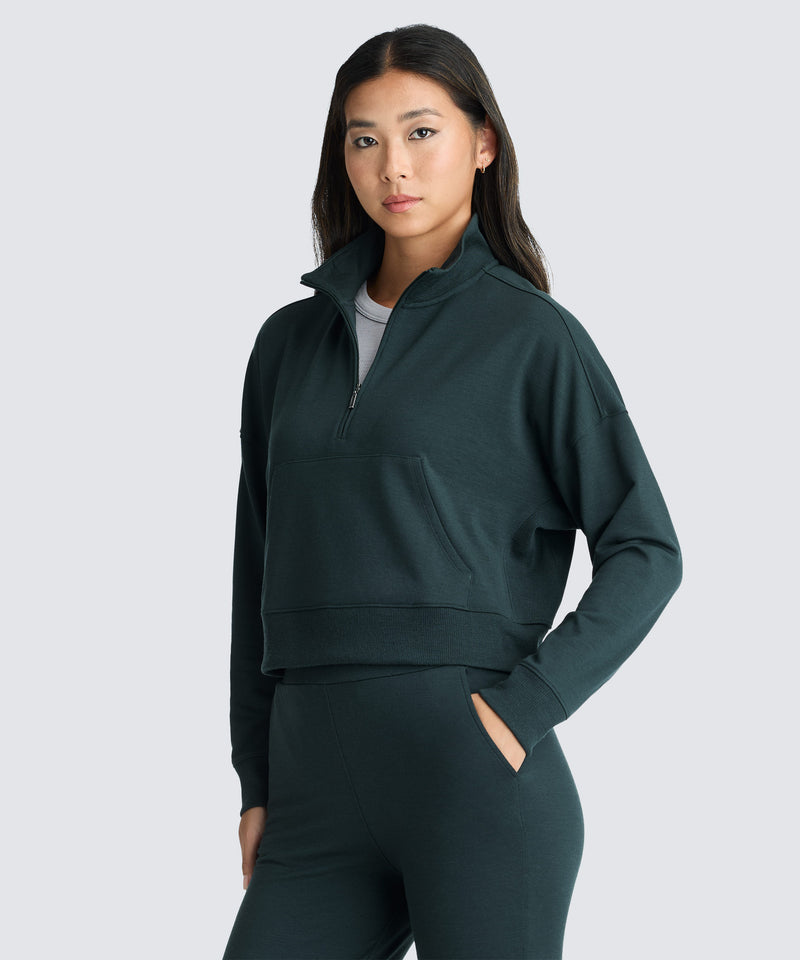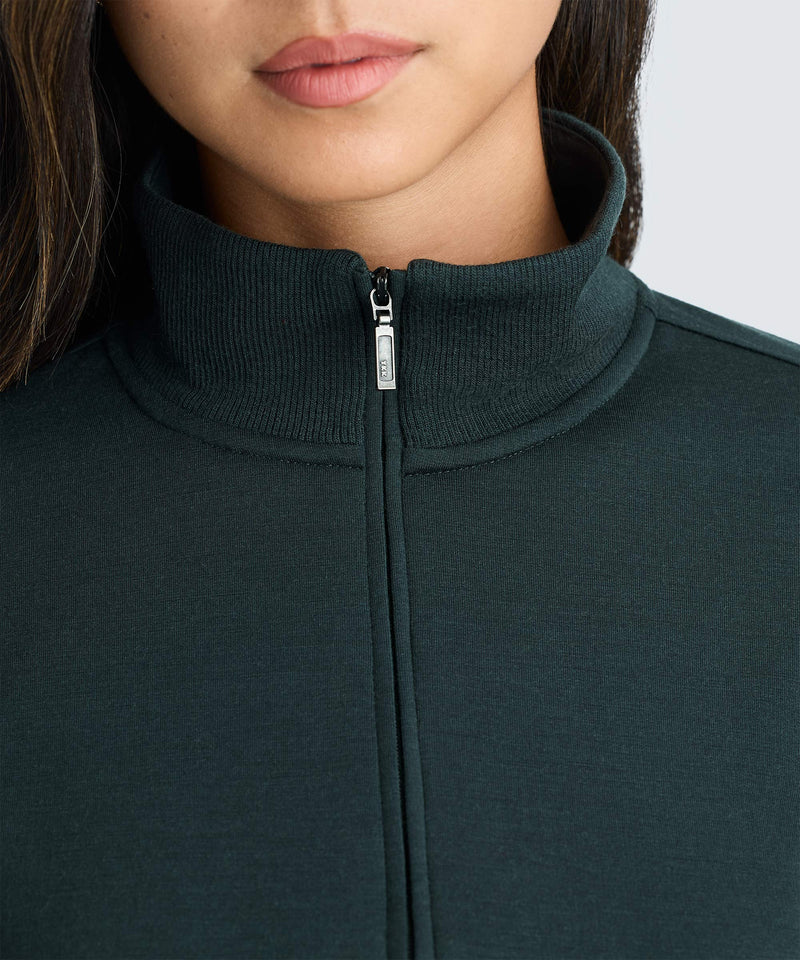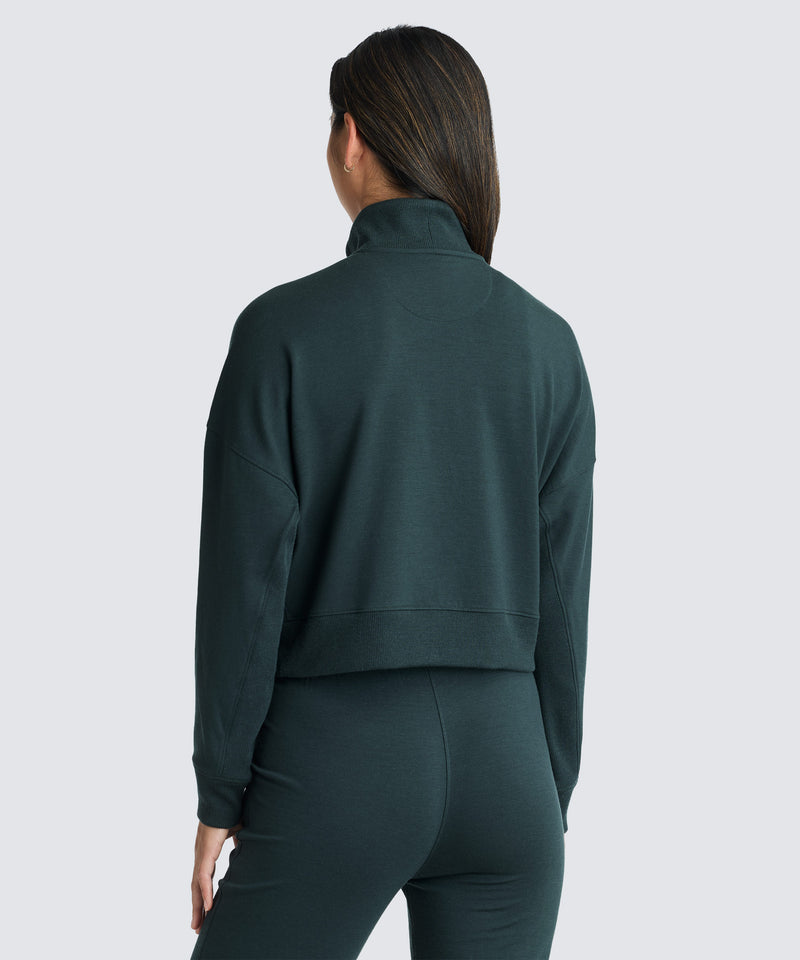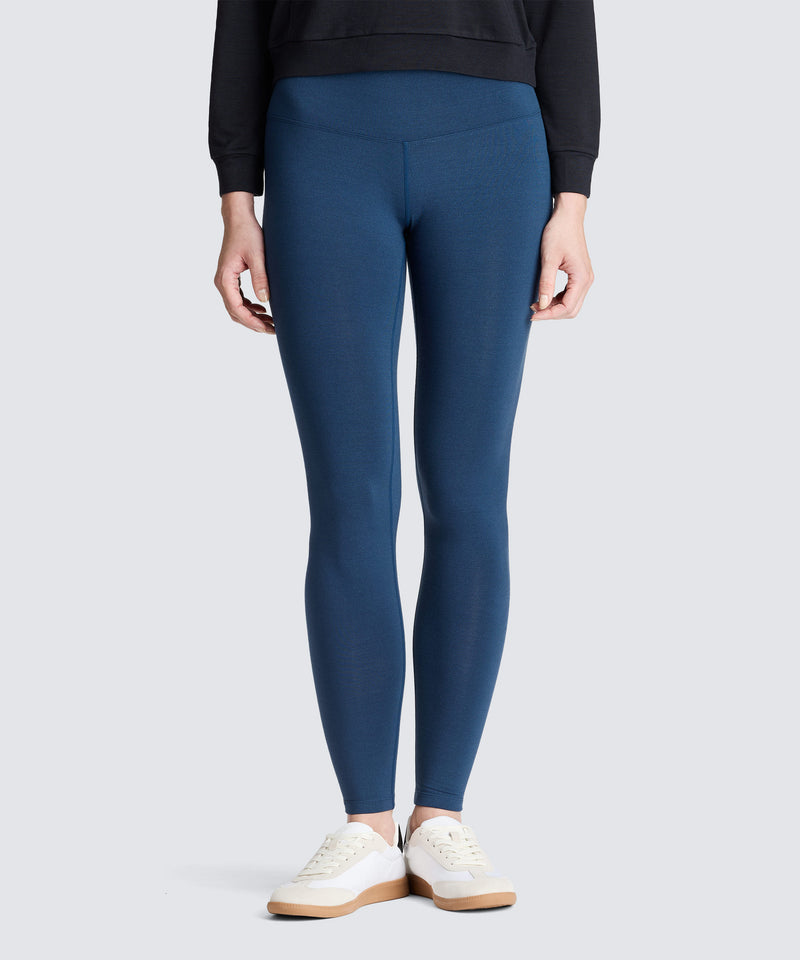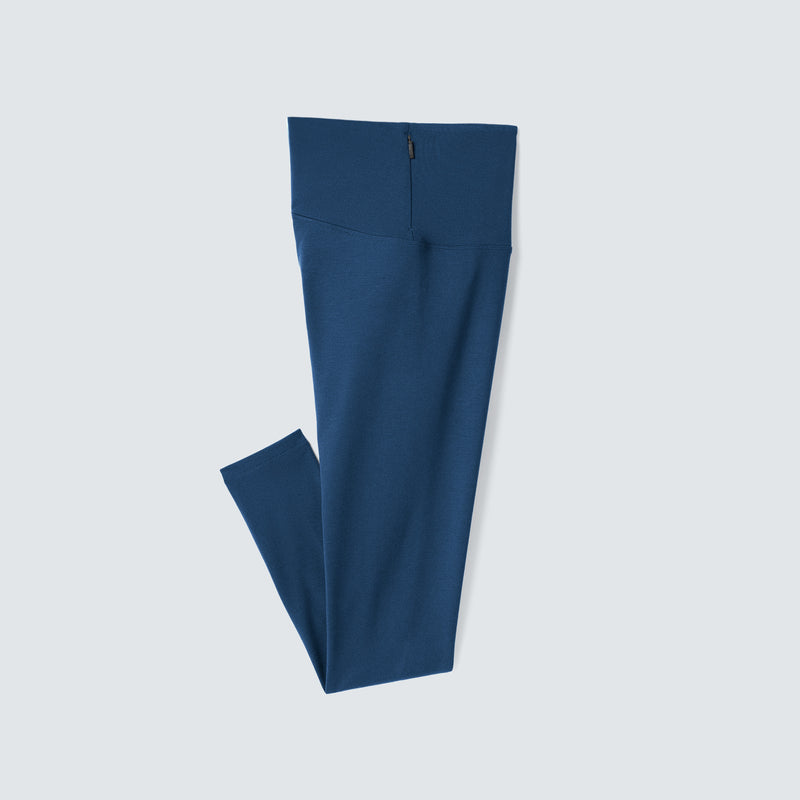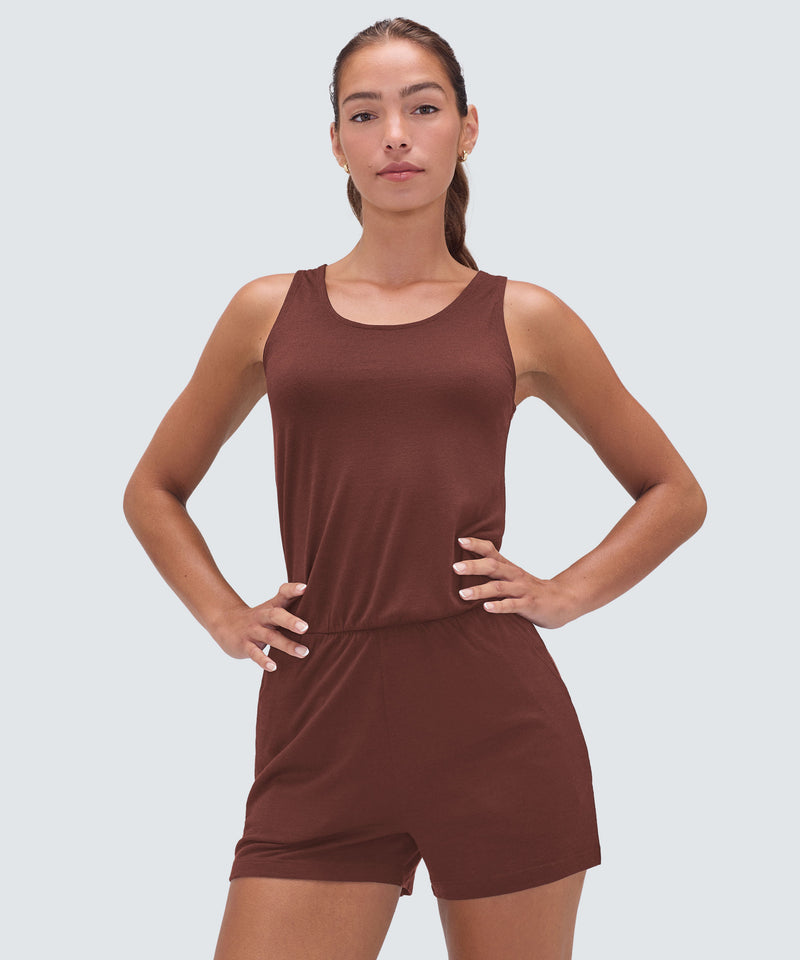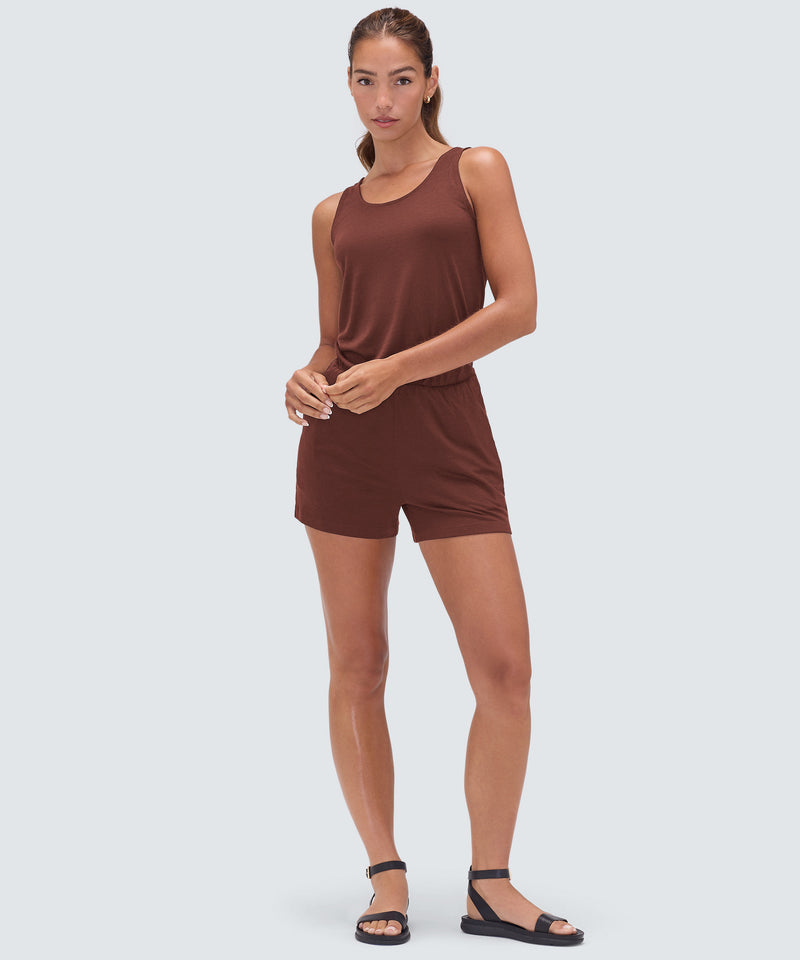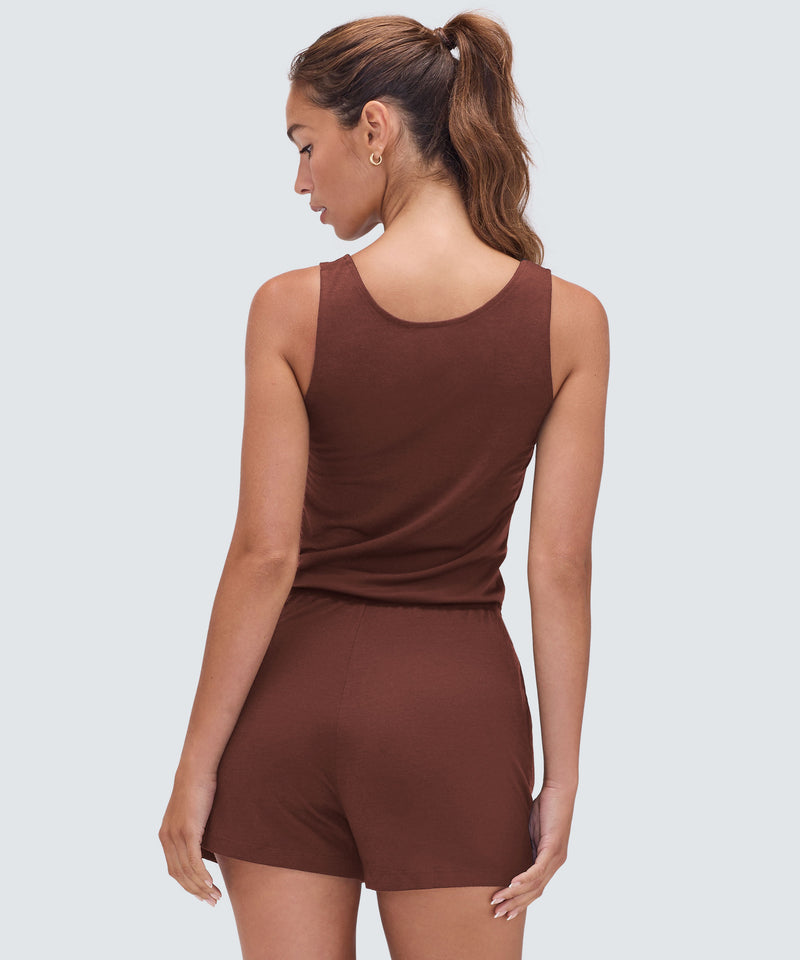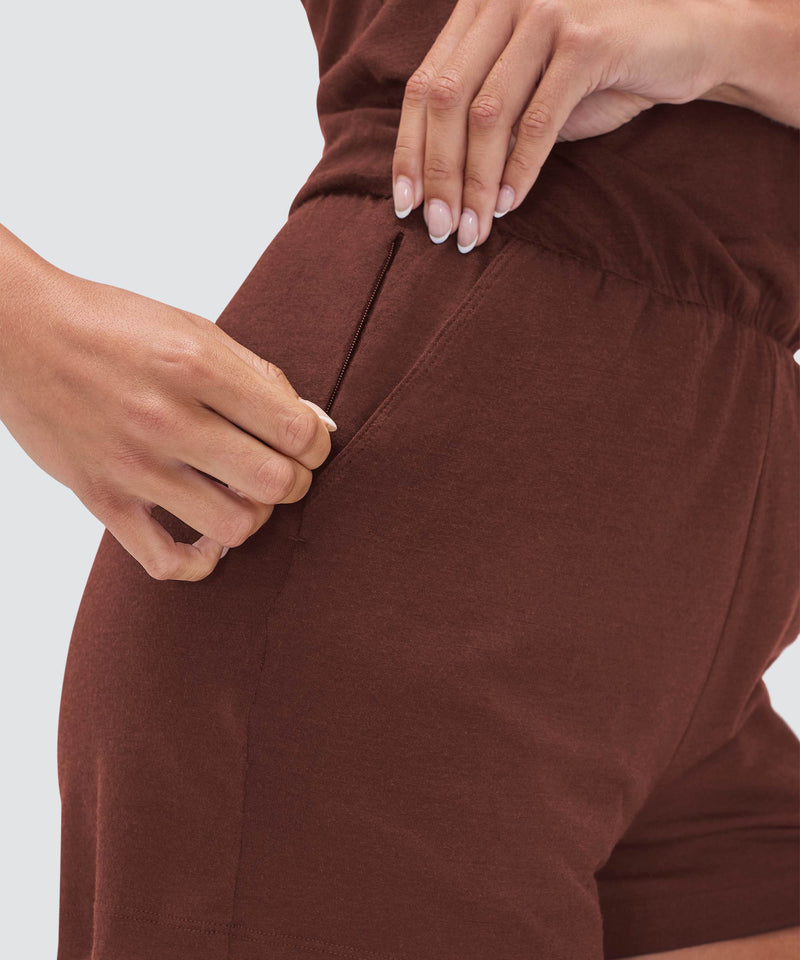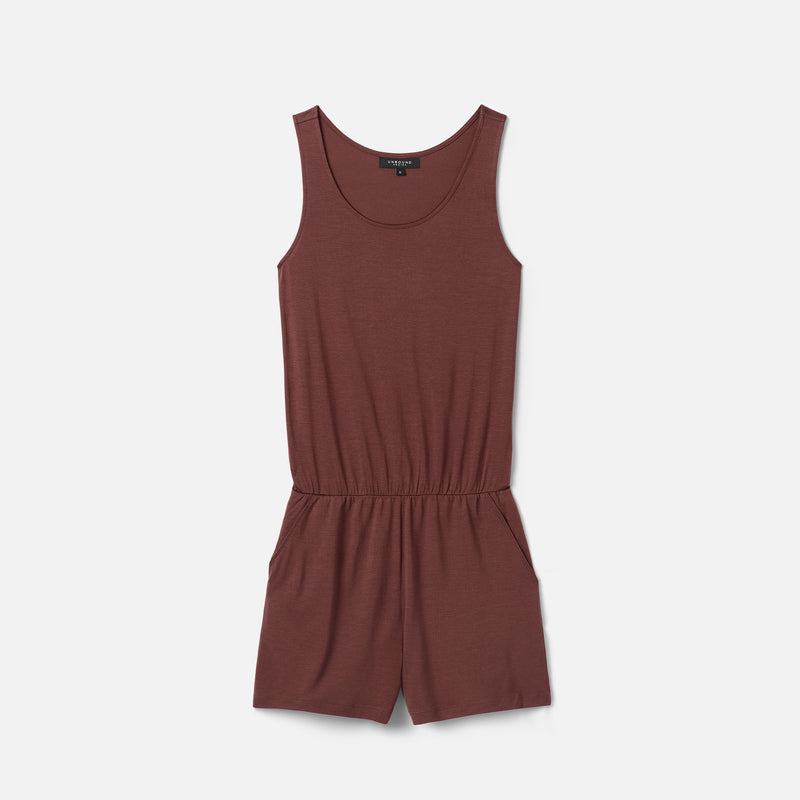Winter
Skiing Paradise: Navigating the Finest Slopes Across the Globe
Updated: March 01, 2024
Skiing is more than just hurling yourself down a near-vertical slope. Yes, that’s a part of it – an important part of it, many would argue. But skiing is also about basking in the crisp air, communing with nature, and settling down to cozy creature comforts at the end of each day.
The best ski resorts we’ve been to balance these experiences like a raft of powder snow on a cedar bough. They’re equal parts exhilarating and serene, taxing and comforting, natural and built-up. If you’re lucky enough to travel abroad for the experience, you can also throw in a cultural element for good measure.
In this article, we’re bundling up in some of our finest items for winter, heading to some of the coldest travel destinations, and navigating the best ski slopes planet earth has to offer. Hop on the gondola and join us.
What to Look for in a Skiing Paradise: Stats and Considerations
Every list is subjective. Long-time readers of the blog know that we like to caveat our travel picks by explaining our methodology. It’s not perfect, and – because we haven’t been everywhere – it necessarily omits some (we’re told) remarkable destinations. But it’s based on some solid criteria. When we think of a skier’s paradise, we consider the following stats and elements:
- Skiable Acres: This is your basic measure of how much slope you can traverse. The higher the skiable acres, the more exploring you can do. High figures also generally equate to more diverse runs, spanning from bunny slopes and blues all the way up to double black diamonds.
- Number of Runs and “Real Vertical”: The number of runs a resort offers is another surefire indication of diversity. It also lets you know that, if you plan to spend considerable time on the hills, you won’t get bored retreading the same runs. Meanwhile, “real vertical” “represents the most vertical distance at a resort”; it’s not a perfect predictor of how fun the terrain is, but it offers some indication.
- Average Annual Snowfall: You can’t have a ski slope without powder. Most world-renowned slopes pass the average annual snowfall (AAS) test with flying colors. But because you can never depend on the weather, it’s wise to check the AAS before committing to a spot.
- Quality of the Resort: You can have an exhilarating collection of terrains. However, if the accommodations are ramshackle, the restaurants middling and the nightlife sleepy, we’re going to dock points. We’re not competition skiers; we go to ski resorts for the total experience.
- Proximity to Other Experiences: Proximity is a cherry on top. If you’re traveling across the ocean to ski, chances are you want to incorporate other experiences. We’ve elected to give preference to locations that have stuff going on around them.
If your favorite ski resort didn’t make the list below, understand that it’s probably a harmless omission. Drop your recommendations in the comments section below to add your two cents to the conversation. Please note that we’re publishing this in the Northern Hemisphere’s winter, so we’re picking spots you can visit now – i.e., no South America. If you want reccos for South America, consider destinations like Cerro Catedral, Portillo and Valle Nevado.
Packing Light: A Merino Base Layer for Your Ski Vacation
We’re a travel clothing company – naturally, we think of clothing when we write a list like this.
If you’re flying out for a ski vacation, packing light can be challenging. We recommend a base layer of our merino wool travel clothes. They’re insulating for those stationary moments spent waiting for a lift. They’re breathable and sweat-wicking for those high-octane runs that raise the body temperature. And, critically, they’re antibacterial, lasting a ridiculously long time between washes. You only need to pack one or two of each base layer item, freeing up space in your bag for middle layers and accessories.
A base layer might include our men's merino wool long sleeves or women's merino crew alongside insulating boxer briefs and socks.
Now, without further ado, let’s get into our top slopes across the globe. We’ve broken our choices down by country/region, allocating a few selections to each.

Credit: wirestock Via Freepik
The US: Aspen, Sun Valley and Smuggler’s Notch
If you live in the US, you don’t have to travel across the globe to find great skiing; there are plenty of world-class slopes within these borders. Colorado, Vermont, Utah, Alaska, New York… the list of ski-friendly states is long.
Choosing three among the plethora of options was a struggle, but we’re going with Aspen, Sun Valley and Smugglers’ Notch.
Aspen Snowmass is your classic, quintessential choice. It boasts 94 runs across 3,362 skiable acres – a massive amount of terrain that would take even die-hard regulars a while to cover. The bulk of those runs are intermediate blues, but you’ve also got some greens for the kids and 30 double black diamonds for the daredevils. Slopes aside, Aspen is a gorgeous resort town flush with restaurants, high-end shops and museums.
Sun Valley (officially Bald Mountain – or “baldy” to regulars) is Idaho’s answer to the world’s best ski hills. Its 75 runs and 2,054 skiable acres don’t quite match Aspen’s. However, a) it’s more than enough to keep you busy, and b) those stats don’t tell you how fun the terrain is here. For that, you can turn to any number of "best of” lists, where Sun Valley routinely ranks among the top in North America. The dining is good in Sun Valley (yes, there are lots of potatoes), and the nightlife is surprisingly buzzy.
Finally, we’ve got Smugglers’ Notch, about an hour’s drive from Vermont’s biggest city, Burlington. The resort marries old East Coast charm with some seriously exhilarating skiing. The slope features the only triple black diamond trail in the East (aptly named The Black Hole) alongside a bevy of beginner, intermediate and advanced runs.
Canada: Whistler, Big White and Mont Tremblant
Of course the Great White North has amazing skiing; a country known for its snowy winters would serve up nothing less. While the central provinces are low-lying flatlands, the eastern and western portions of Canada (notably Quebec and British Columbia) boast amazing mountain ranges.
We’ve chosen two BC ski resorts, Whistler and Big White. And we’re rounding out the trio with Quebec’s pride and joy, Mont Tremblant.
Whistler Blackcomb was a no-brainer. Not only is this the best ski hill in Canada, but it’s in the conversation for best ski hills in the world. Its 200 runs across 4,757 skiable acres are enough to keep even the most ardent skiers busy for a season. The hills are ridiculously well-serviced and maintained, and nature (usually) blesses the area with abundant powder snow. The town itself is an alpine wonderland of bars, restaurants and shops, beefed up from the 2010 Olympics. And the whole experience is just a short drive from Vancouver, a beautiful city in its own right. Like we said: no brainer.
Big White may forever live in the shadow of Whistler Blackcomb. But in any other context, this is a terrific ski resort. Its 119 runs over 2,765 acres reveals a densely packed network of terrain. The town is lovely (if a bit sleepy), and it's a short drive from the city of Kelowna, the heart of BC's wine country. If you want pristine BC skiing without the Whistler crowds, this is your spot.
Finally, we travel across the country to Quebec, where Mont Tremblant reins supreme. It features a tightly packed network of 102 runs spread out over just 755 skiable acres. The skiing here is fun, but the real draw is the total experience. Mont Tremblant is the closest thing to an old-world French ski resort you’ll find in North America, complete with cozy apres-ski chalets dishing out fine French fare. It’s bitingly cold in the winter, so pack that merino wool beanie (or, as the Canadians say, toque).
Japan: Hakuba, Niseko and Kogen
If you’re planning a visit to Japan in the winter, consider tacking on a week to hit the slopes. The country houses some naturally stunning mountains, impeccably maintained and serviced by world-class resort operators. Just be sure to brush up on our guide to packing light for winter travel, since flying across the Pacific with loads of winter gear can be challenging.
There's much to choose from, but we're going with Hakuba, Kogen and Niseko. The first two are on the main island of Honshu, nestled in the "Japanese Alps." The third belongs to the northern island of Hokkaido.
Hakuba, near Nagano, was the prime site for the 1998 winter Olympics. It’s easy to see why. Its broad collection of various resorts appeals to beginners and experts alike. The village contains over 200 restaurants and bars. And, yes, you can even book a snow monkey tour to see the infamous simians in their natural setting. Because of Japan’s lightning-fast Shinkansen trains, getting to Hakuba from central Tokyo takes under two hours.
Next is Shiga-Kogen, the largest ski resort in Japan (it also hosted some Nagano Olympic events). Carved inside a UNESCO Man and Biosphere Reserve, Kogen features 70 lifts spread out over 50 square miles of pristine Northern Japanese landscape. The village offers plenty of Western-style accommodation, but we recommend opting for washitsu – traditional Japanese tatami rooms that often come with exquisitely catered meals and private outdoor hot spring baths.
Finally, if you find yourself in Sapporo or elsewhere in Hokkaido, pay a visit to Niseko. It routinely tops lists of the best ski hills in Japan, not because of its size necessarily but because of how fun the slopes are. The village itself is also hopping, containing some of the best apres-ski nightlife in Japan. And it’s probably the most tourist-friendly of Japan’s resorts – with English spoken and written widely in the area.

Credit: EyeEm Via Freepik
Alpine Europe: Zermatt, Kitzbühel and Cortina d'Ampezzo
There’s something so alluring about the old-world approach to ski resorts. Everything’s ritzy. North American resorts are often flush with young, “gnar” “rippers and shredders” (nothing wrong with them!) and fairly modern amenities. European resorts, by contrast, keep things a little classier: the lodgings are stately and grand; the cuisine is reliably fancy; the people tend to approach the slopes and bars less with a death wish and more with a wish to relax on a luxury vacation.
We could write an entire article just about Switzerland and its centuries-old institutions. Instead, we’re giving just one spot to the Swiss (sorry, St. Moritz). The other two go to Austria and Italy, respectively, for resorts in their portion of the Alps.
Zermatt is the postcard ideal of a ski resort town. Overlooked by the mighty Matterhorn Mountain, the town is idyllic and time-worn (in a good way). The accommodations call to mind a Wes Anderson movie. And the skiing is unsurprisingly excellent, featuring one of the longest runs (15 miles down the Matterhorn) you'll find anywhere. With a ski destination this classy, pack sophisticated travel wear like our quarter zip sweater and button-down merino shirt for those apres-ski cocktails.
Kitzbühel is the Austrian equivalent, tucked in the Tyrolian Alps about an hour’s drive from the city of Innsbruck. Home to the Hahnenkamm Races – probably the most prestigious downhill race in the world – Kitzbühel features 56 well-groomed and highly technical runs. When you’re done carving up the slopes for the day, Kitzbühel treats you to some good old-fashioned Austrian hospitality: mulled wine, schnitzel, roaring fires and more baked goods than a person needs.
We’re giving our last spot to Cortina d'Ampezzo in the Italian Dolomites. We mentioned above that “proximity to other experiences” was a deciding factor in our list-making, and Cortina d'Ampezzo has experiences in spades. The town is a stone’s throw from tourist mainstays like Venice and Verona, and off-the-beaten track gems like Bolzano and Udine. That’s saying nothing of Cortina d'Ampezzo itself, an Alpine town with a distinctly Italian flair and several natural wonders at its doorstep. If you want a peek at what the skiing looks like, this video takes you on a few runs.
It goes without saying that each of these destinations has several ski, snowboard and equipment rental places so you won’t have to worry about packing oversized or excess luggage. Just pack your typical collection of high-performance merino clothing and wear your heavier clothing on the plane.



